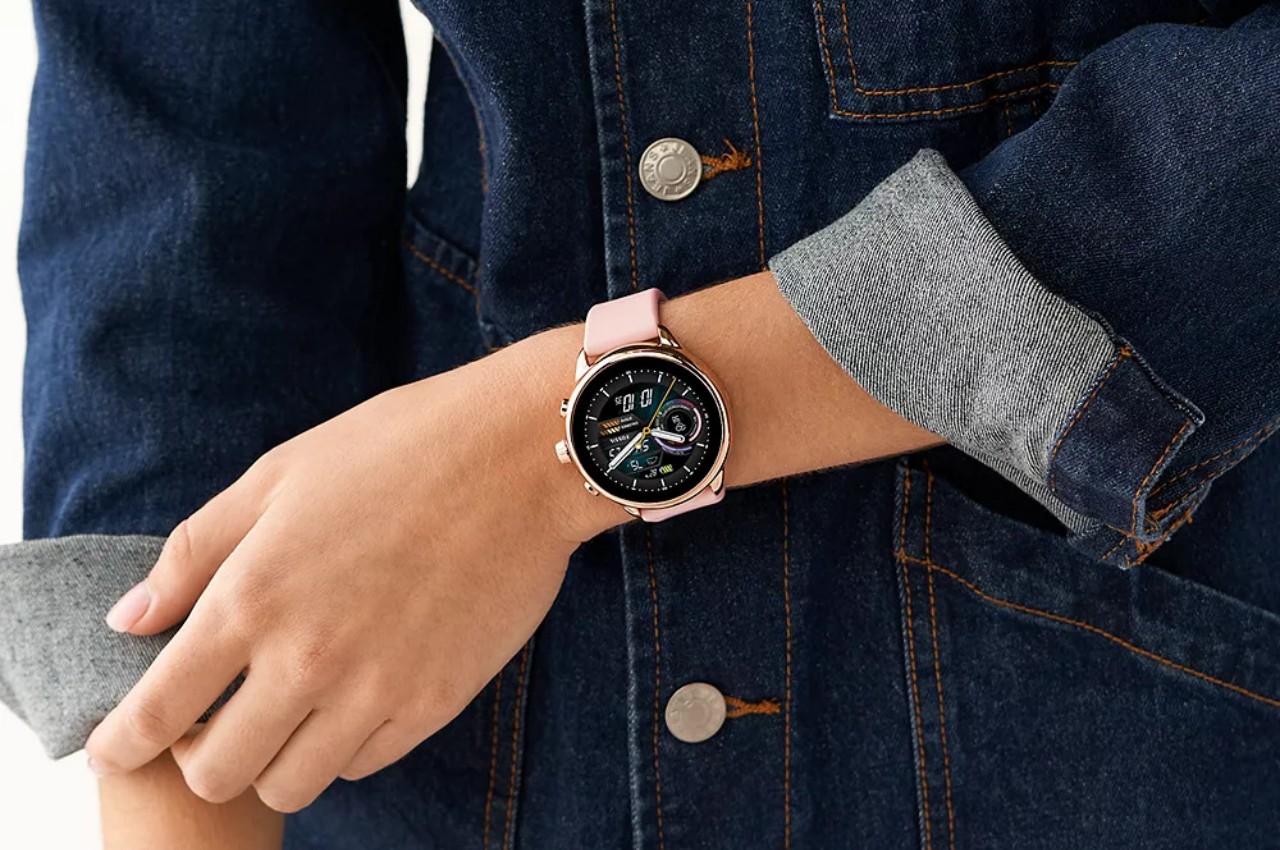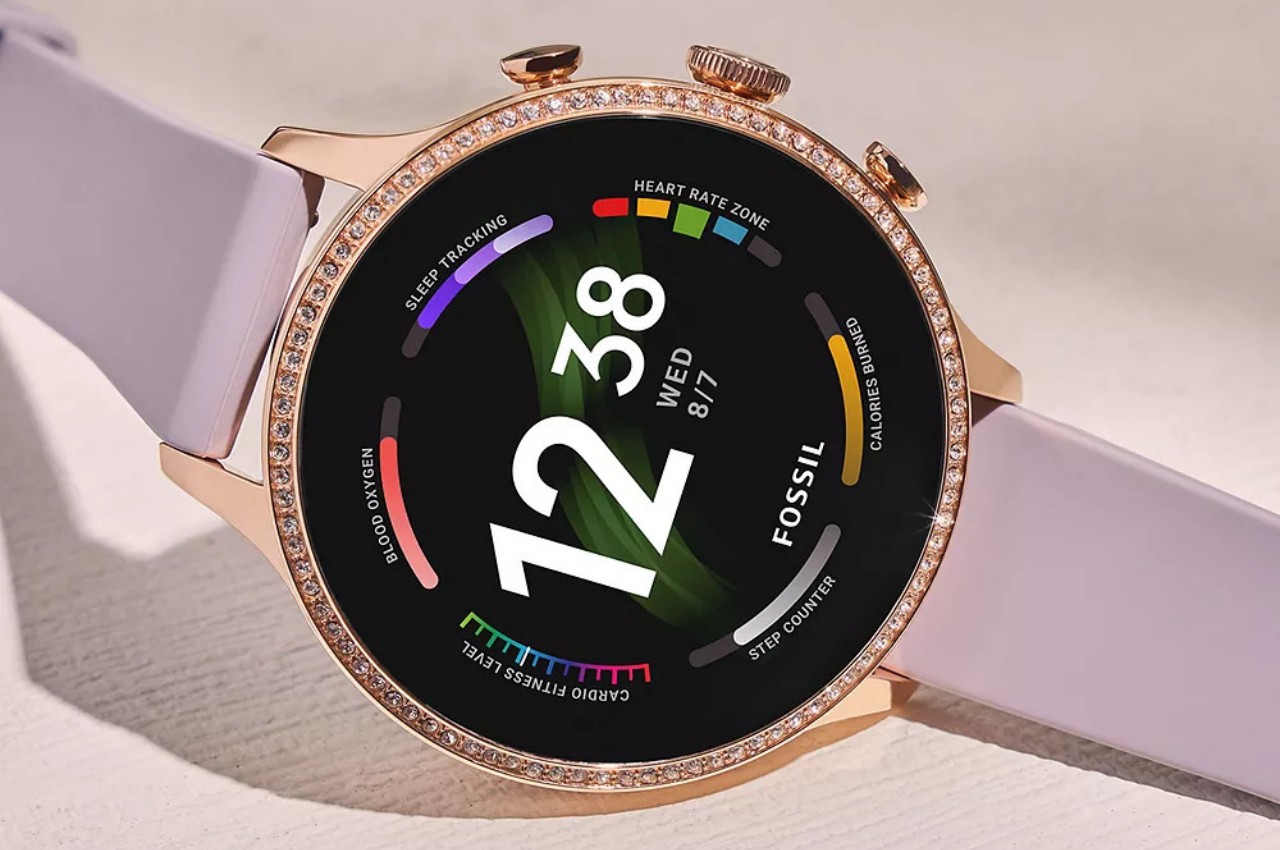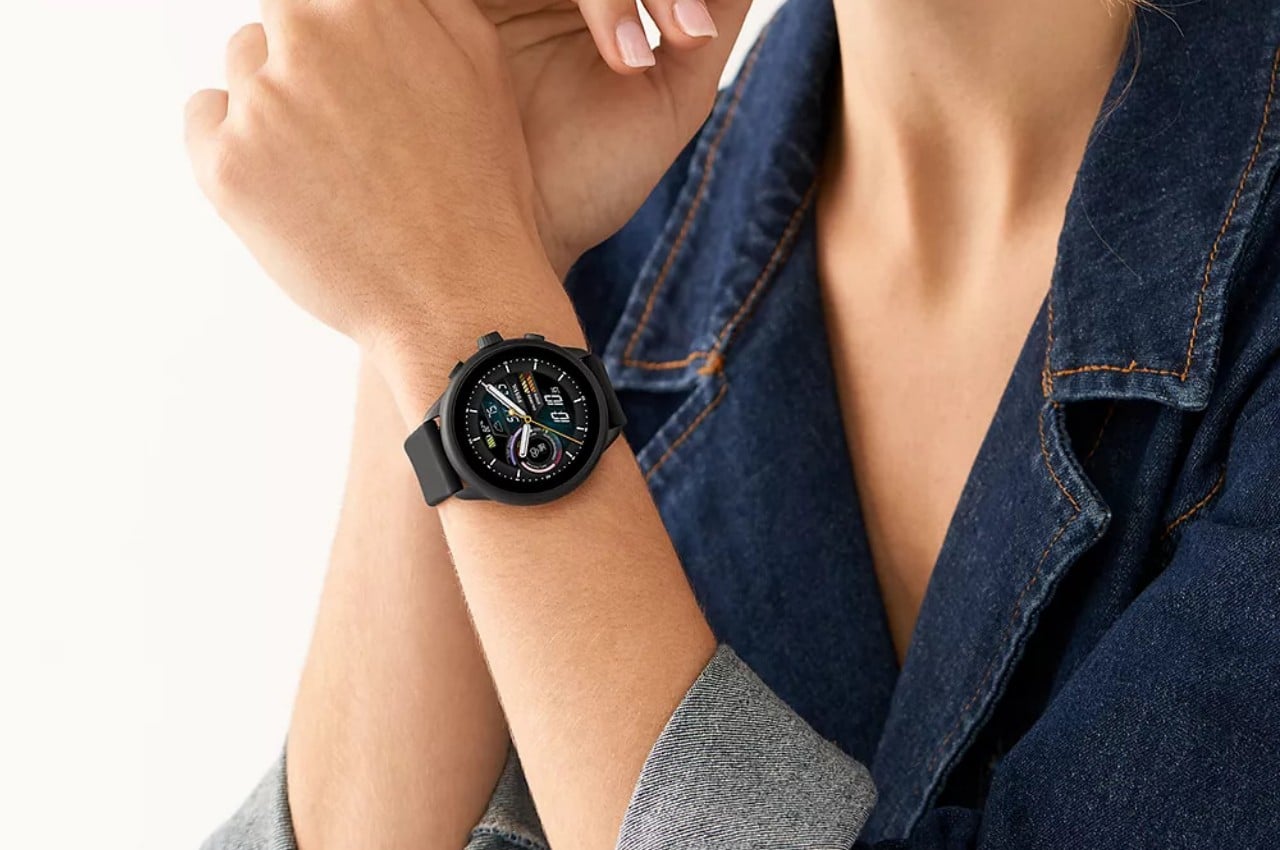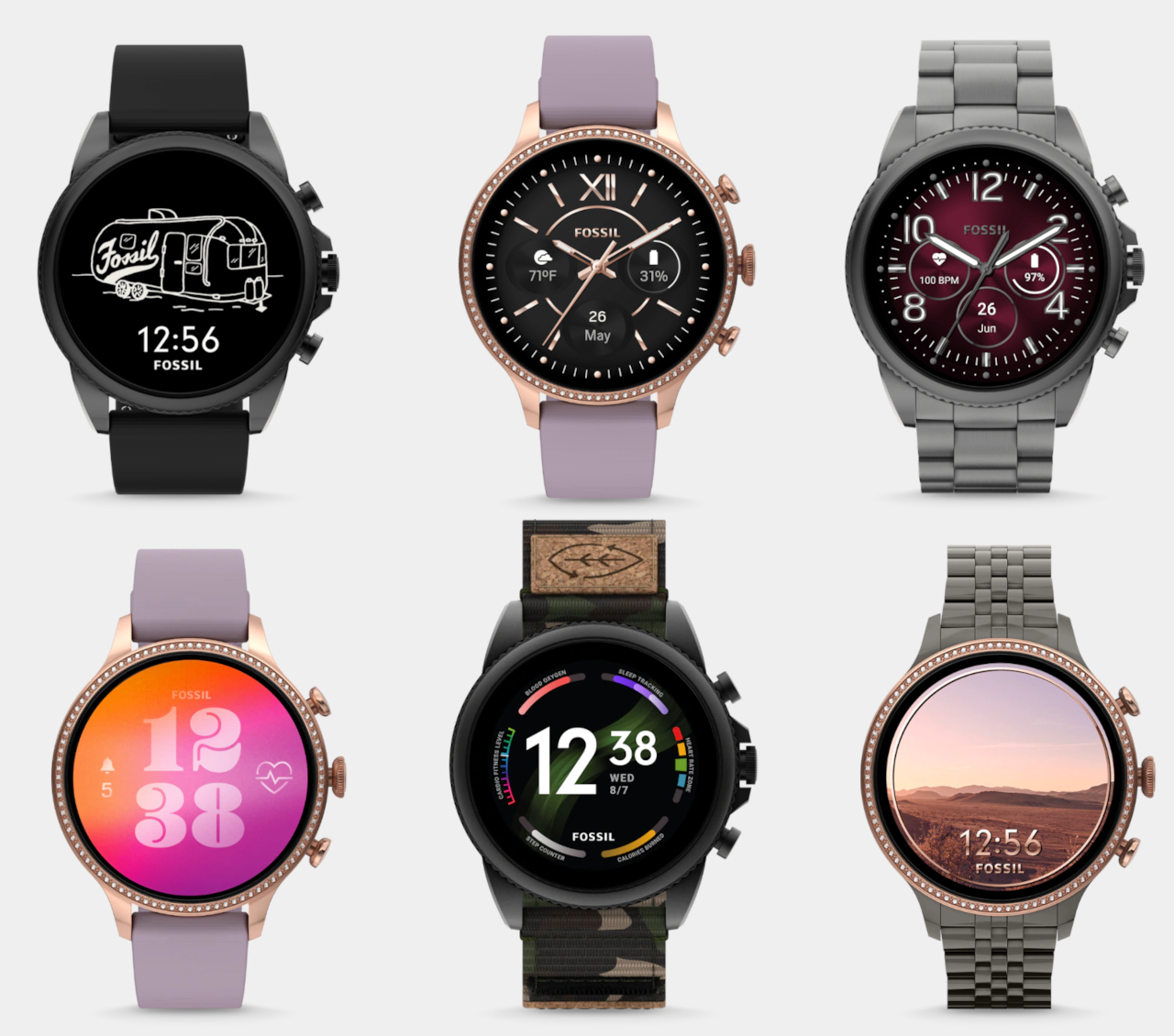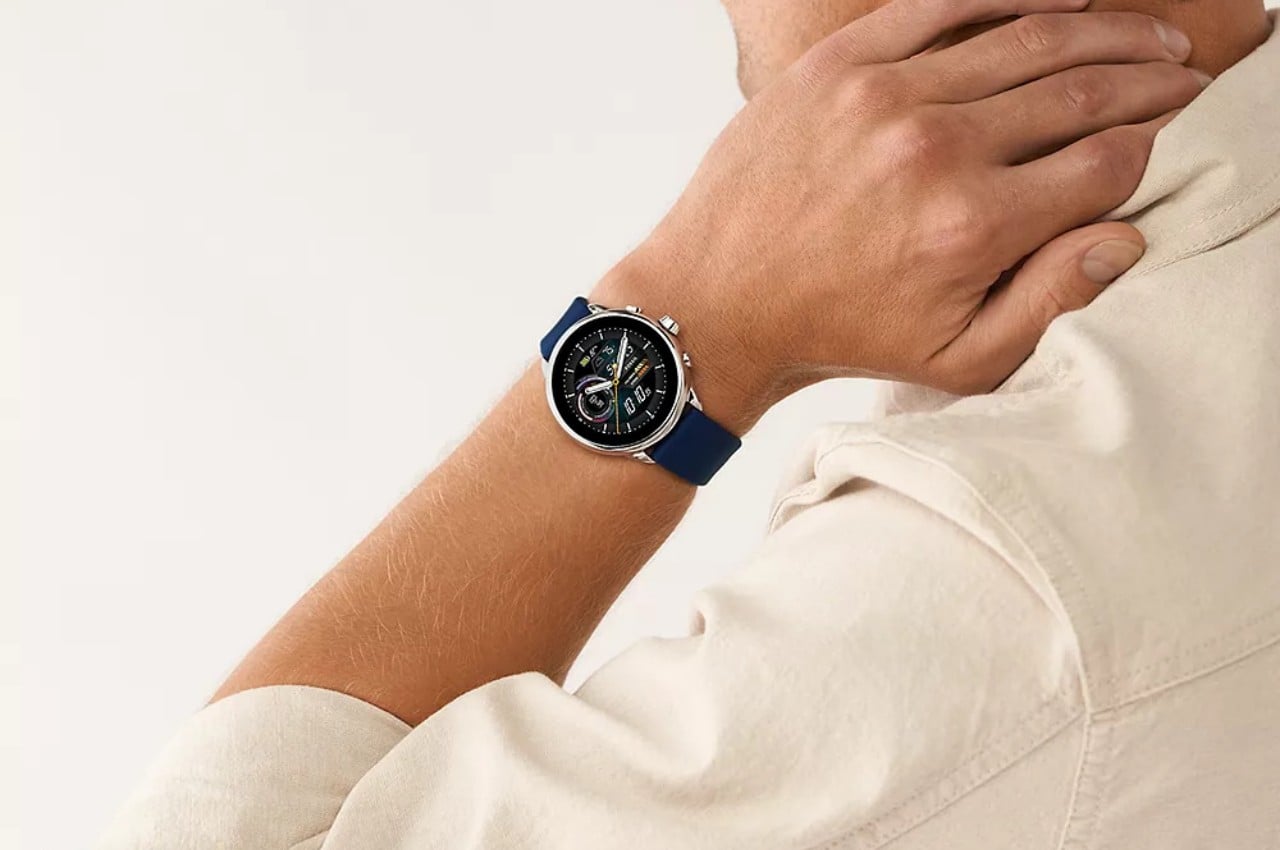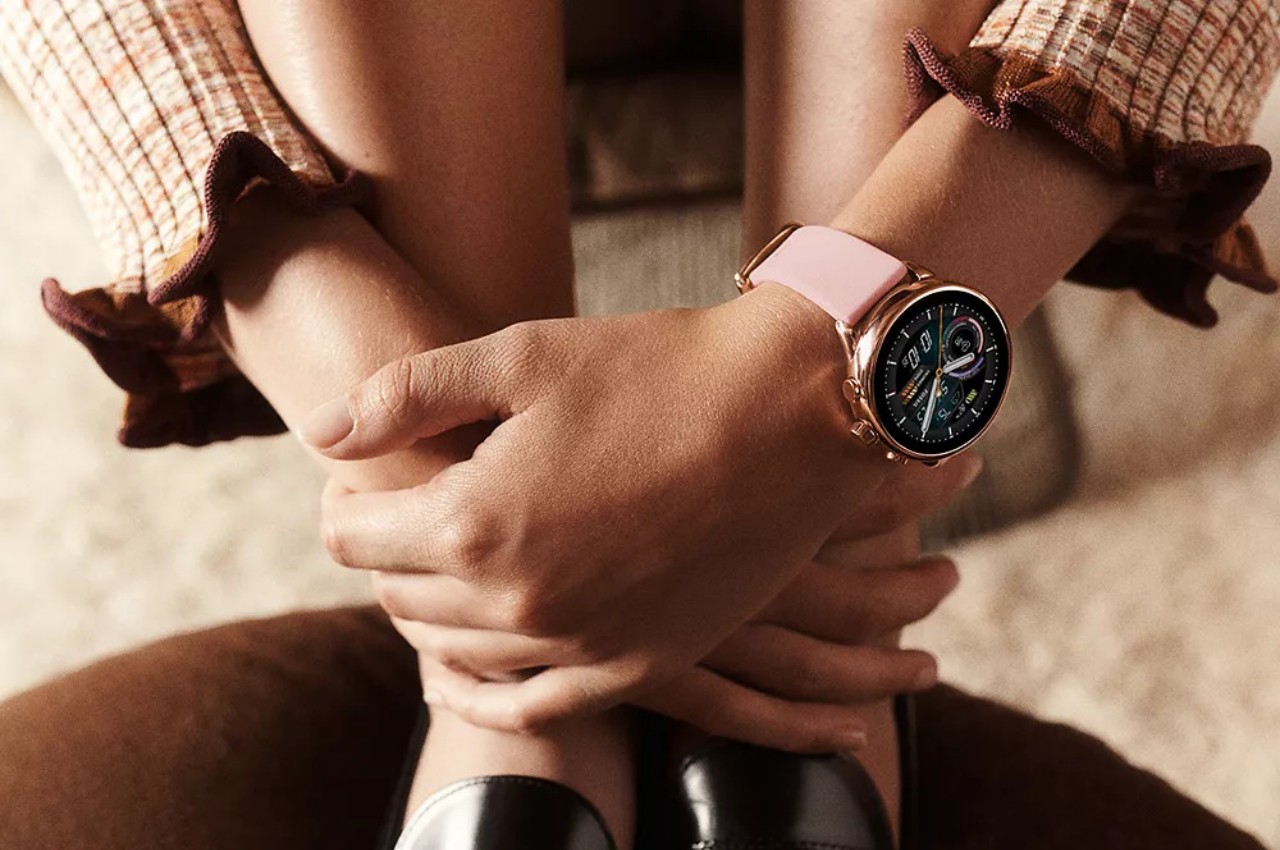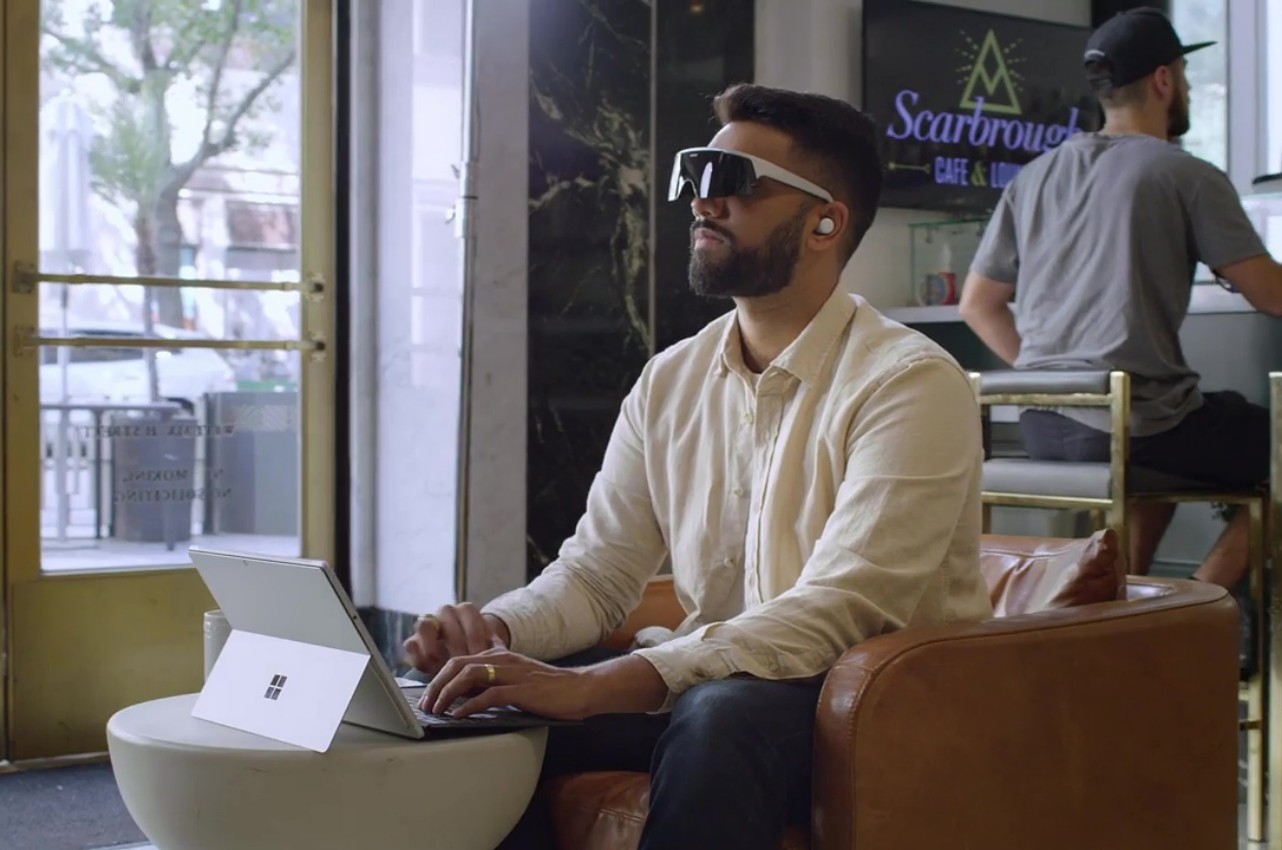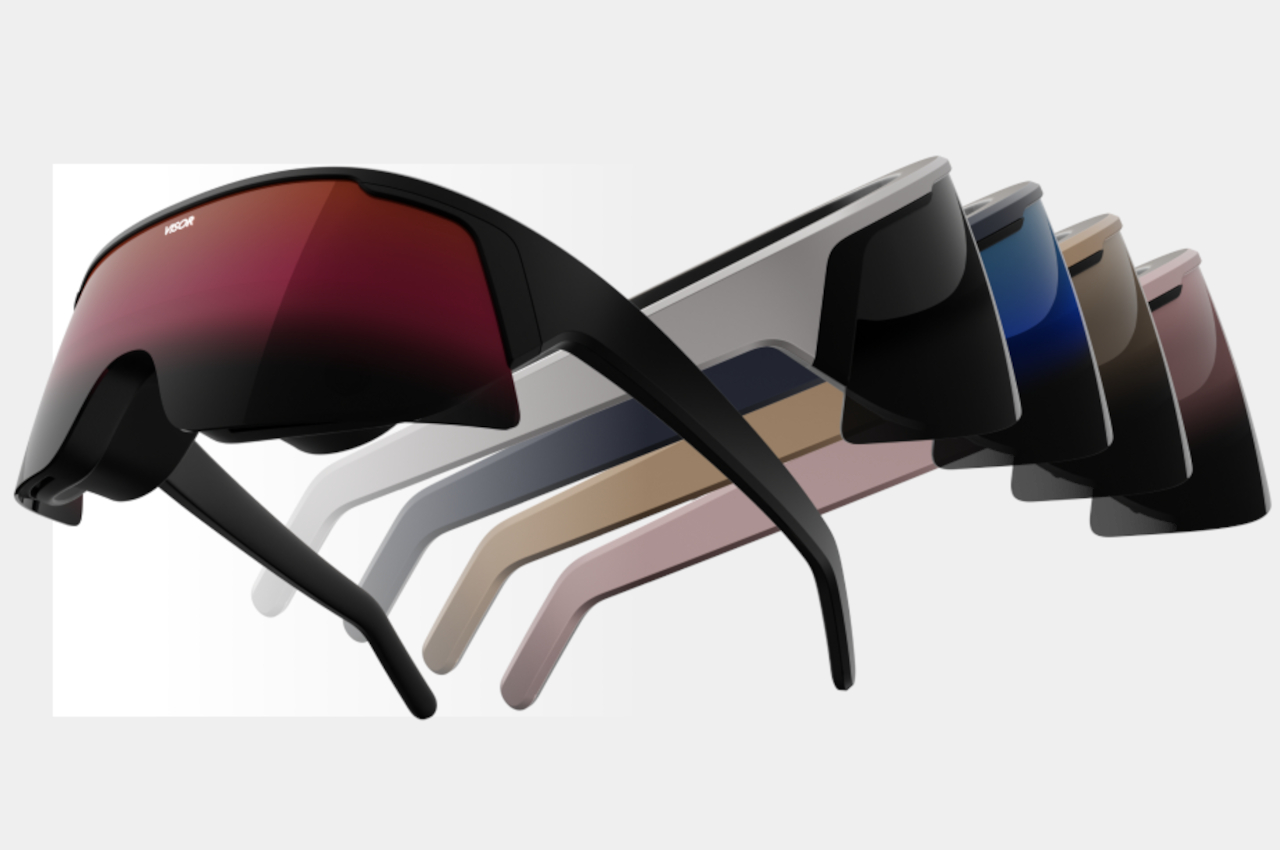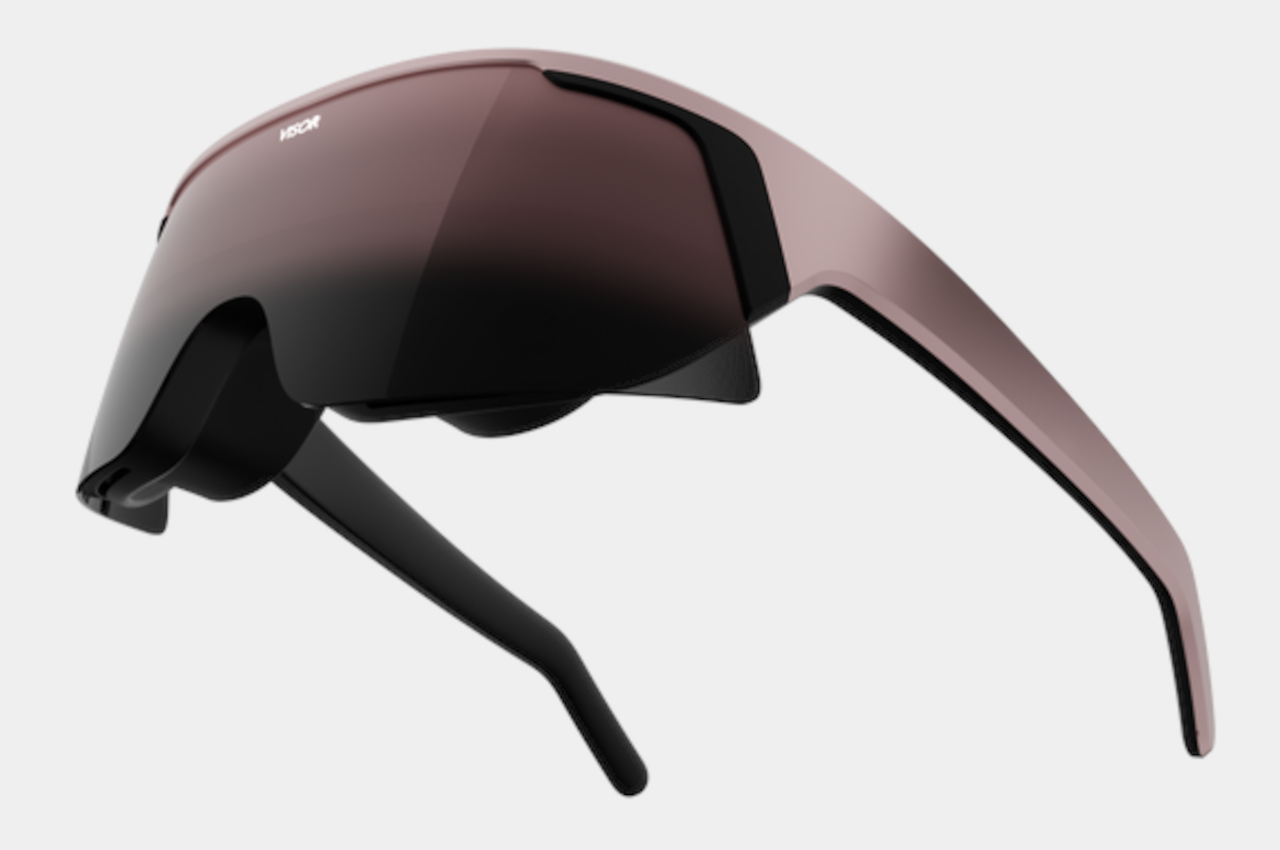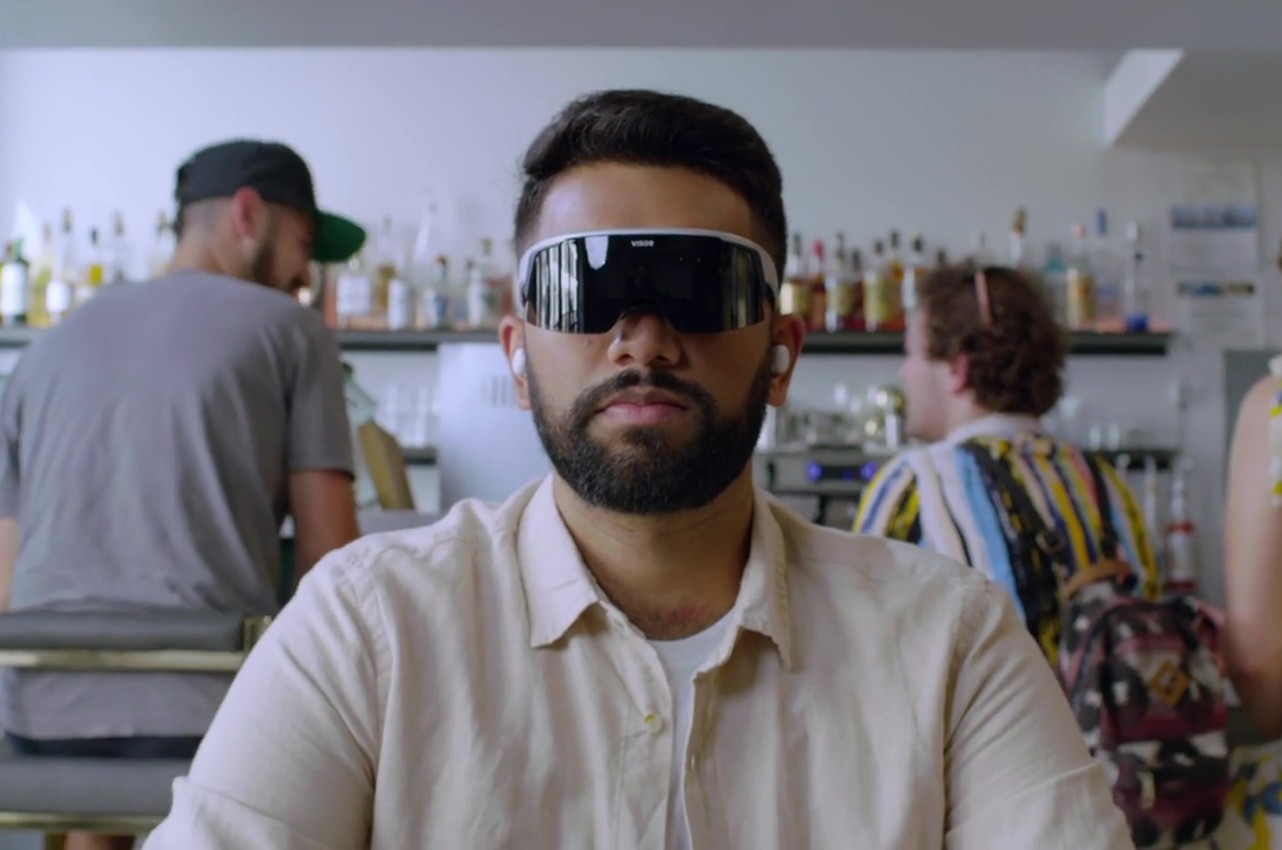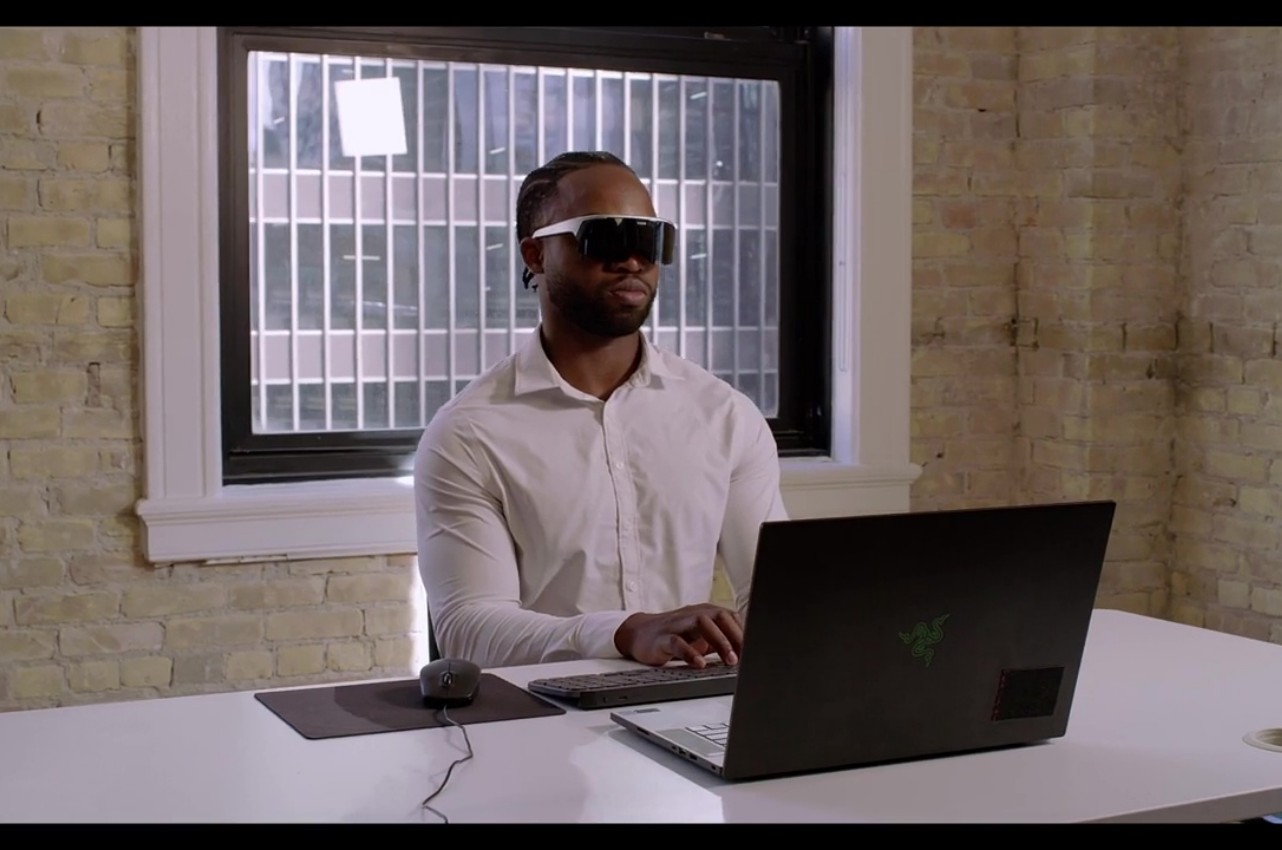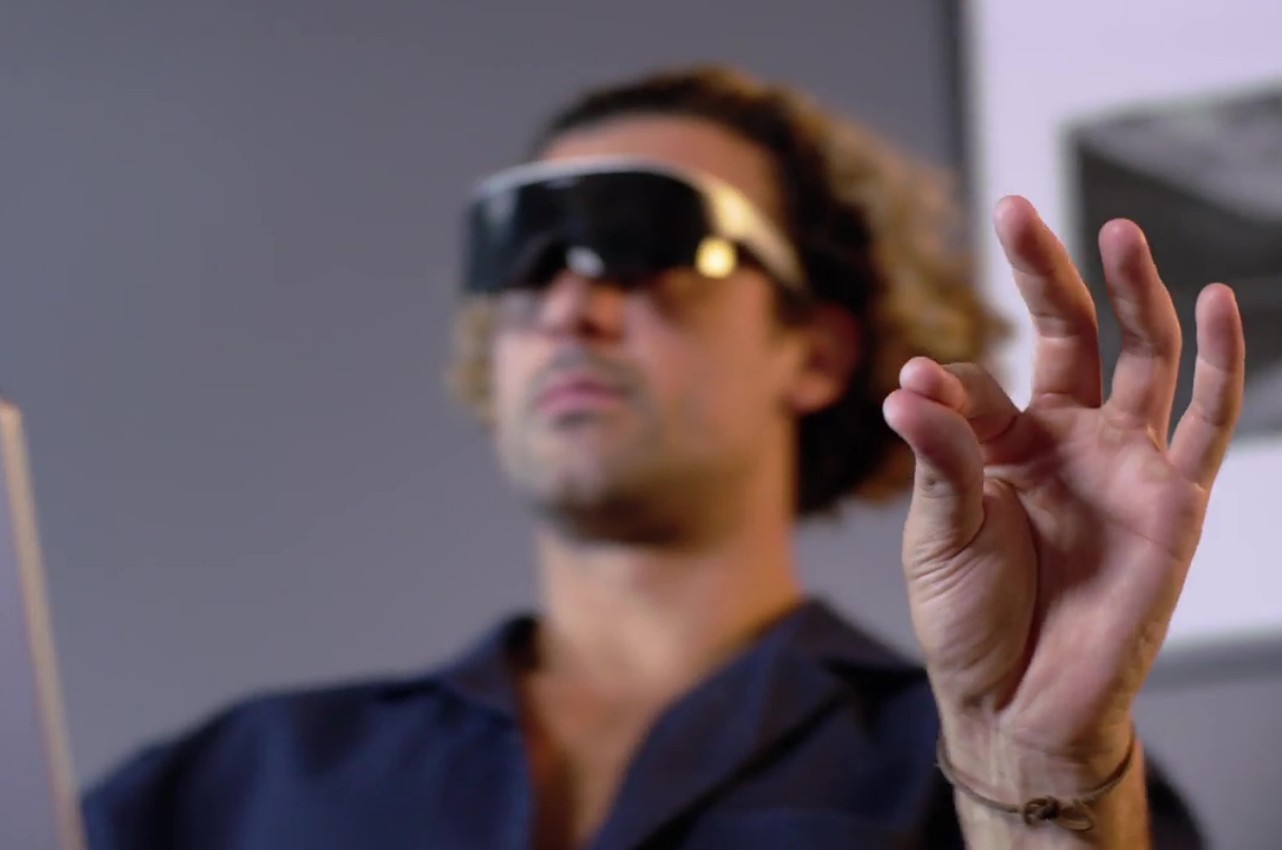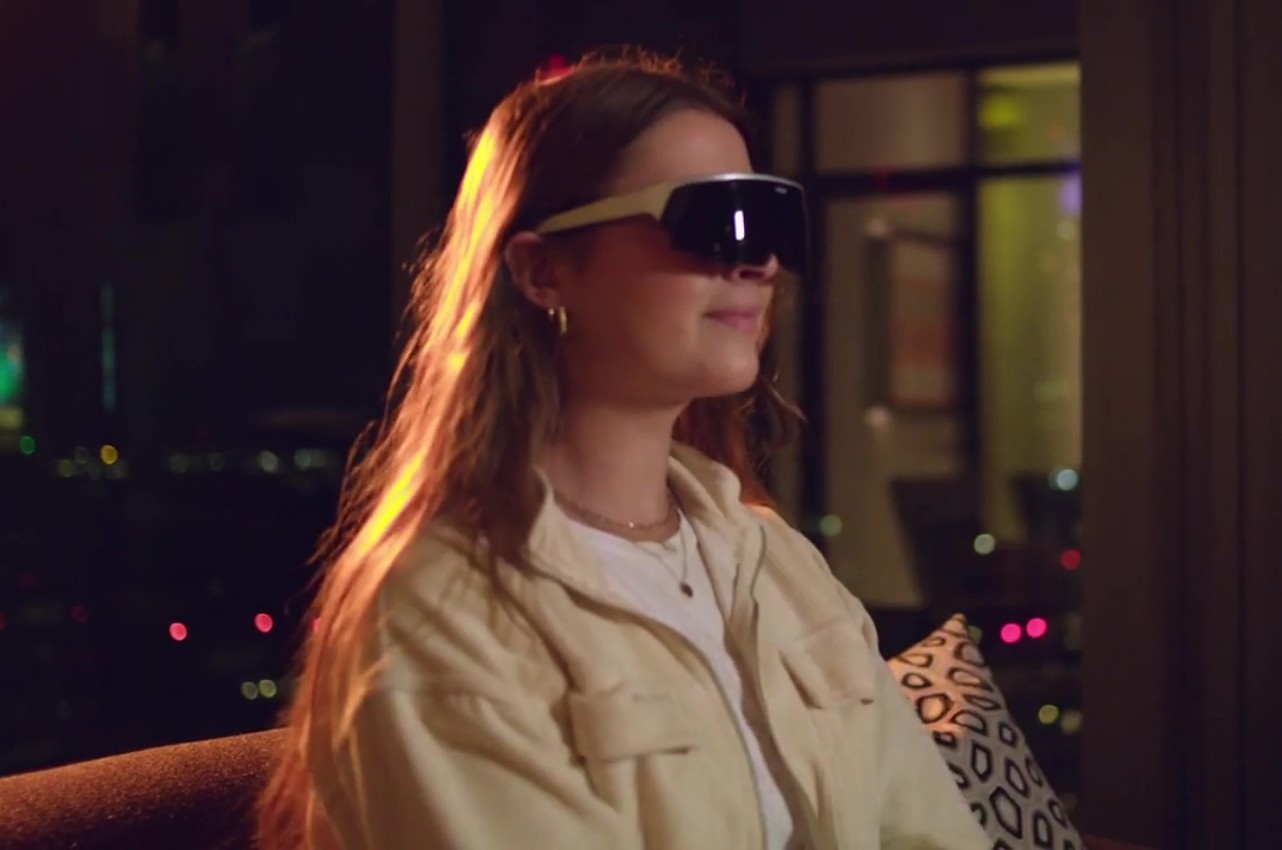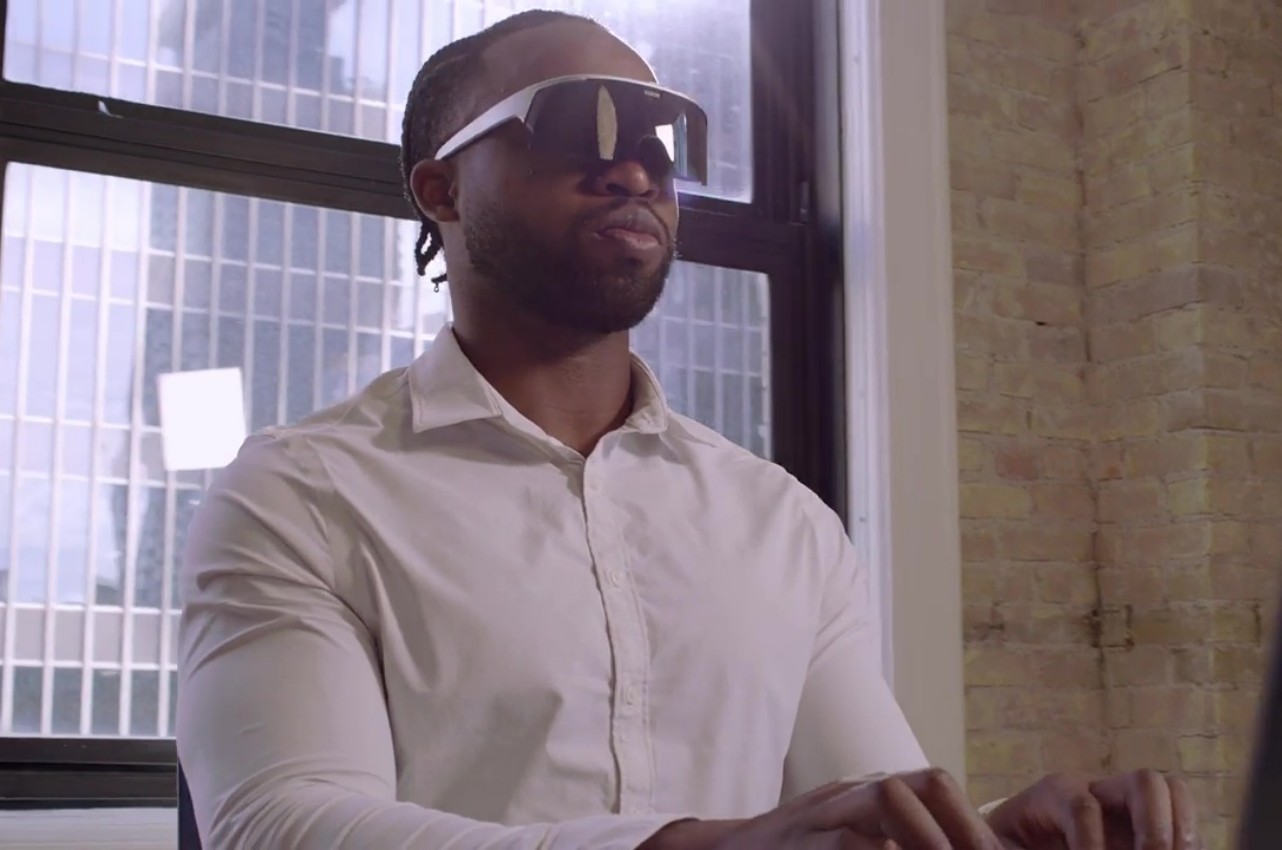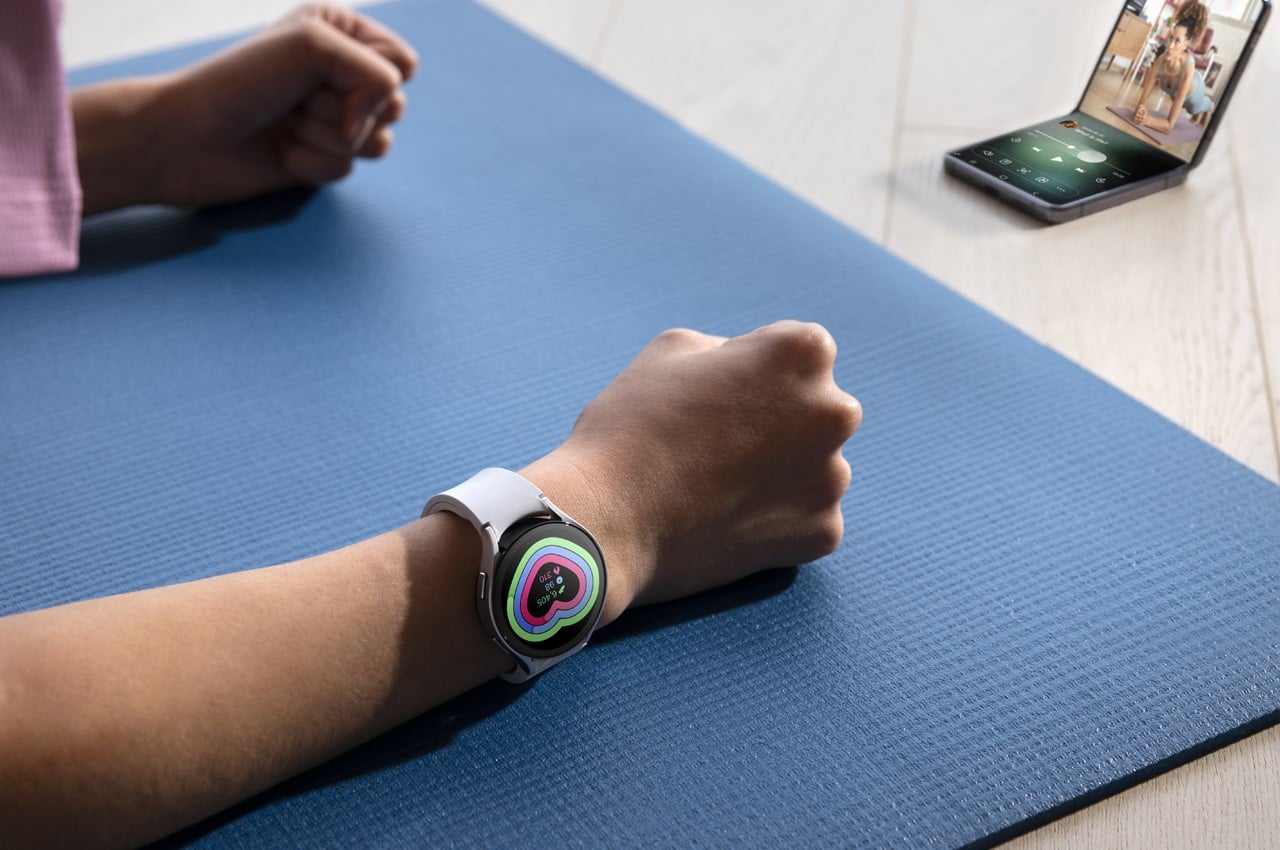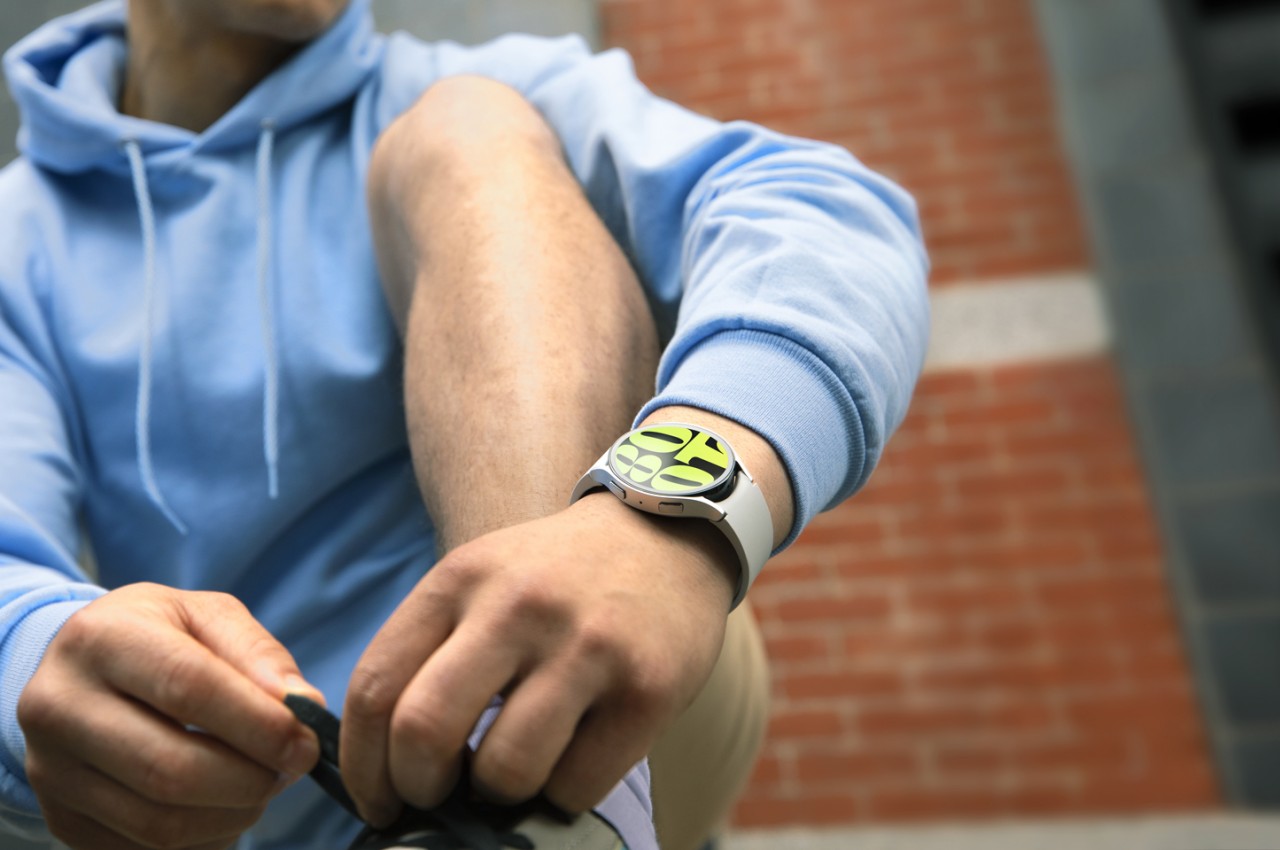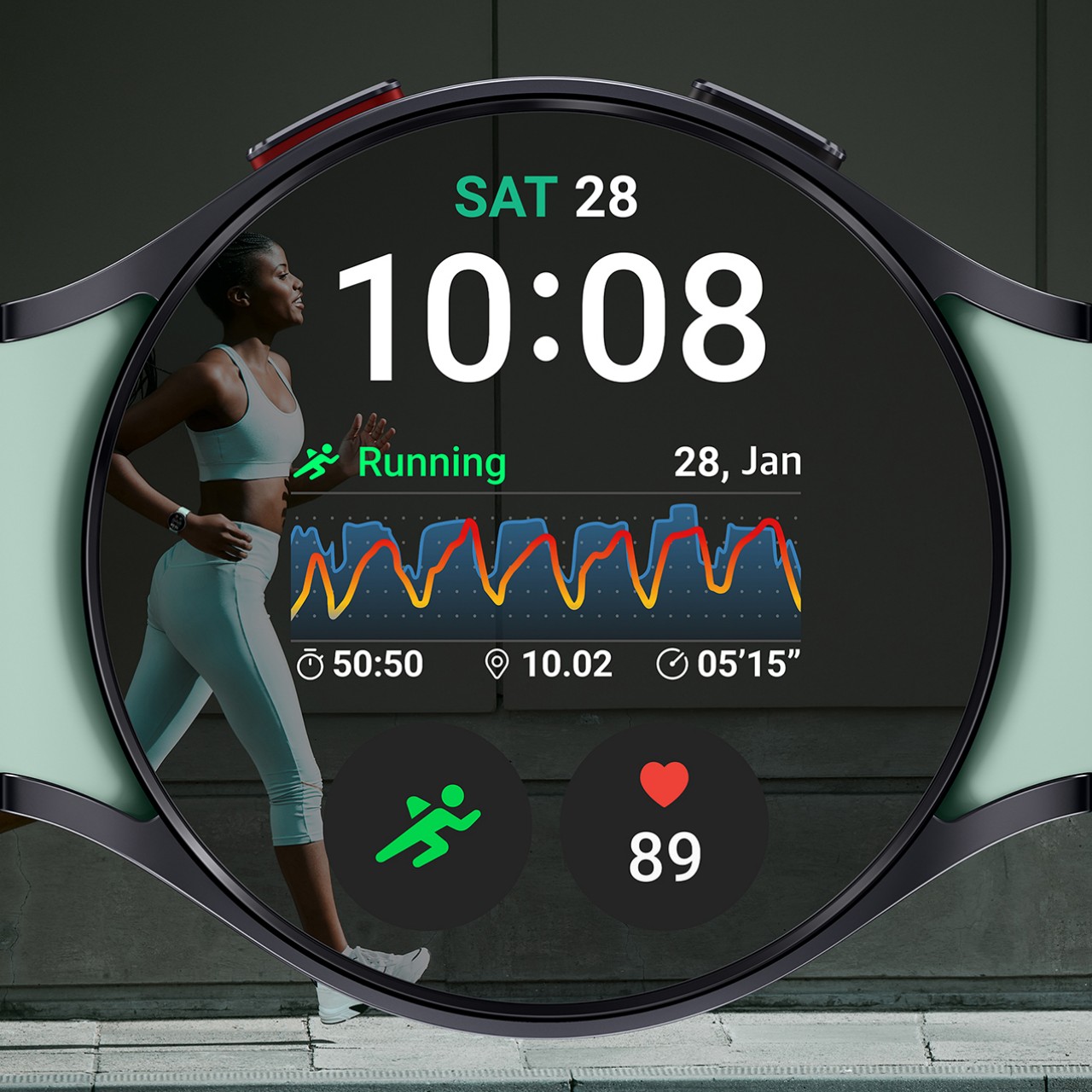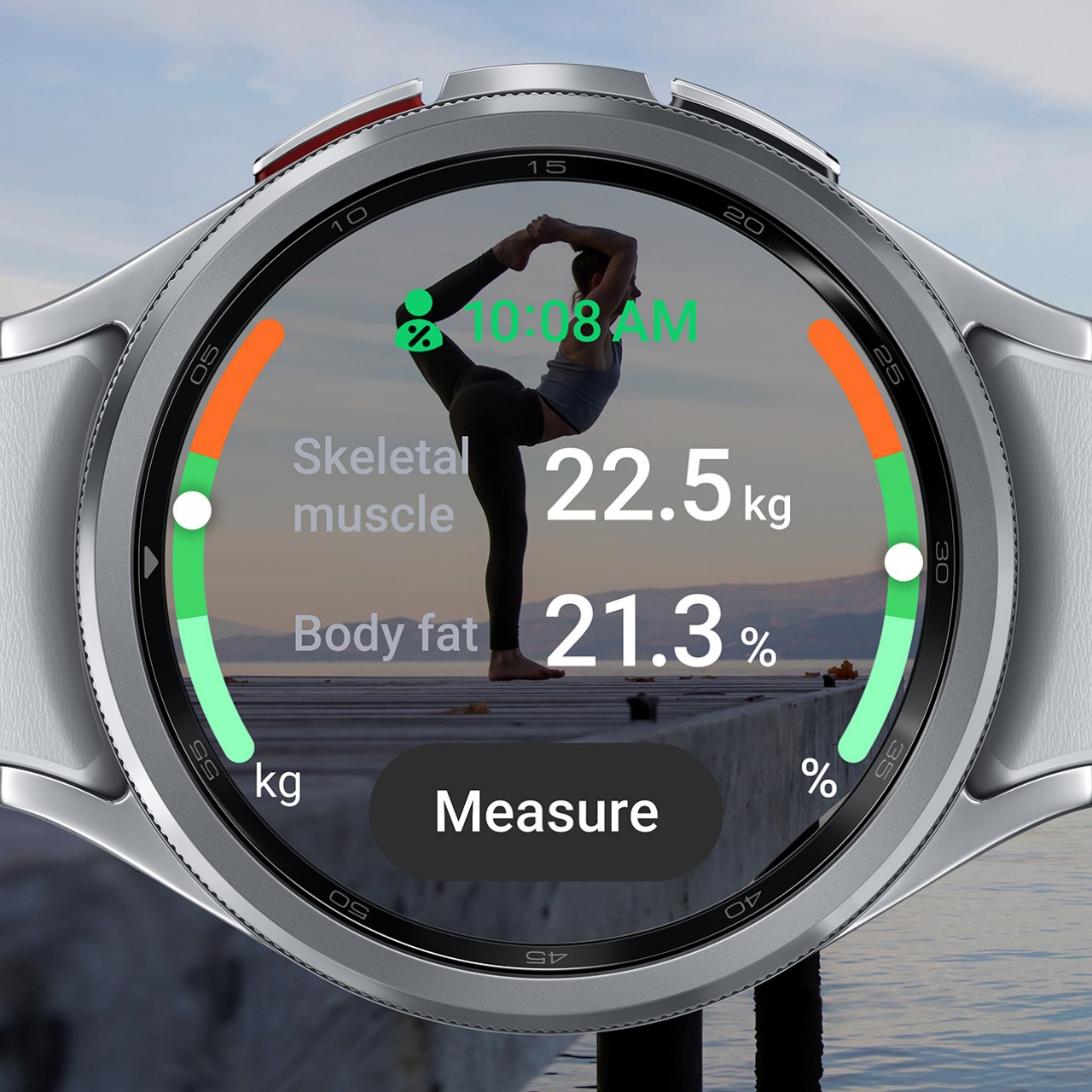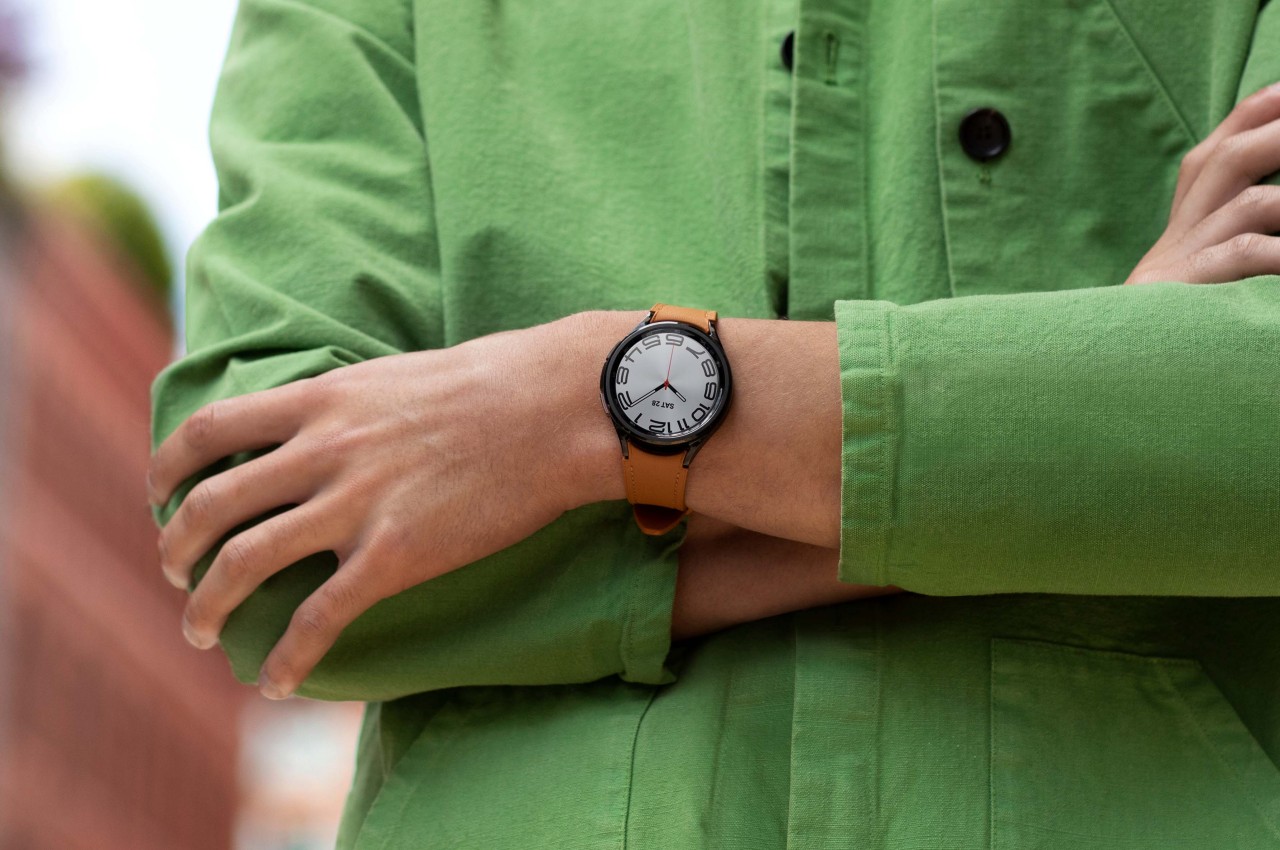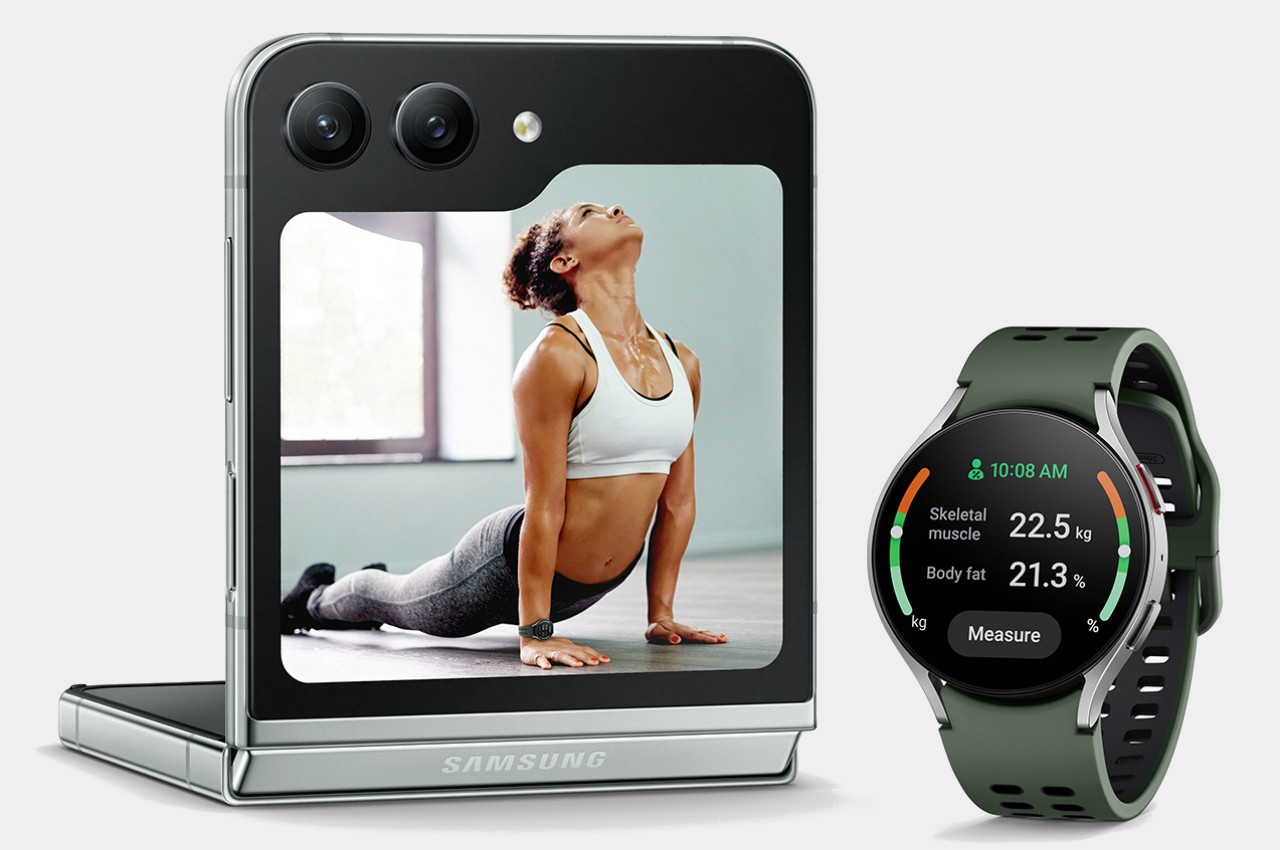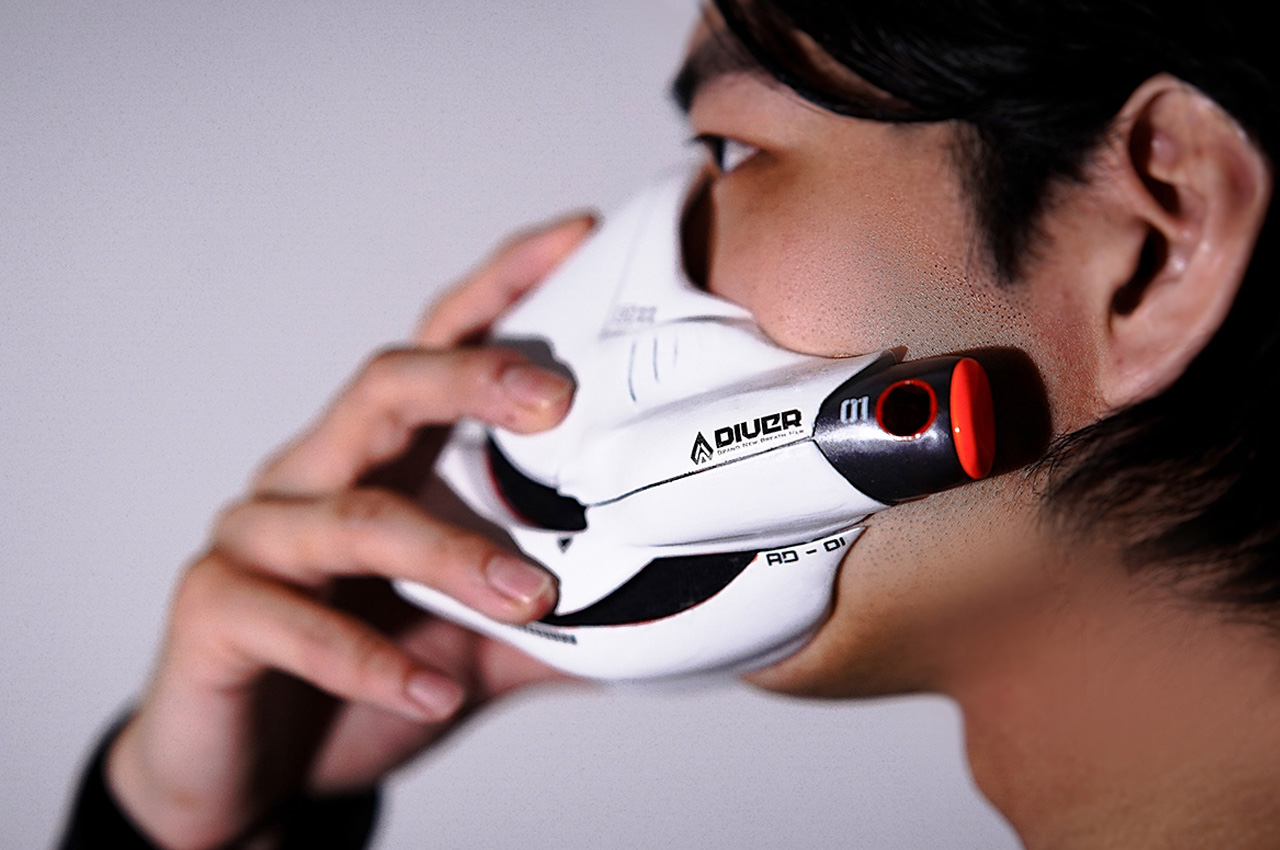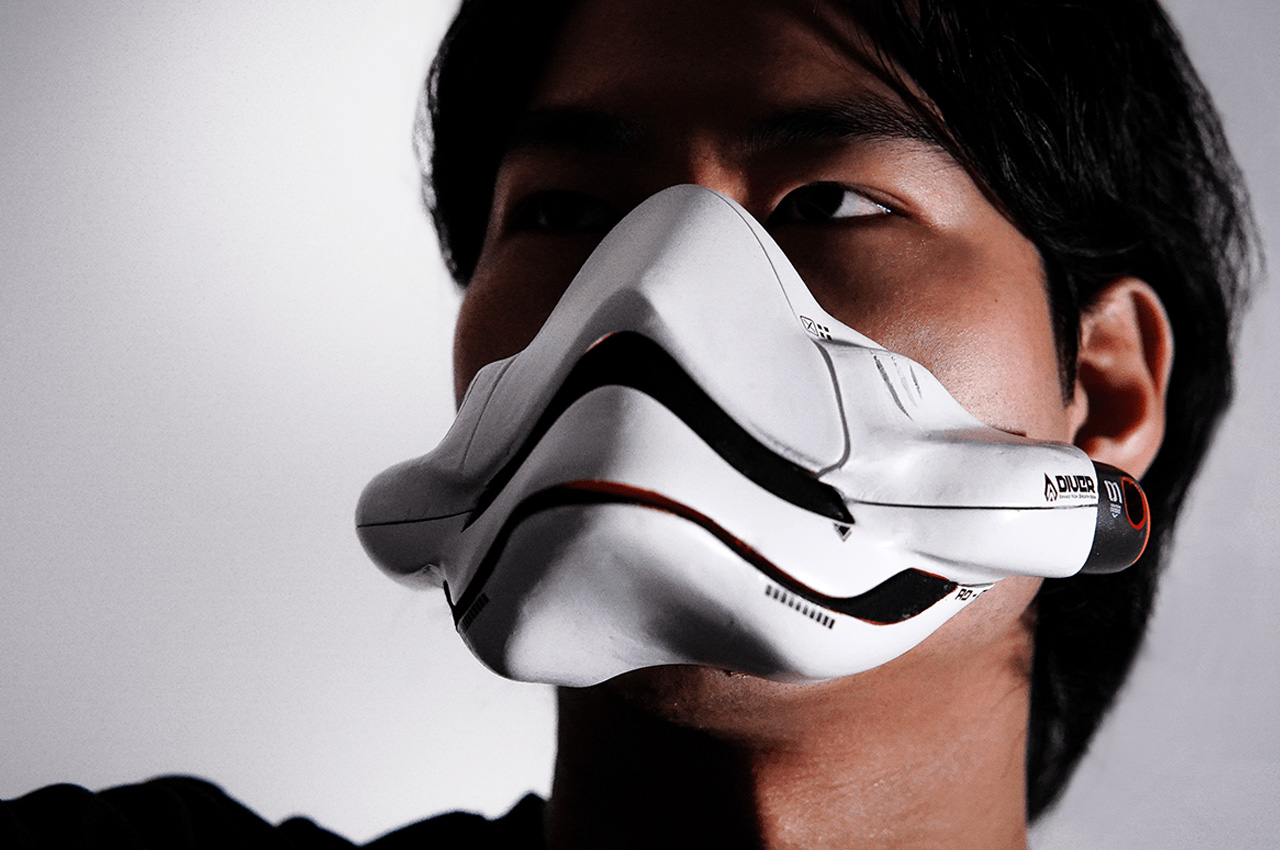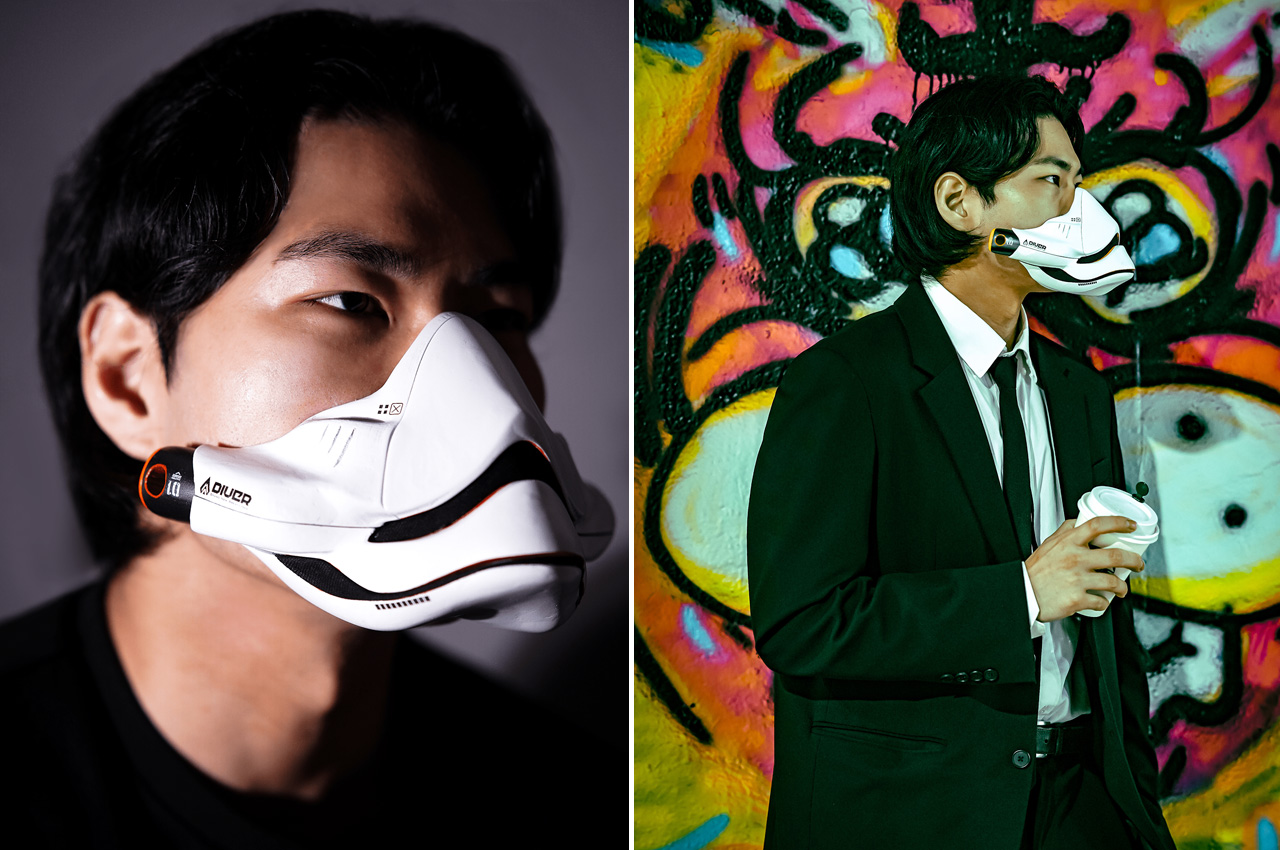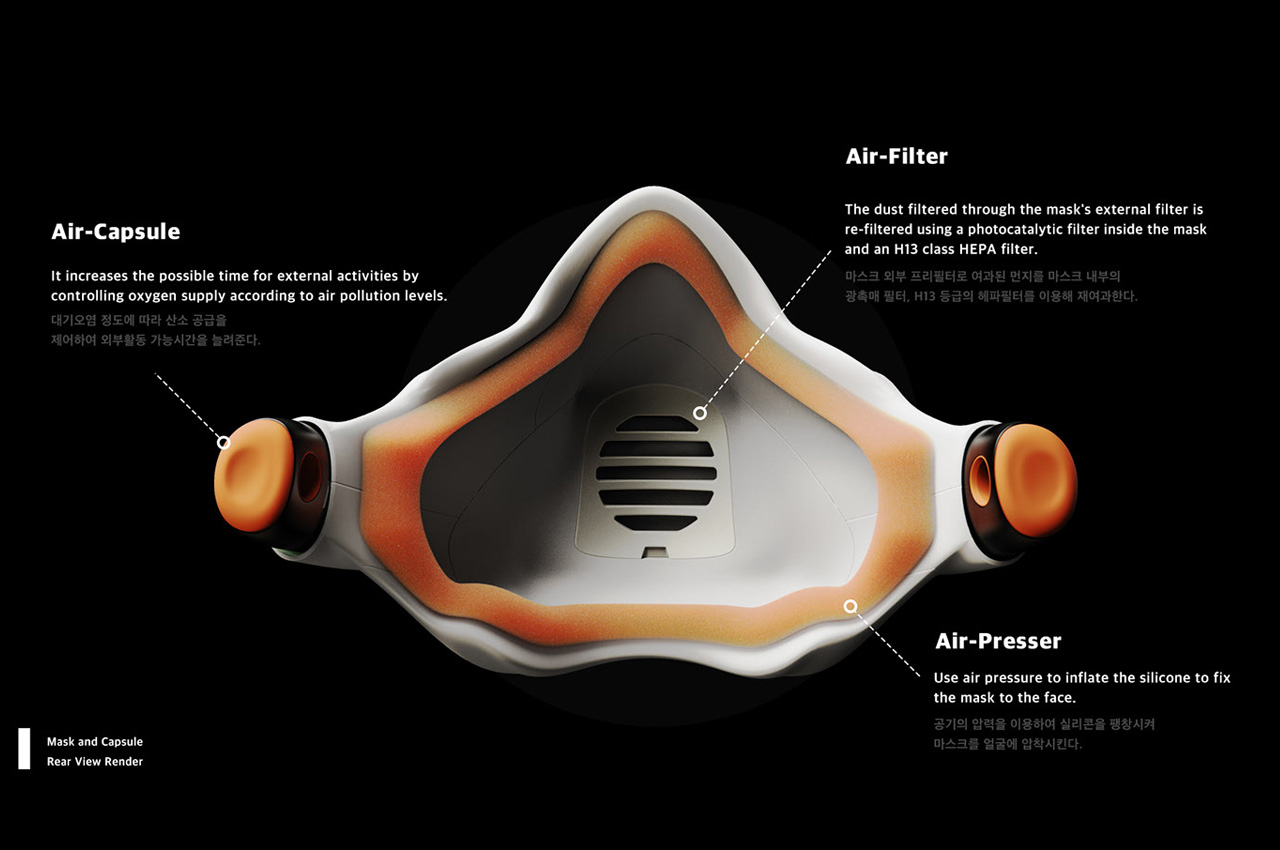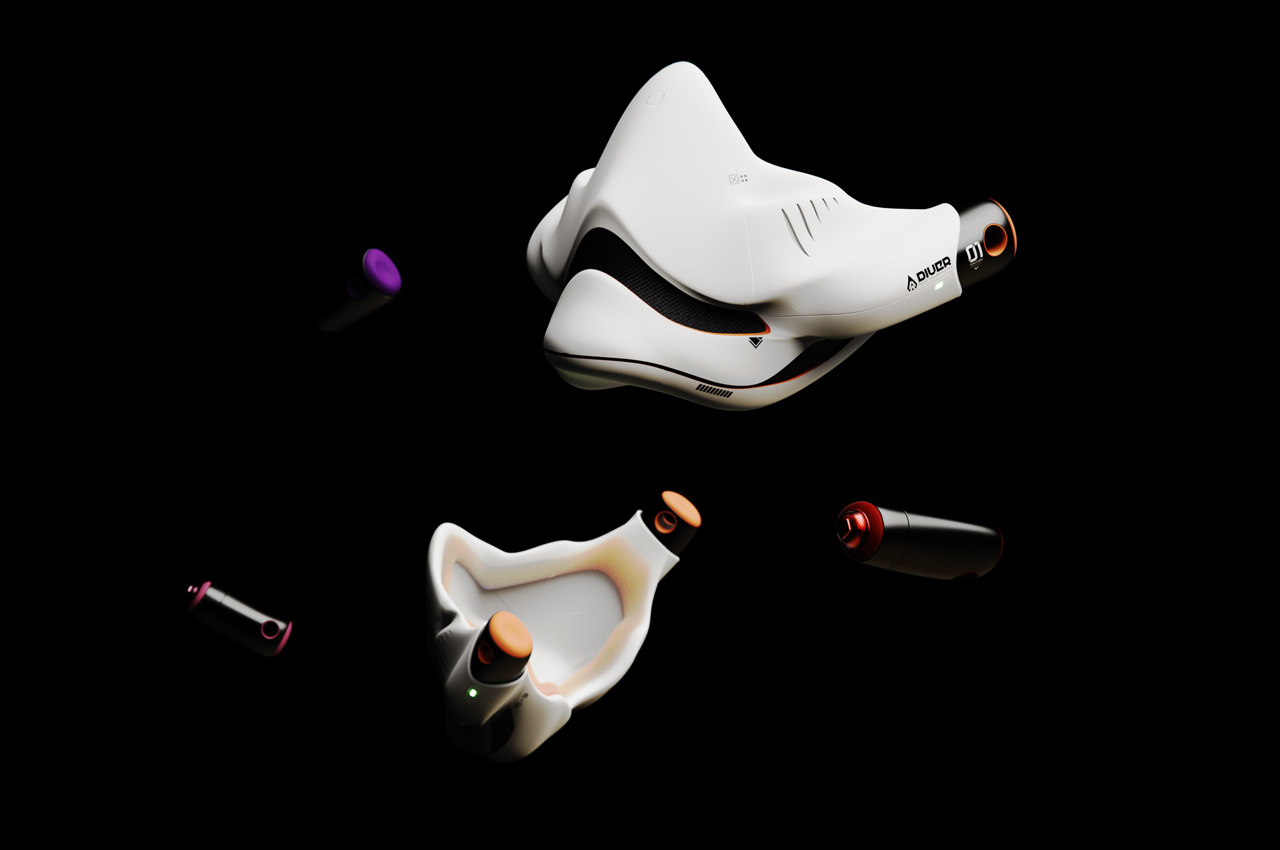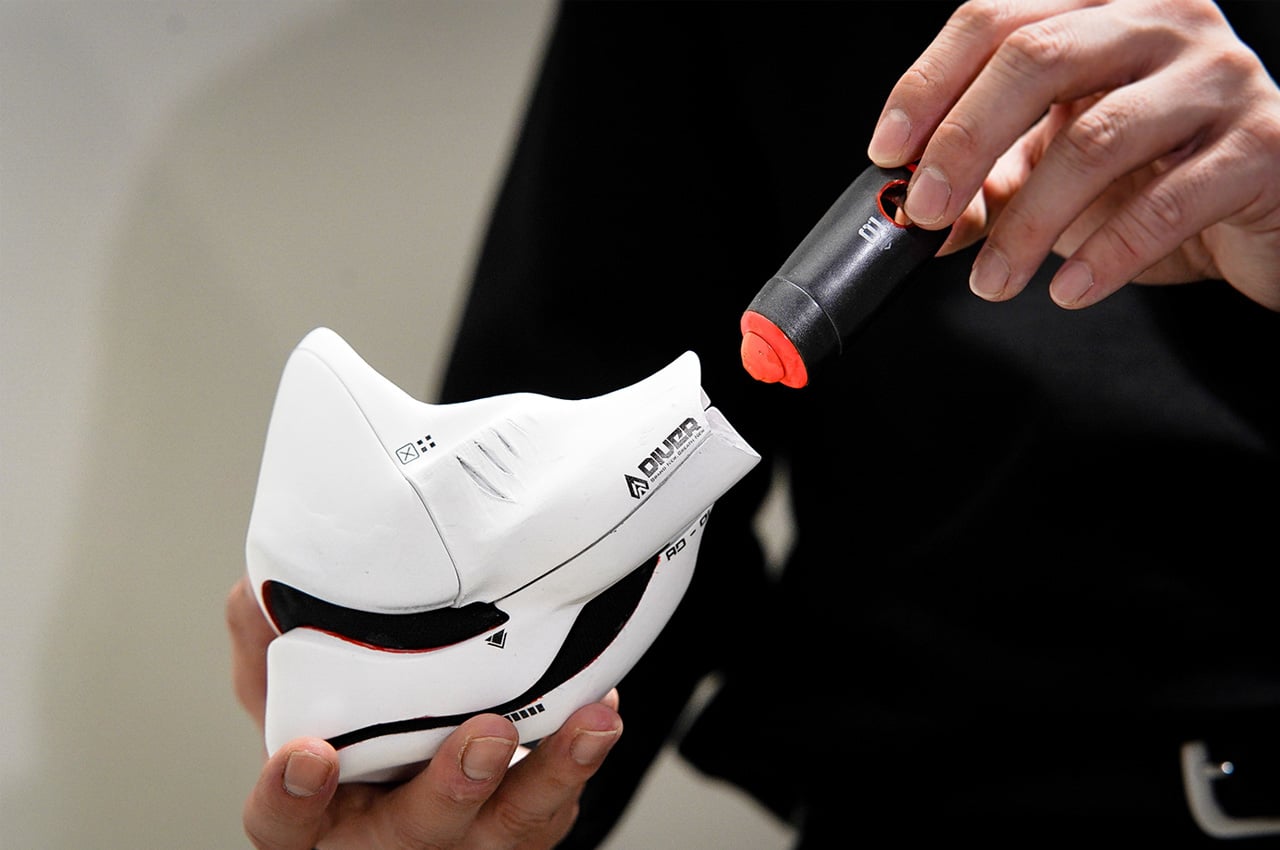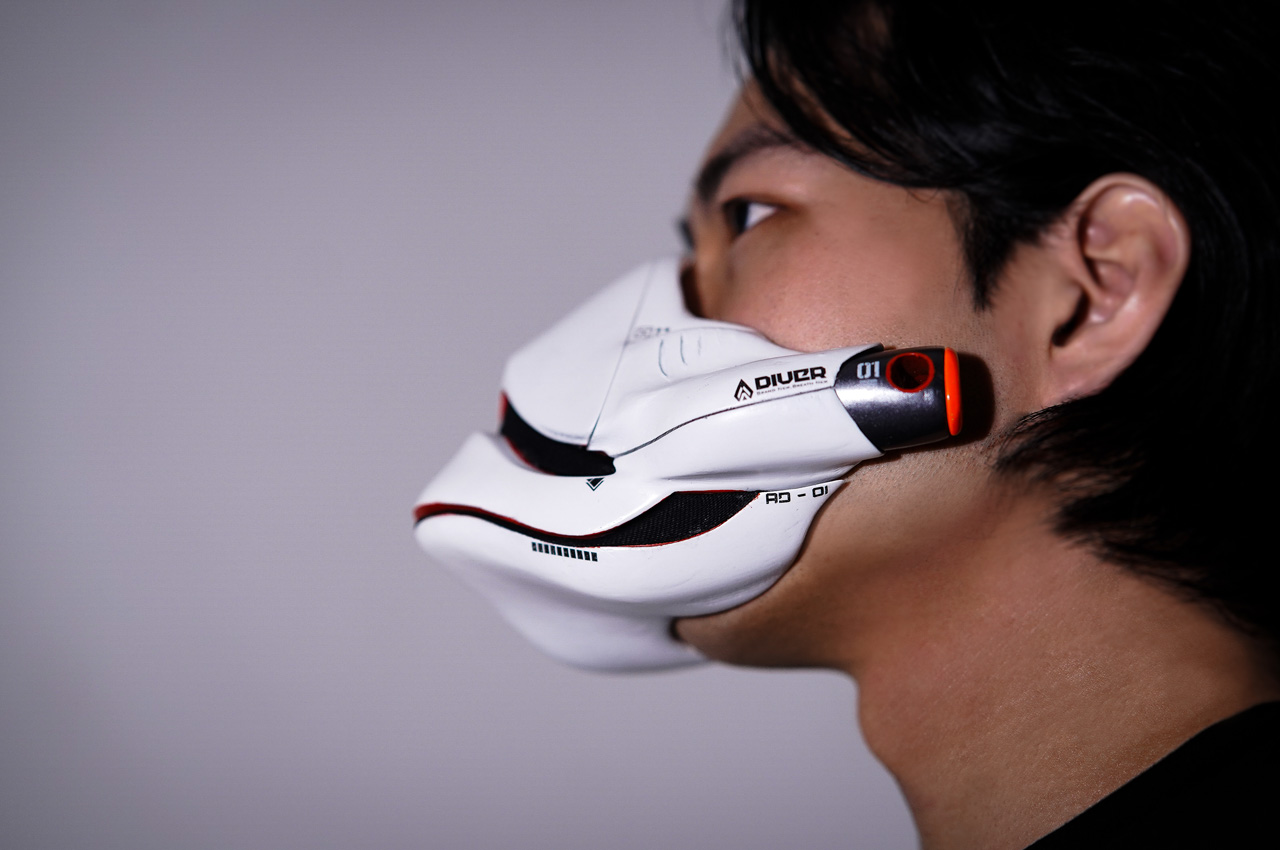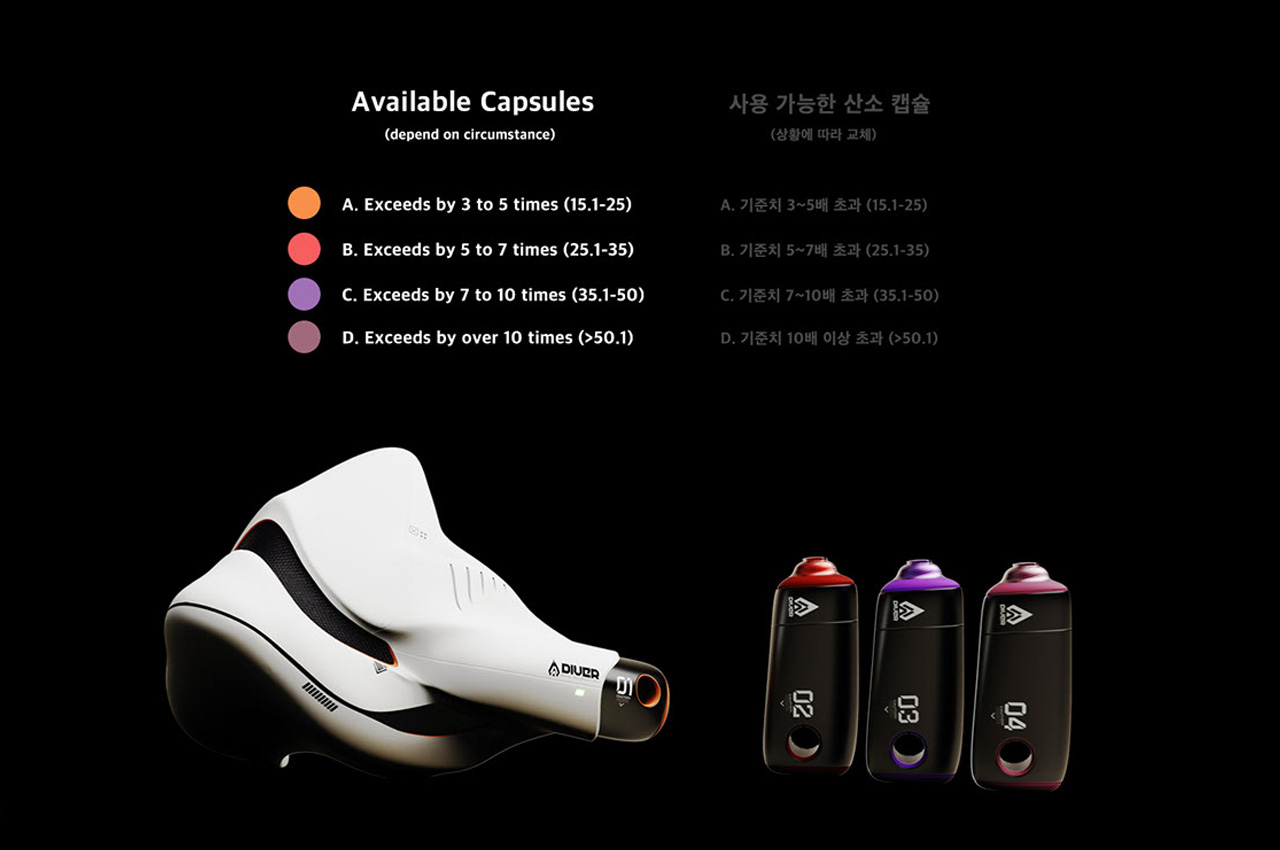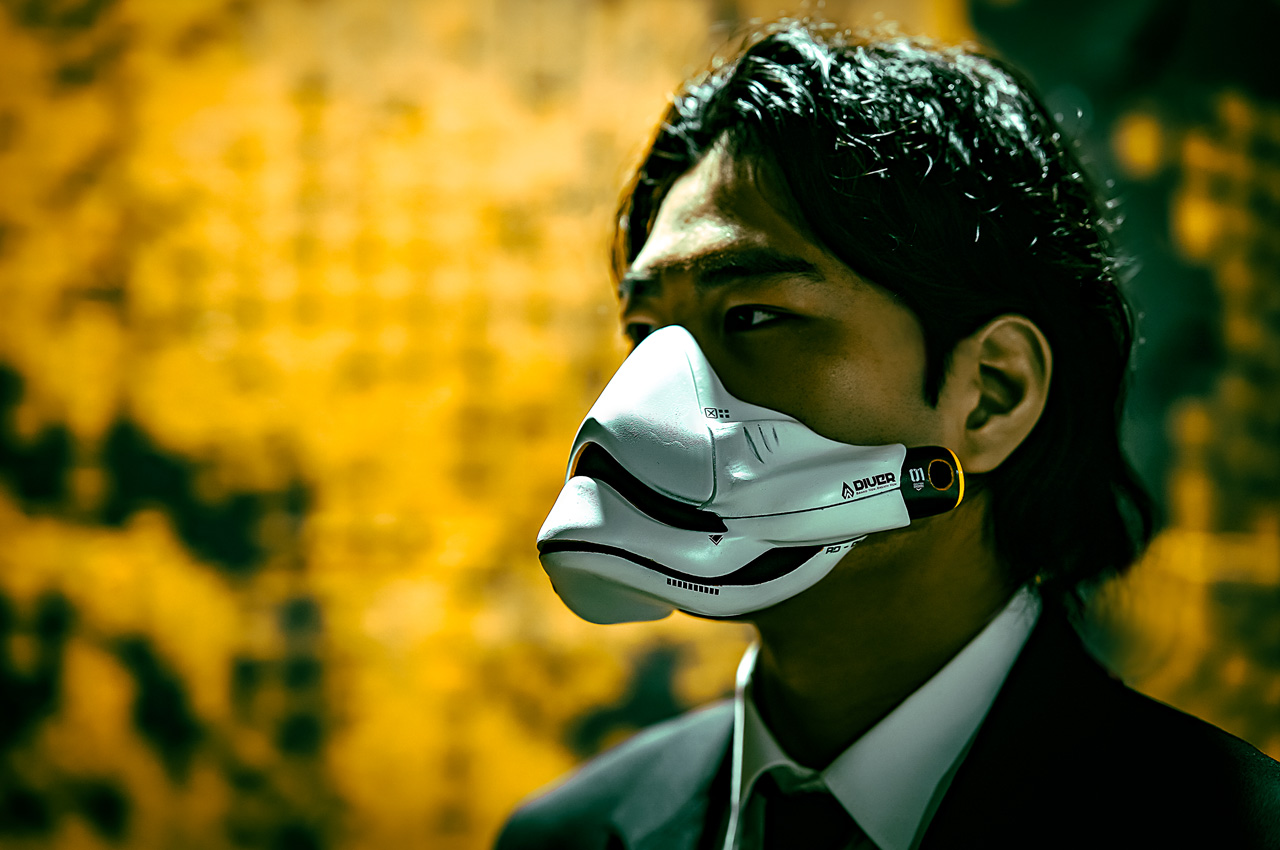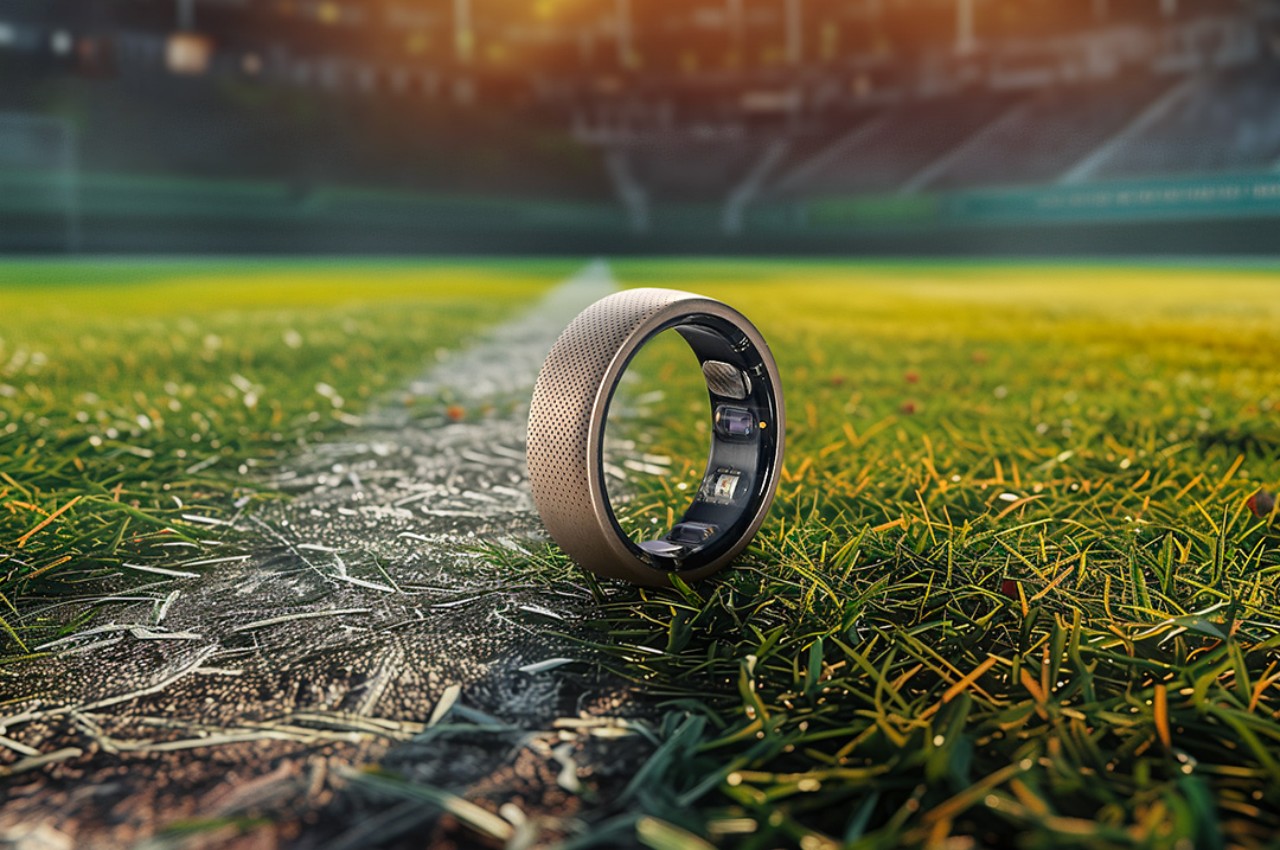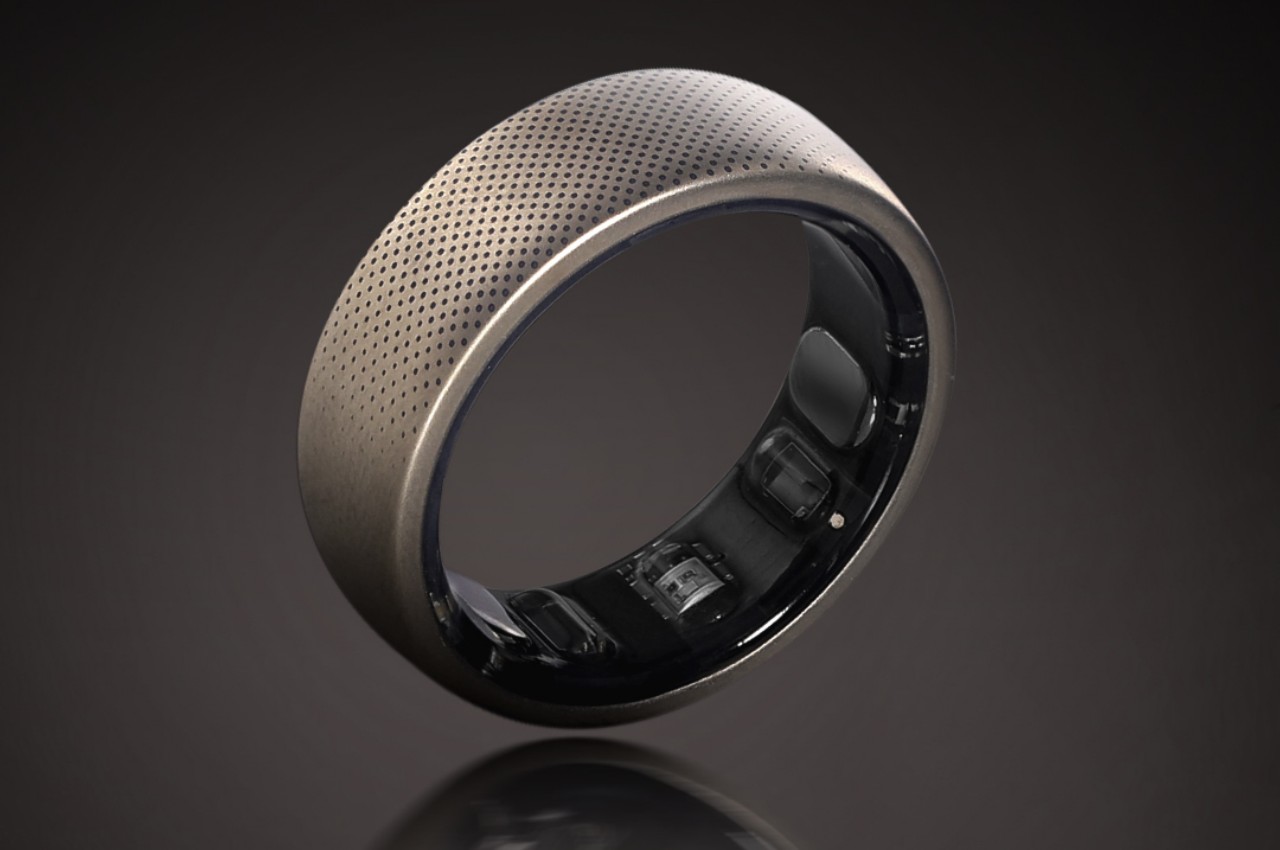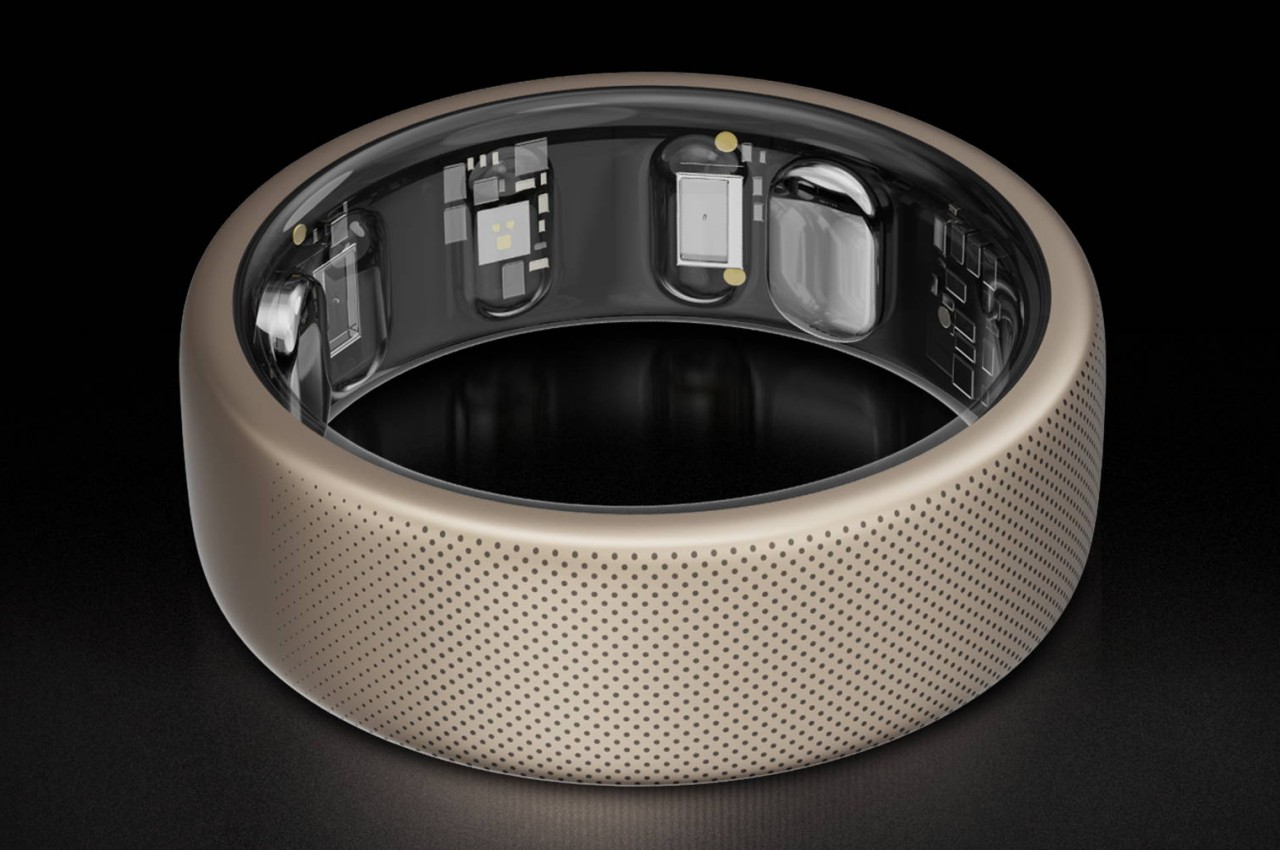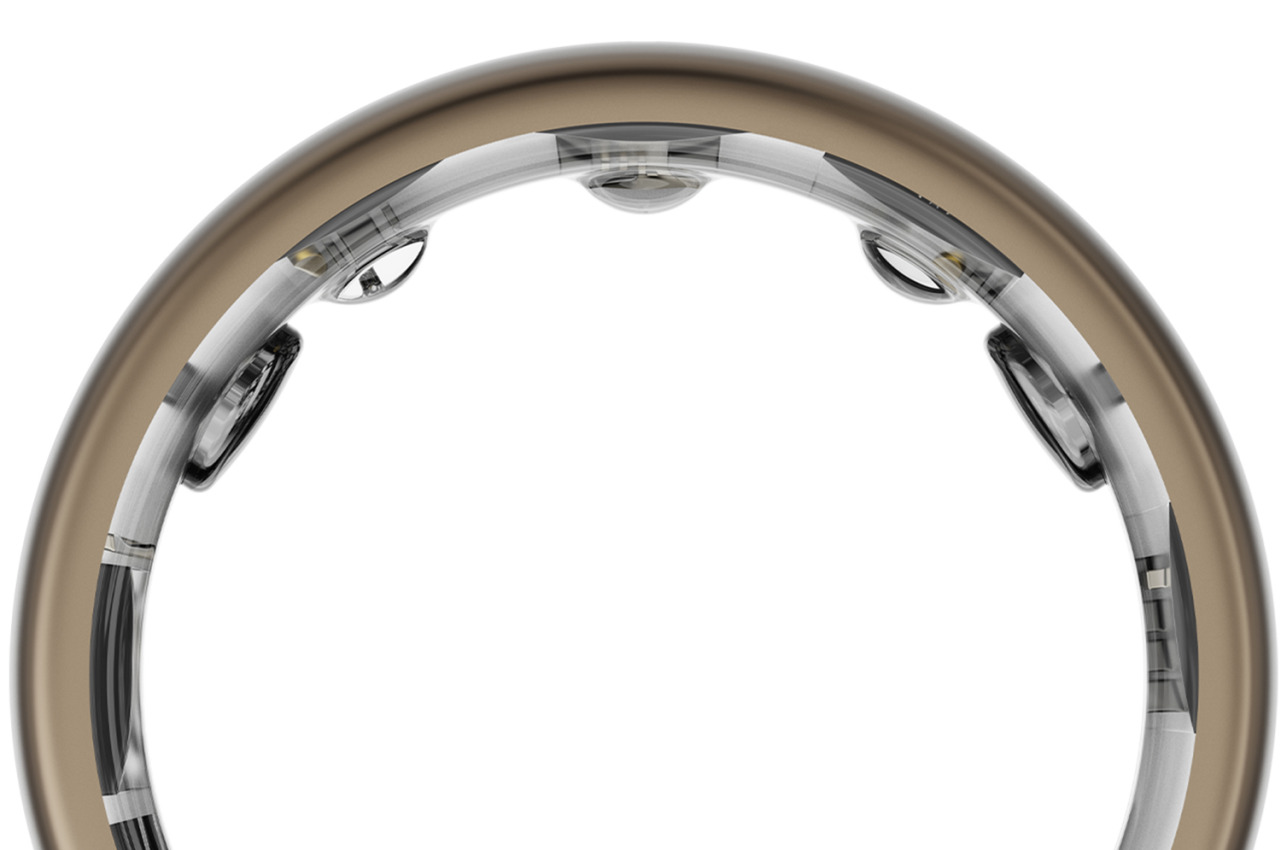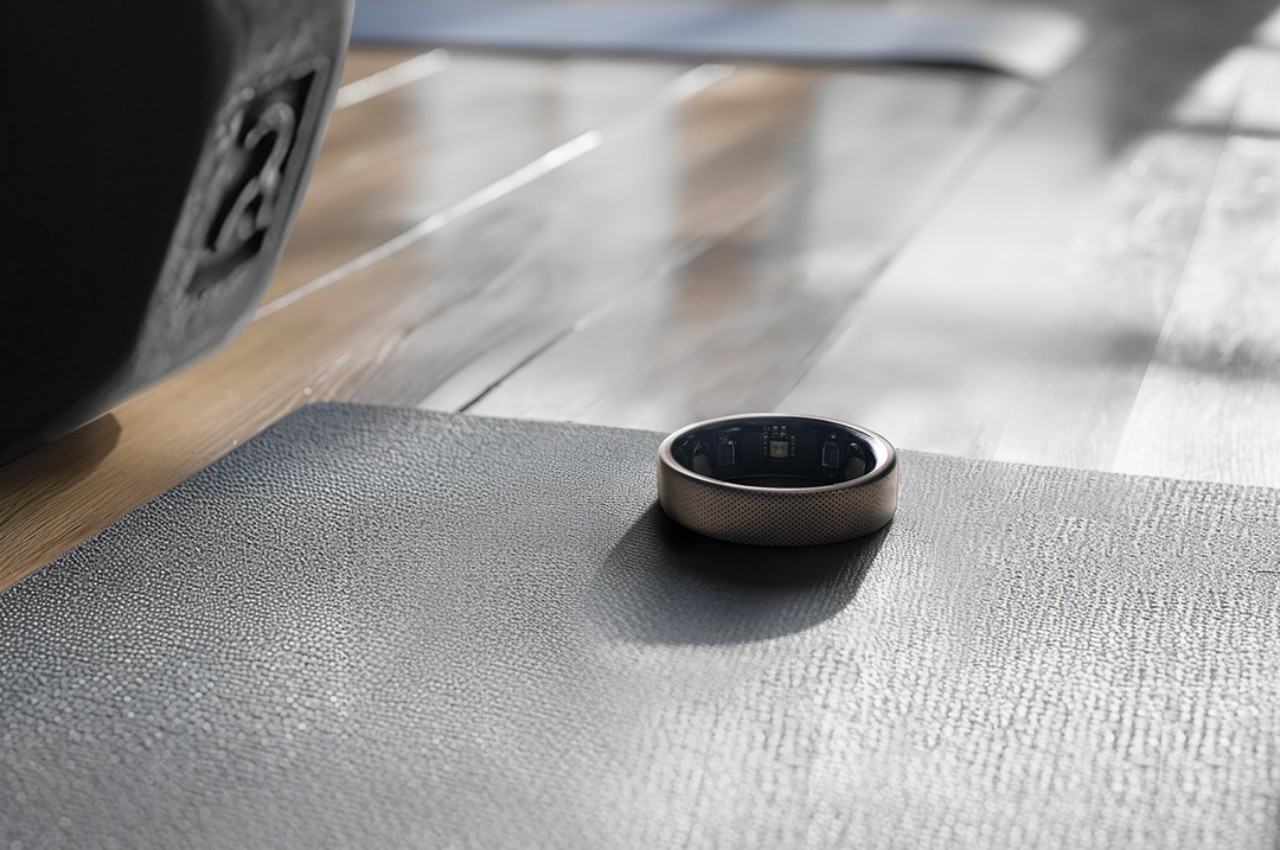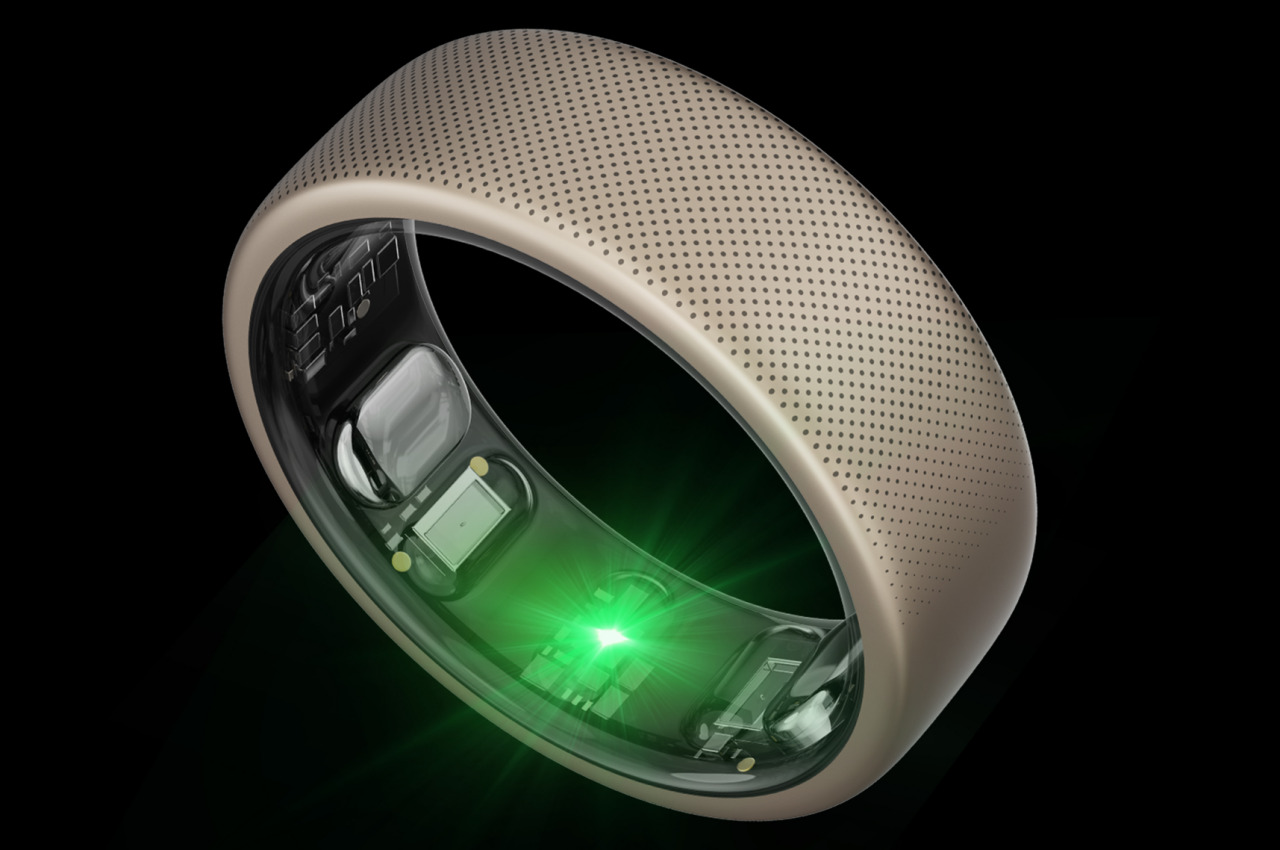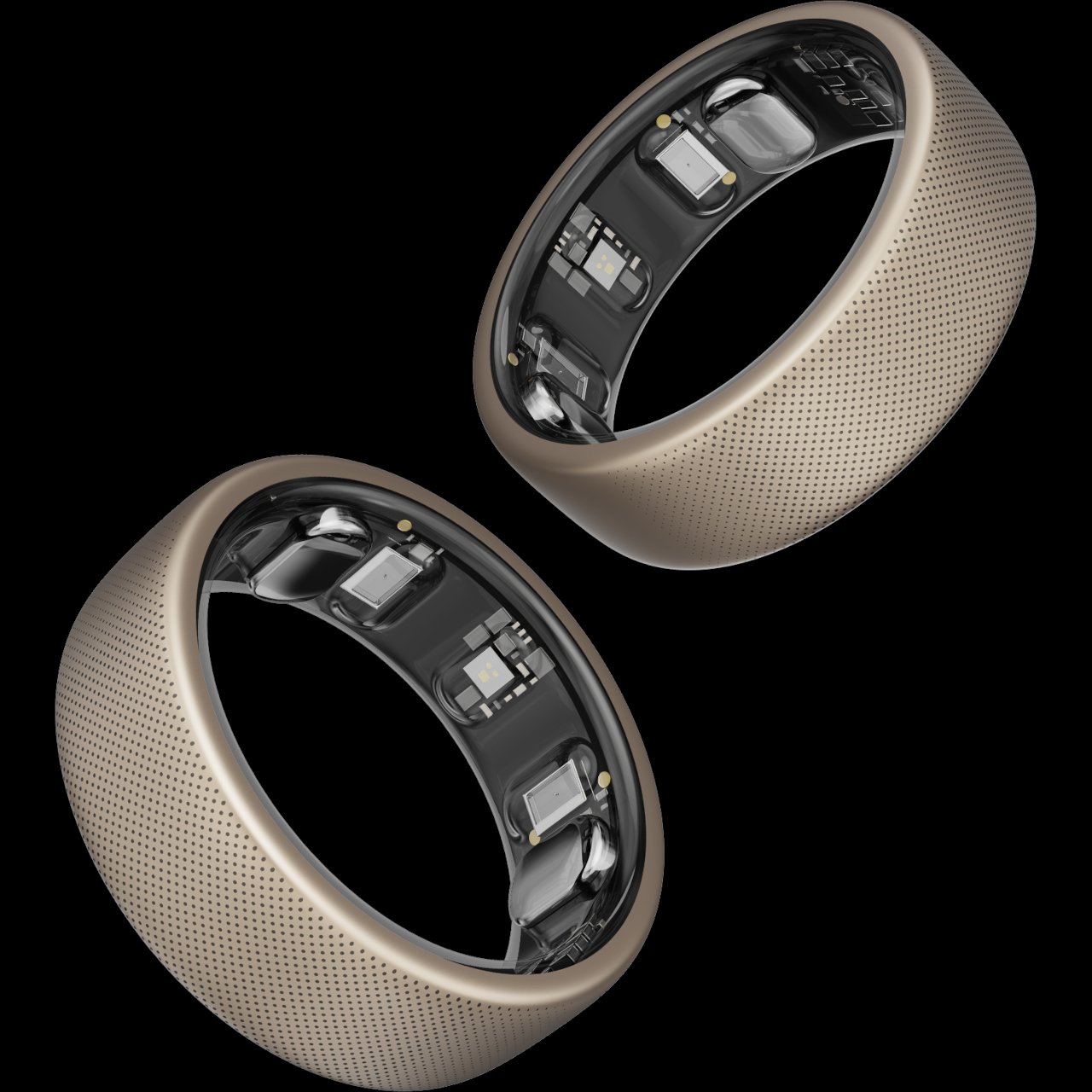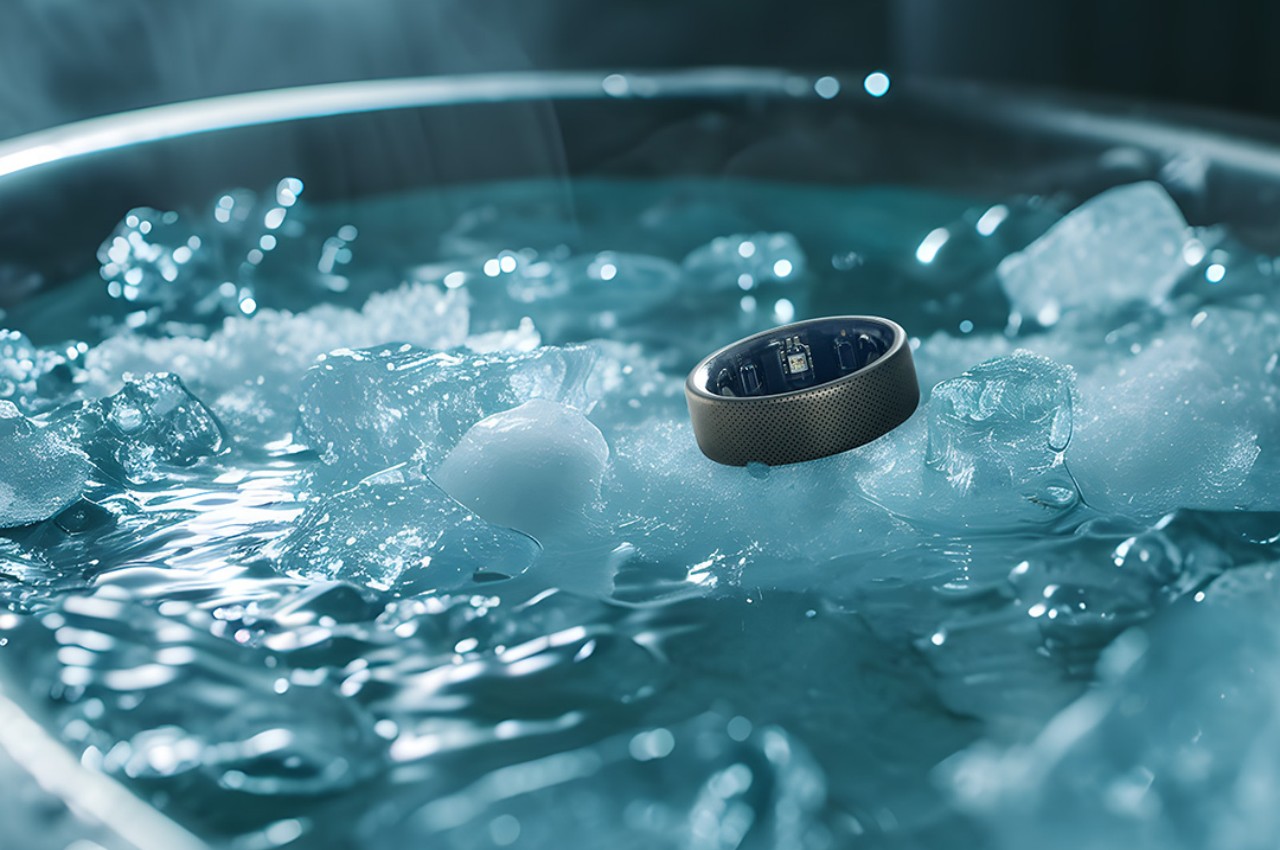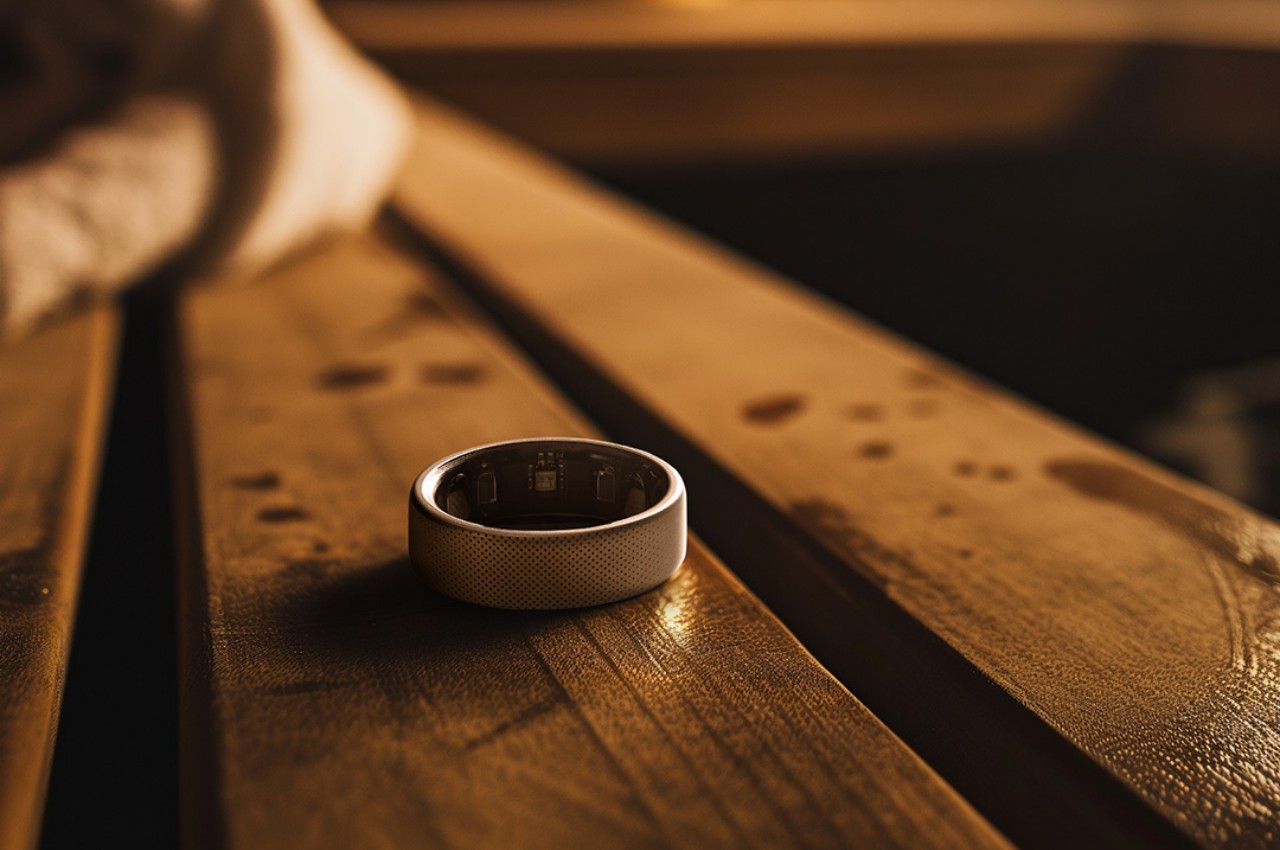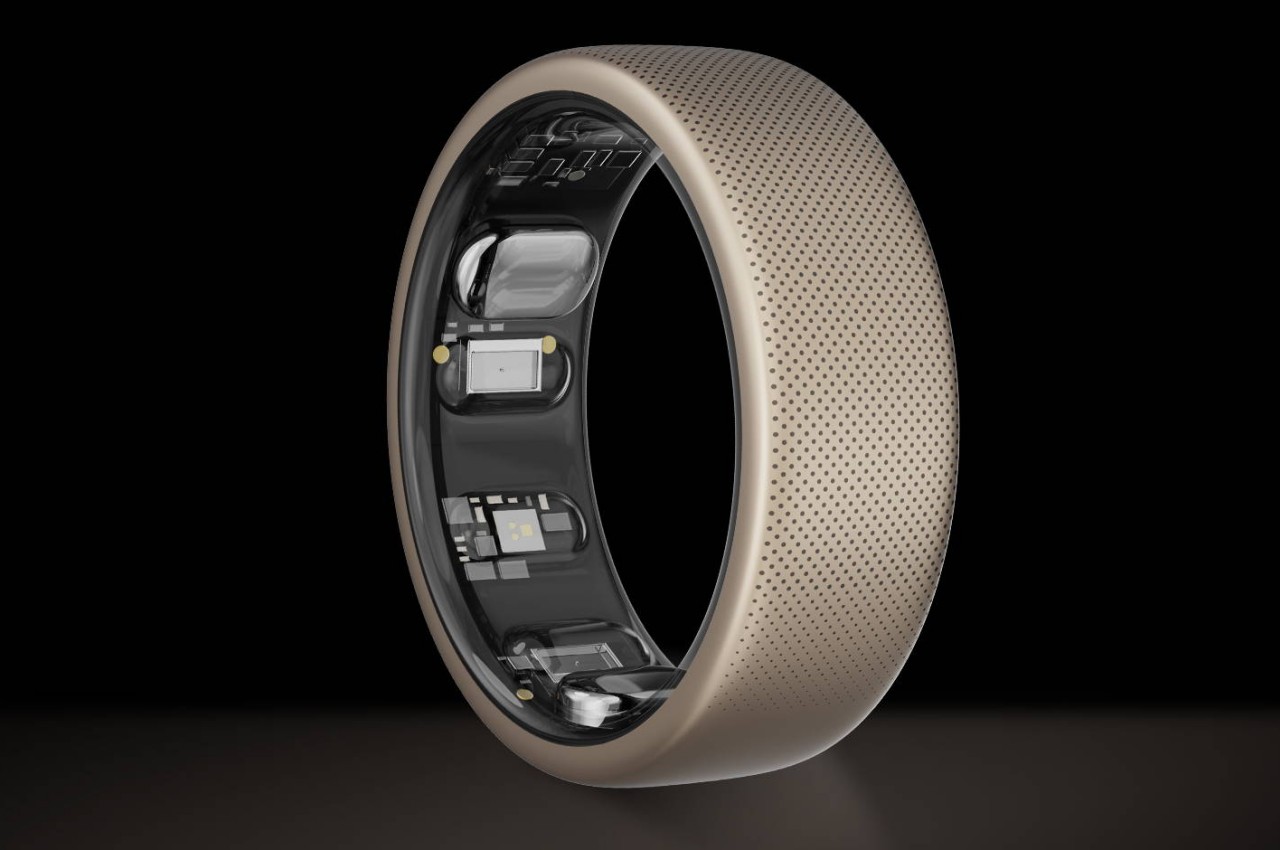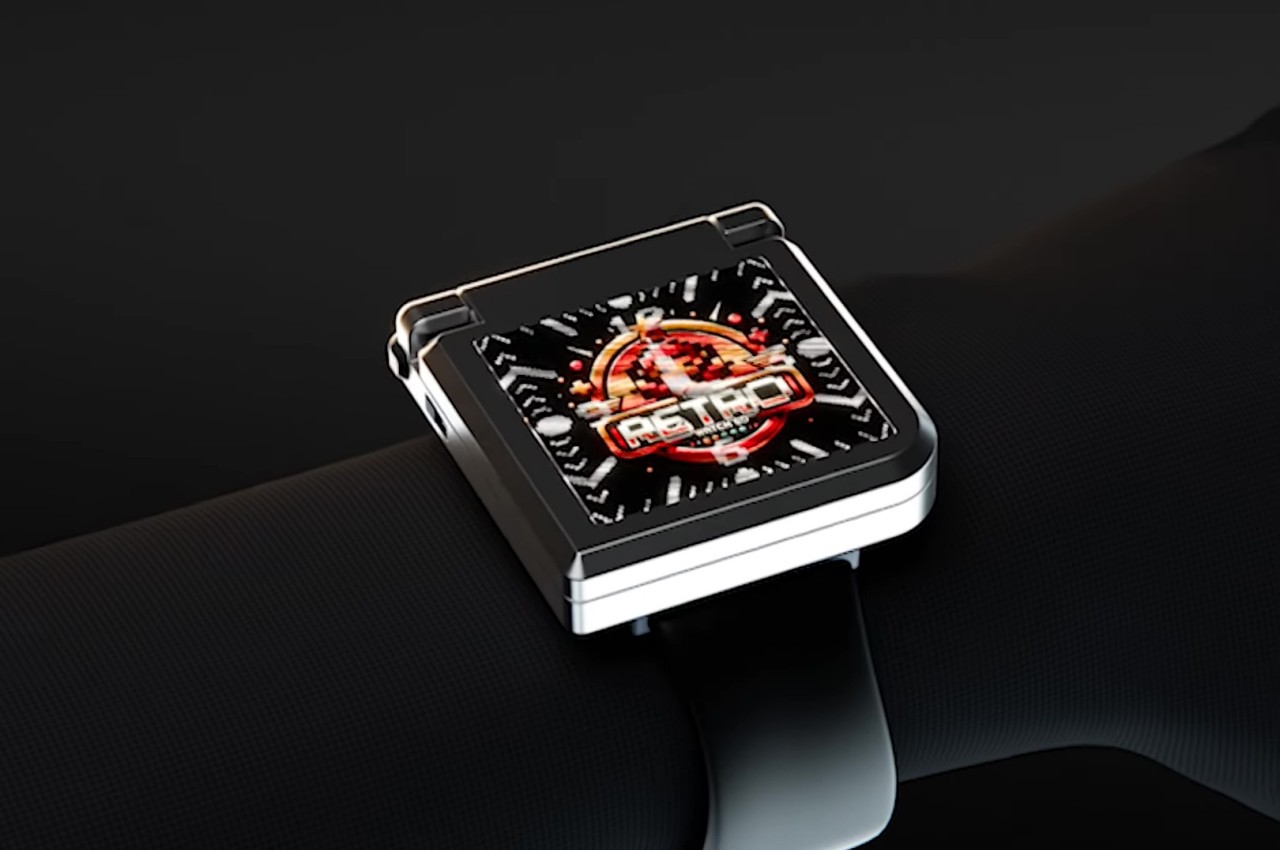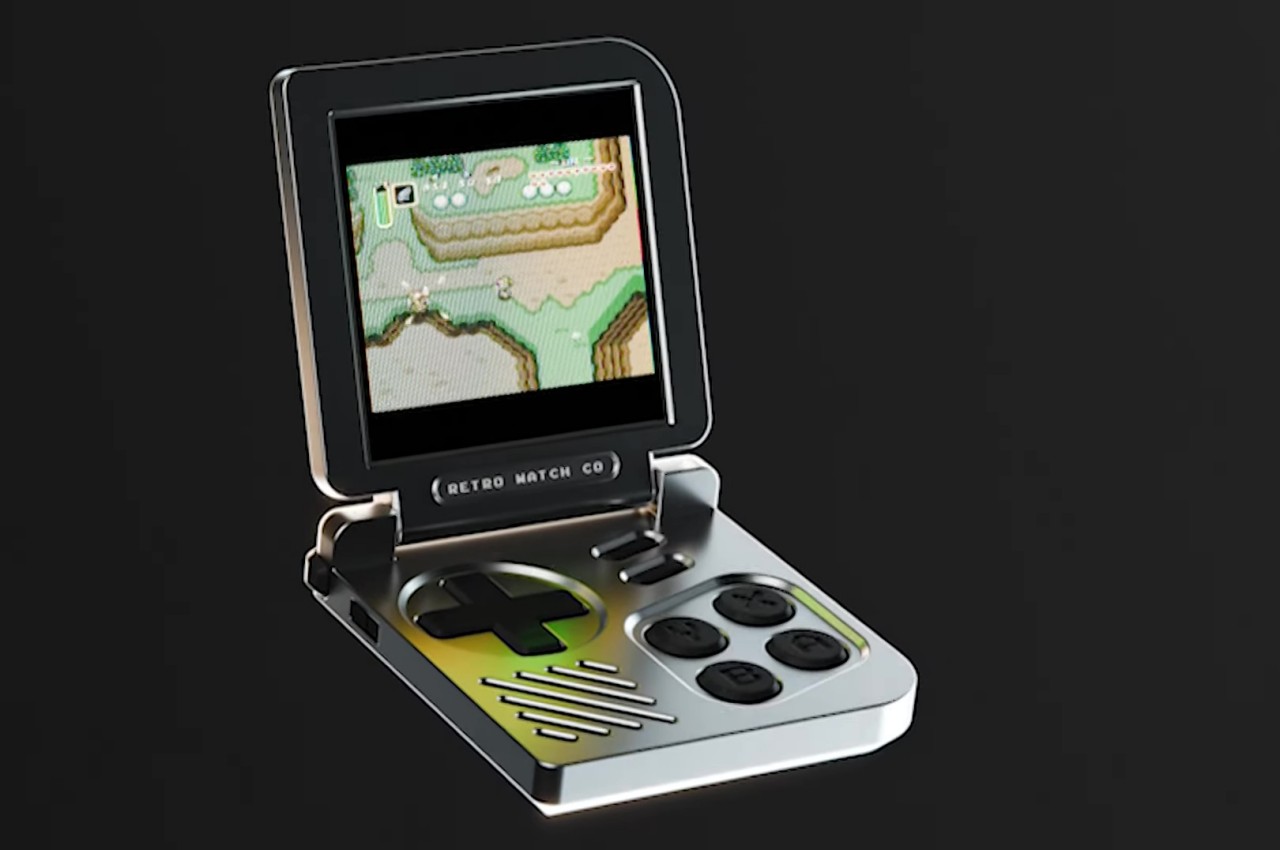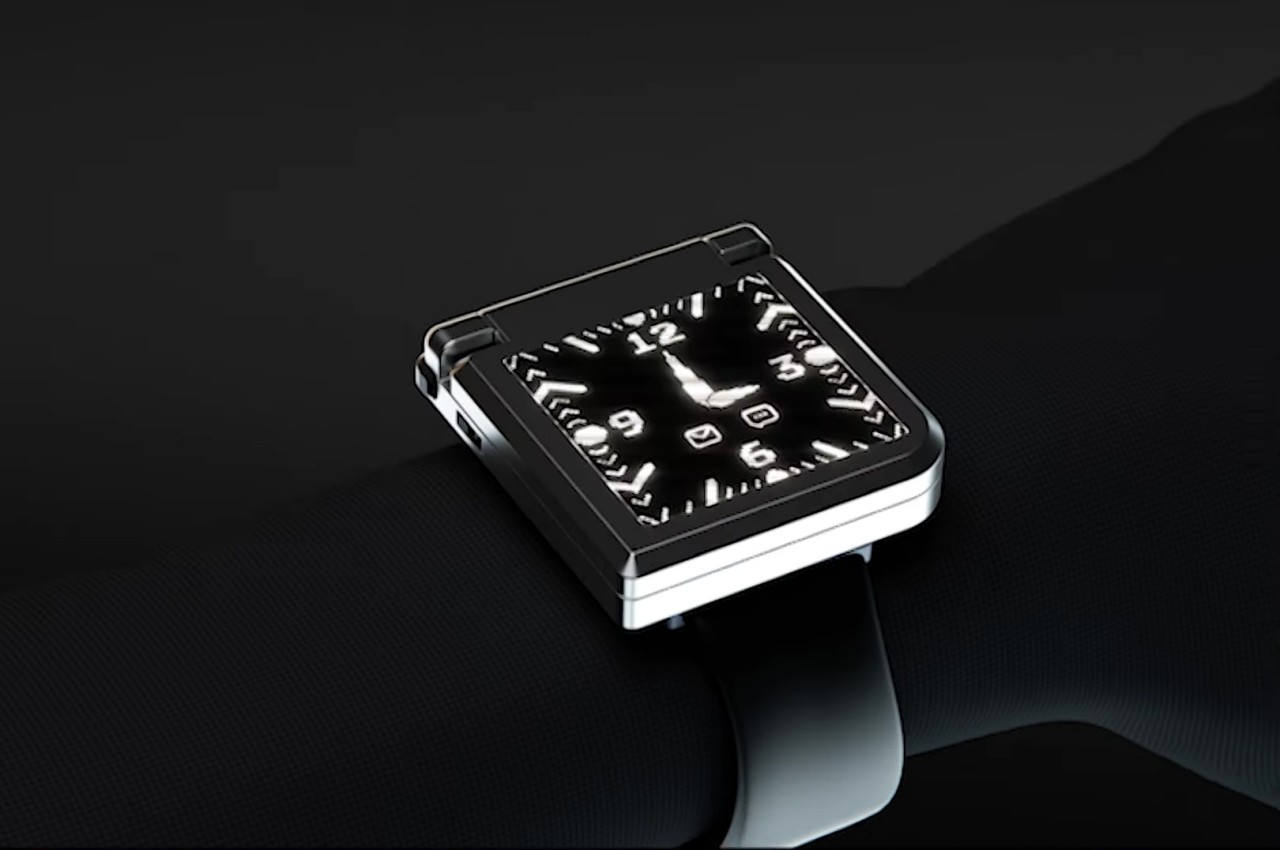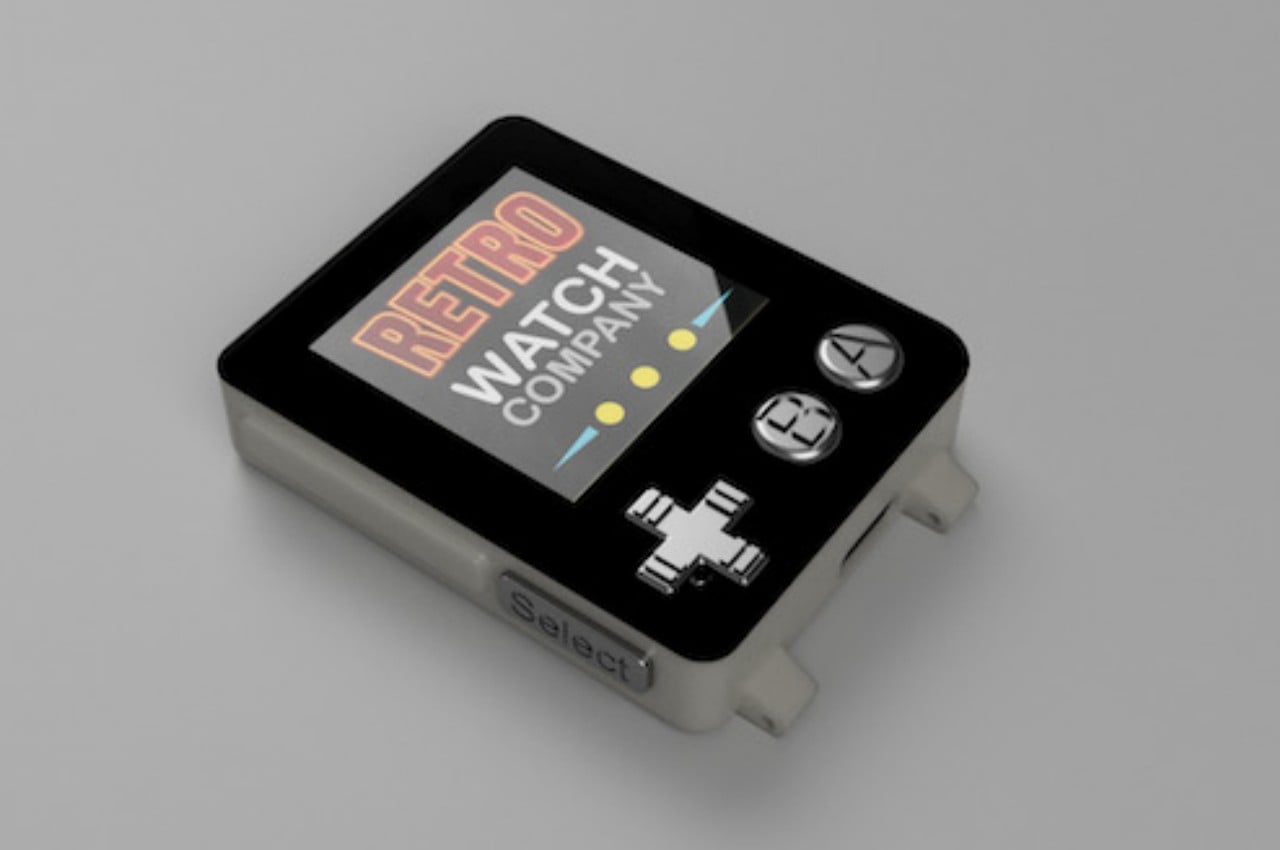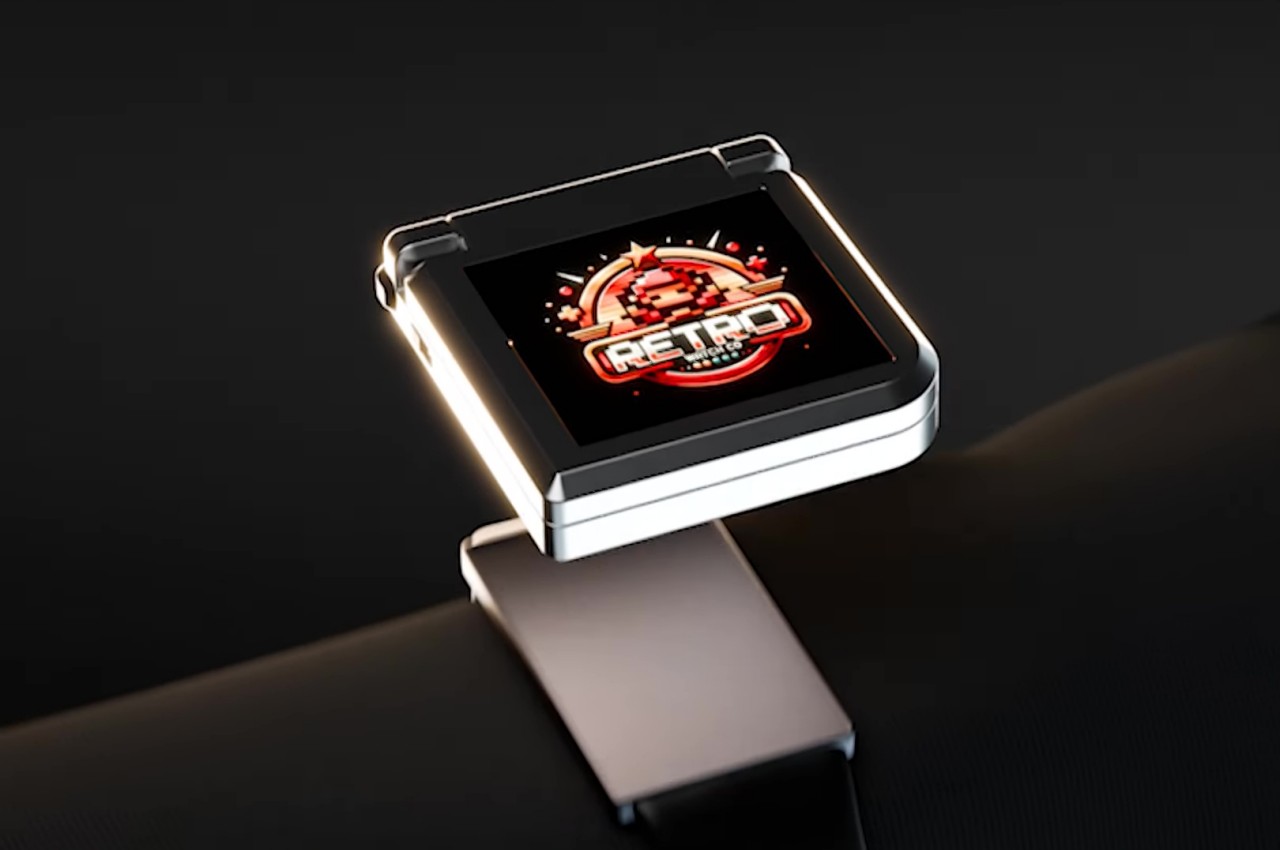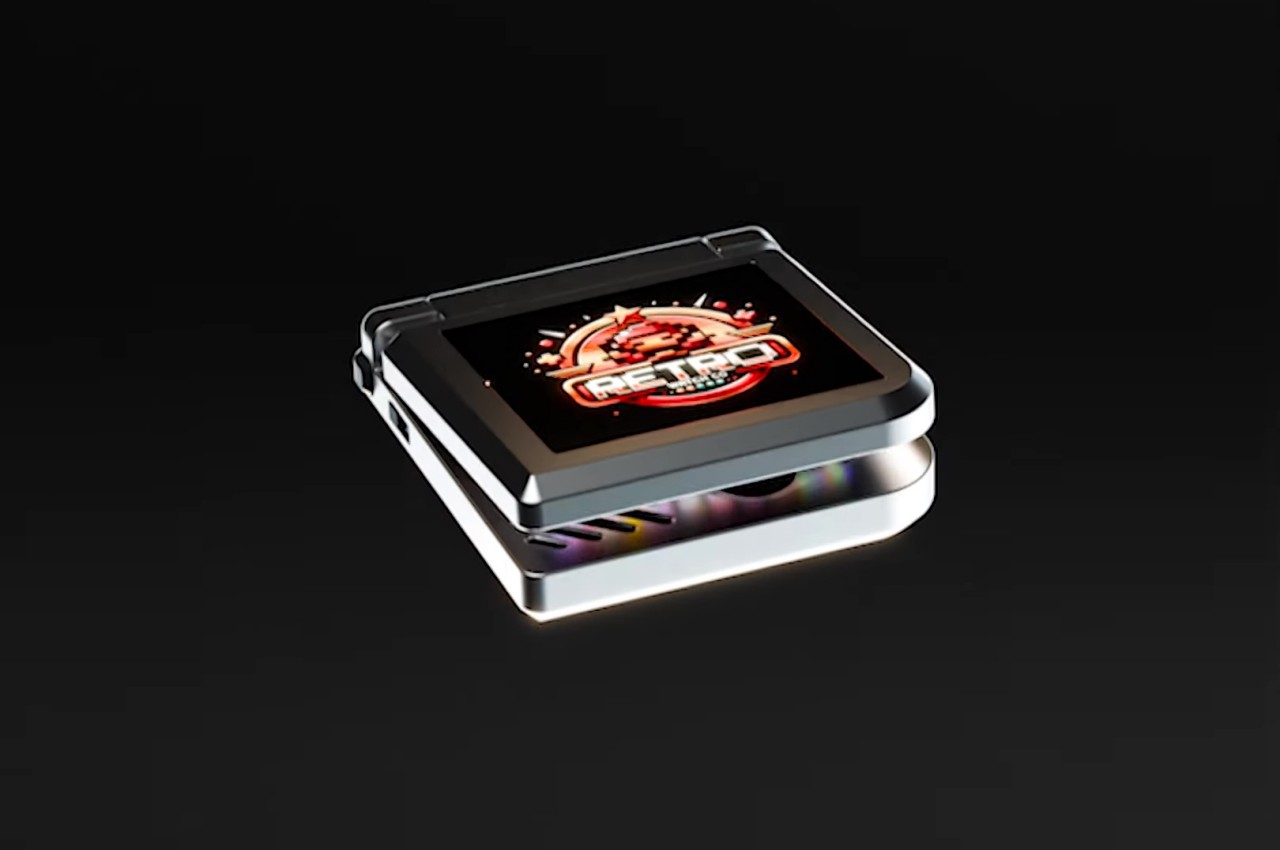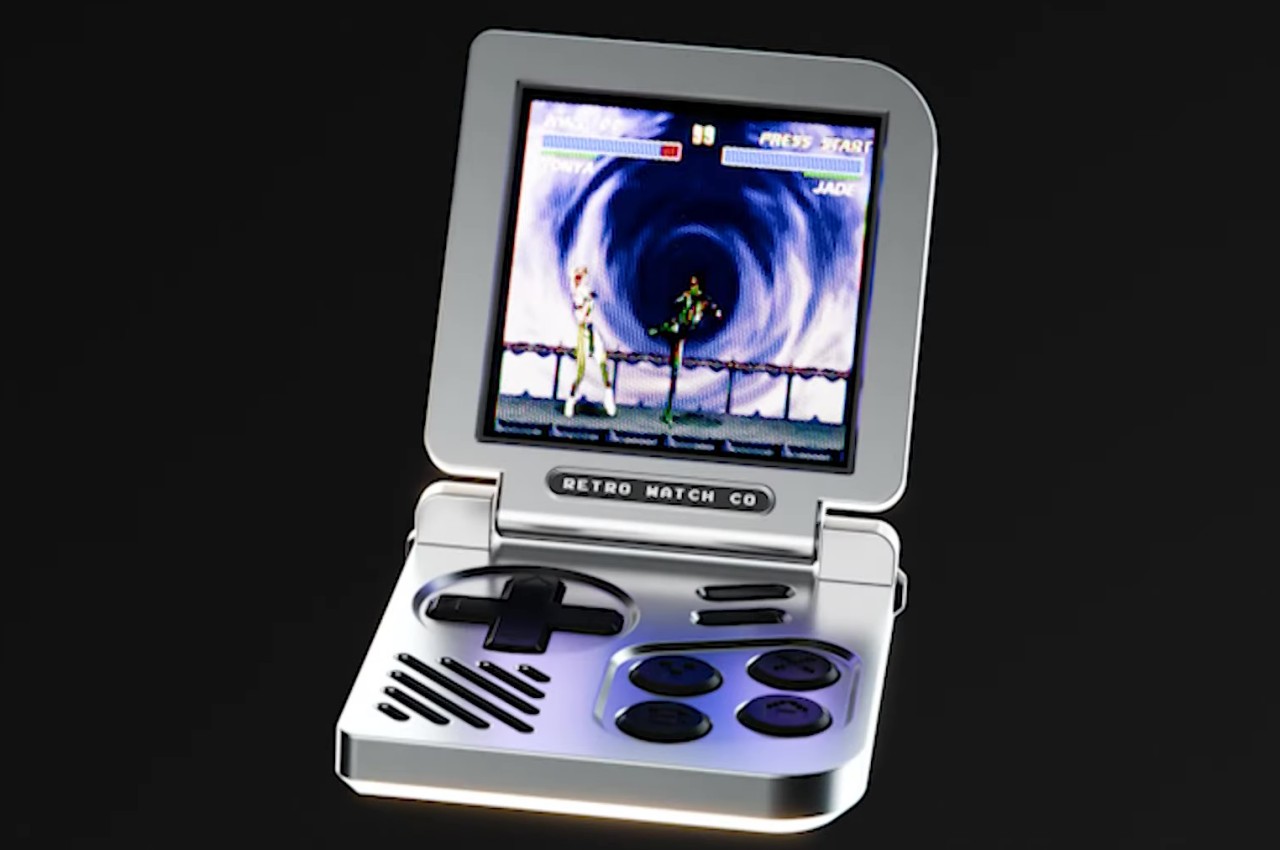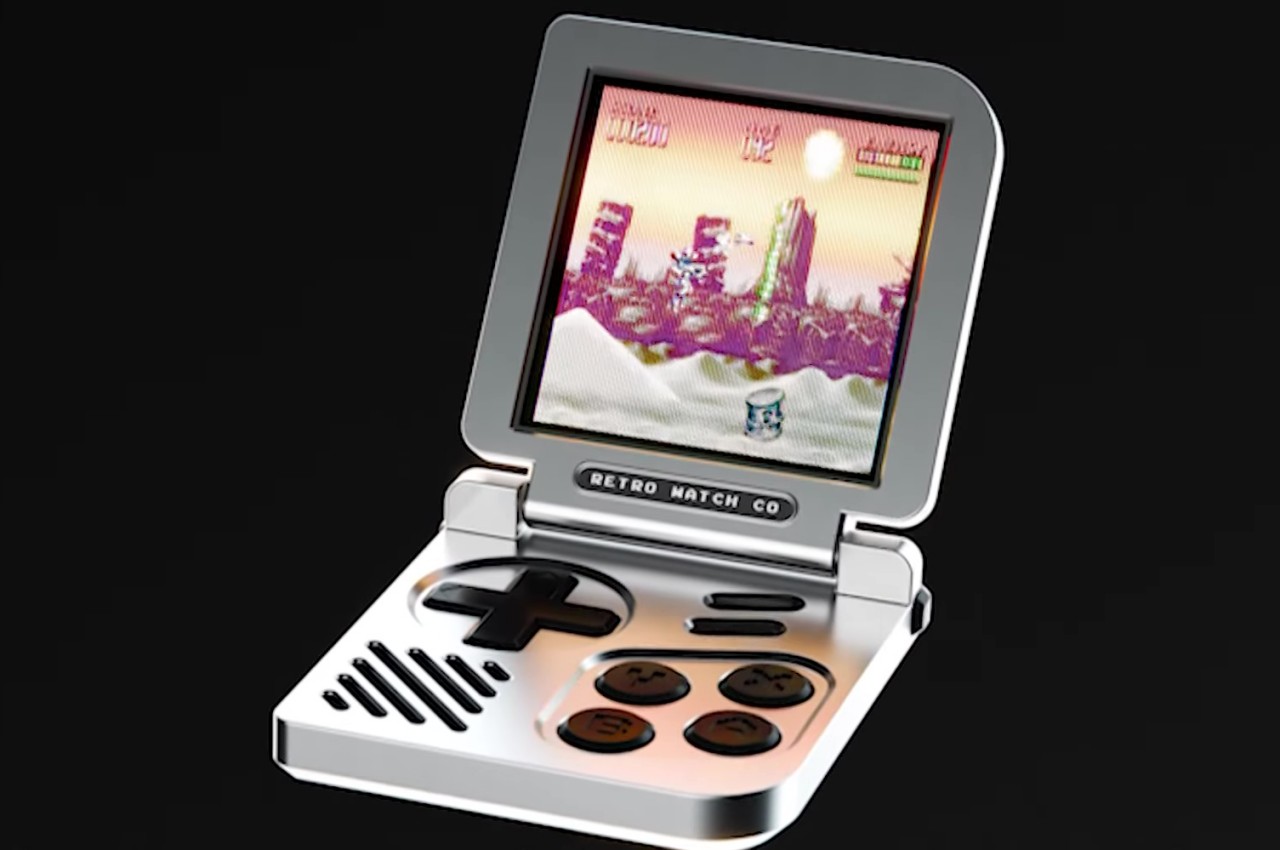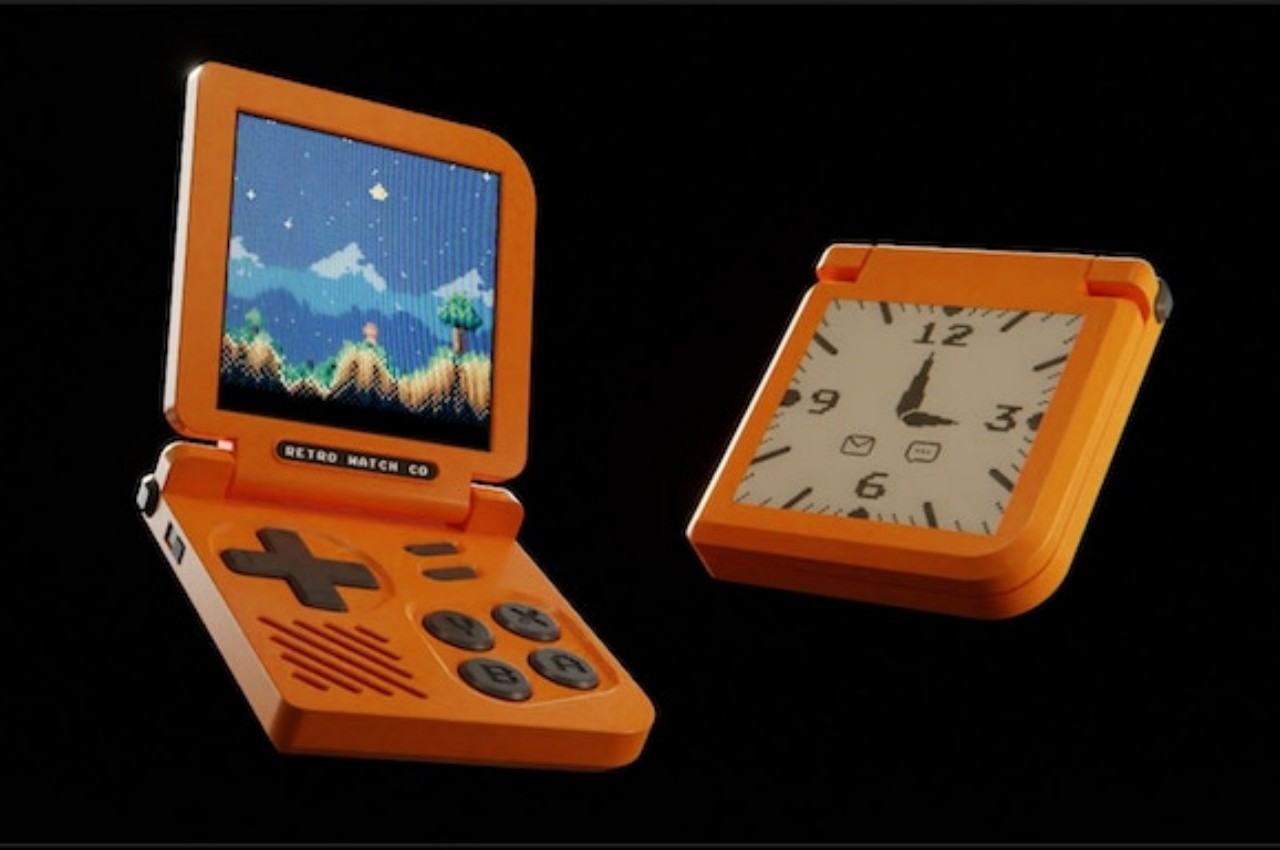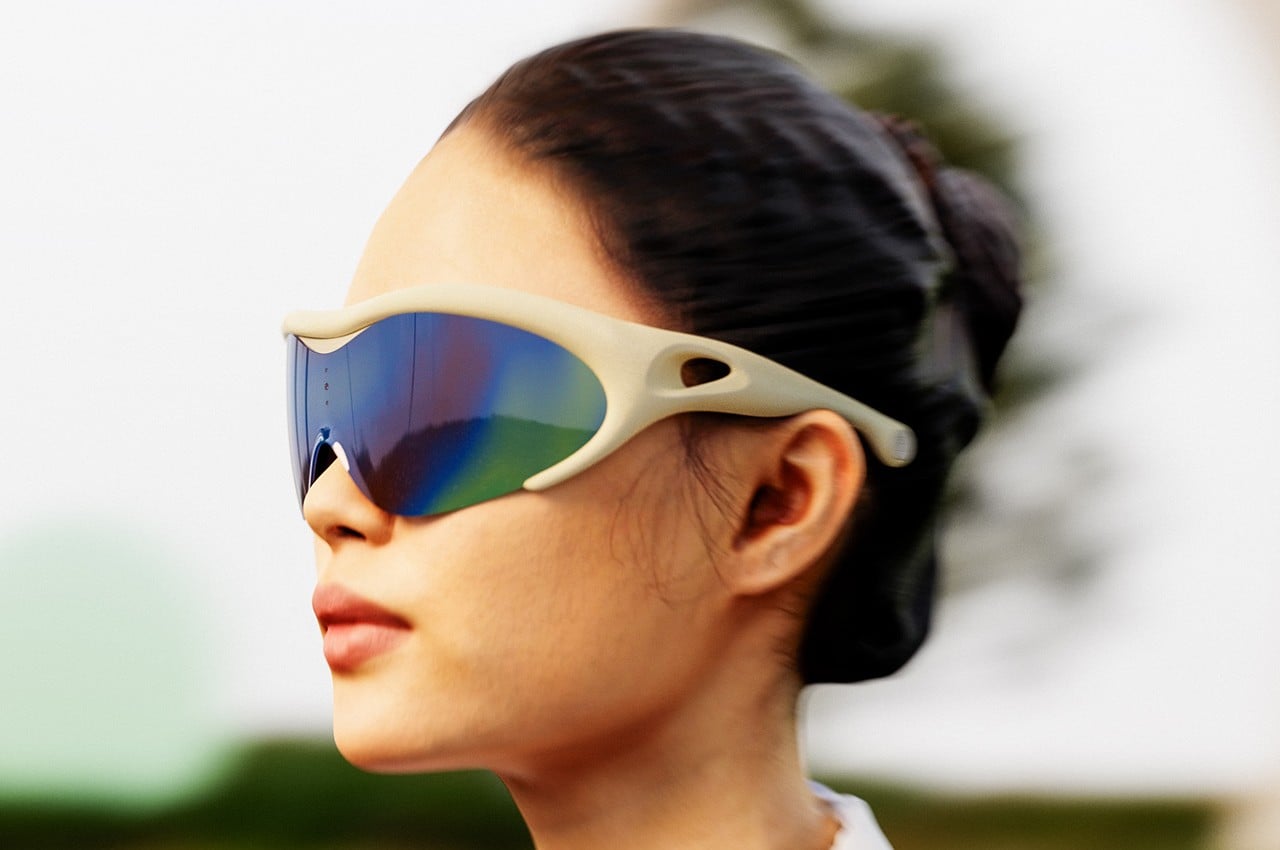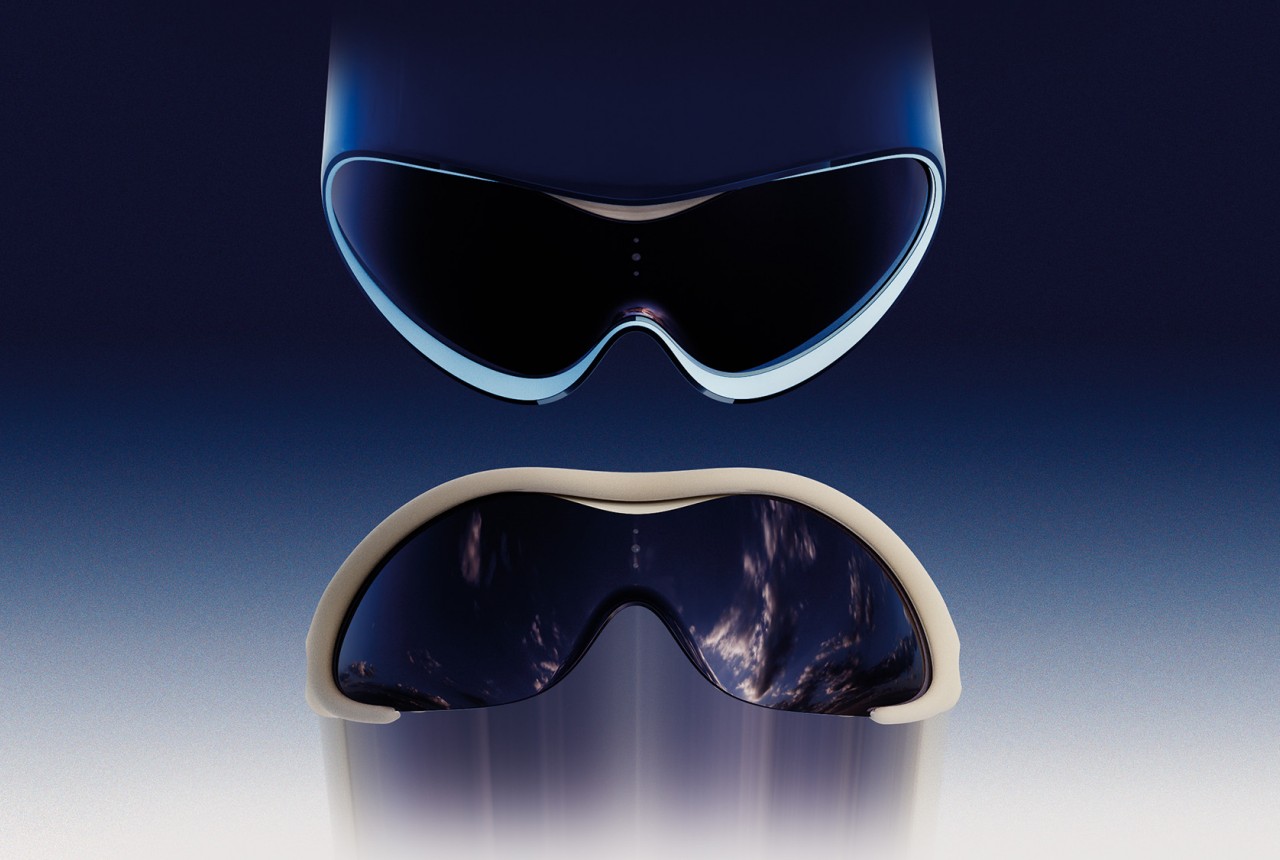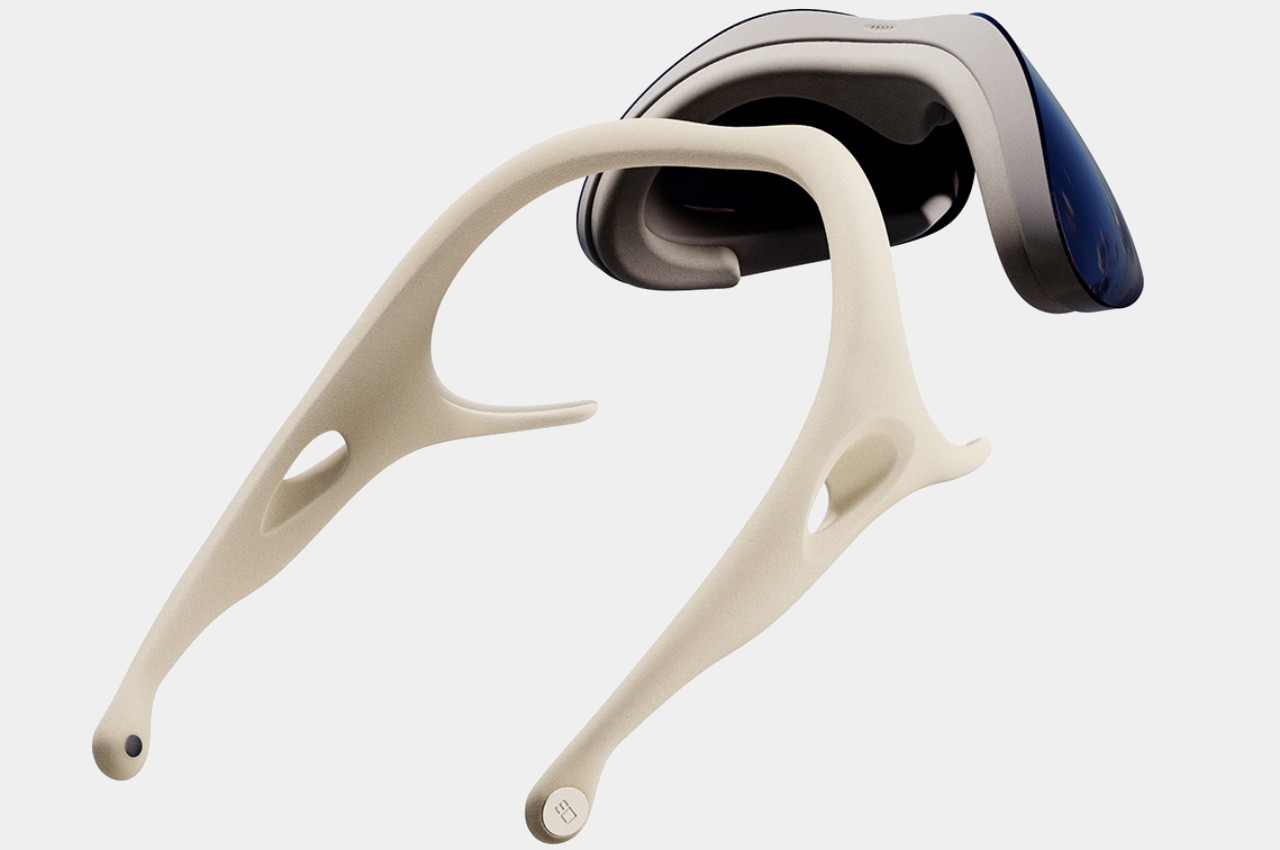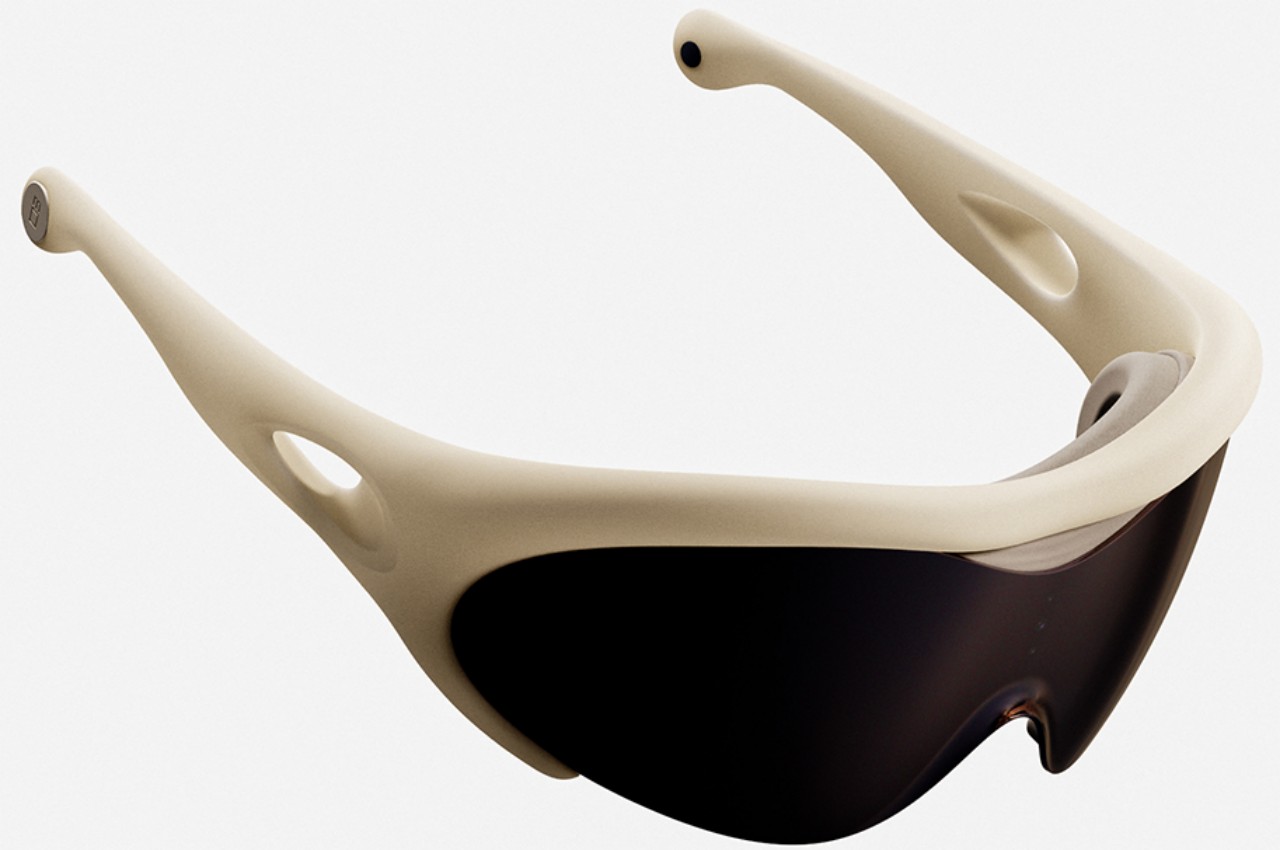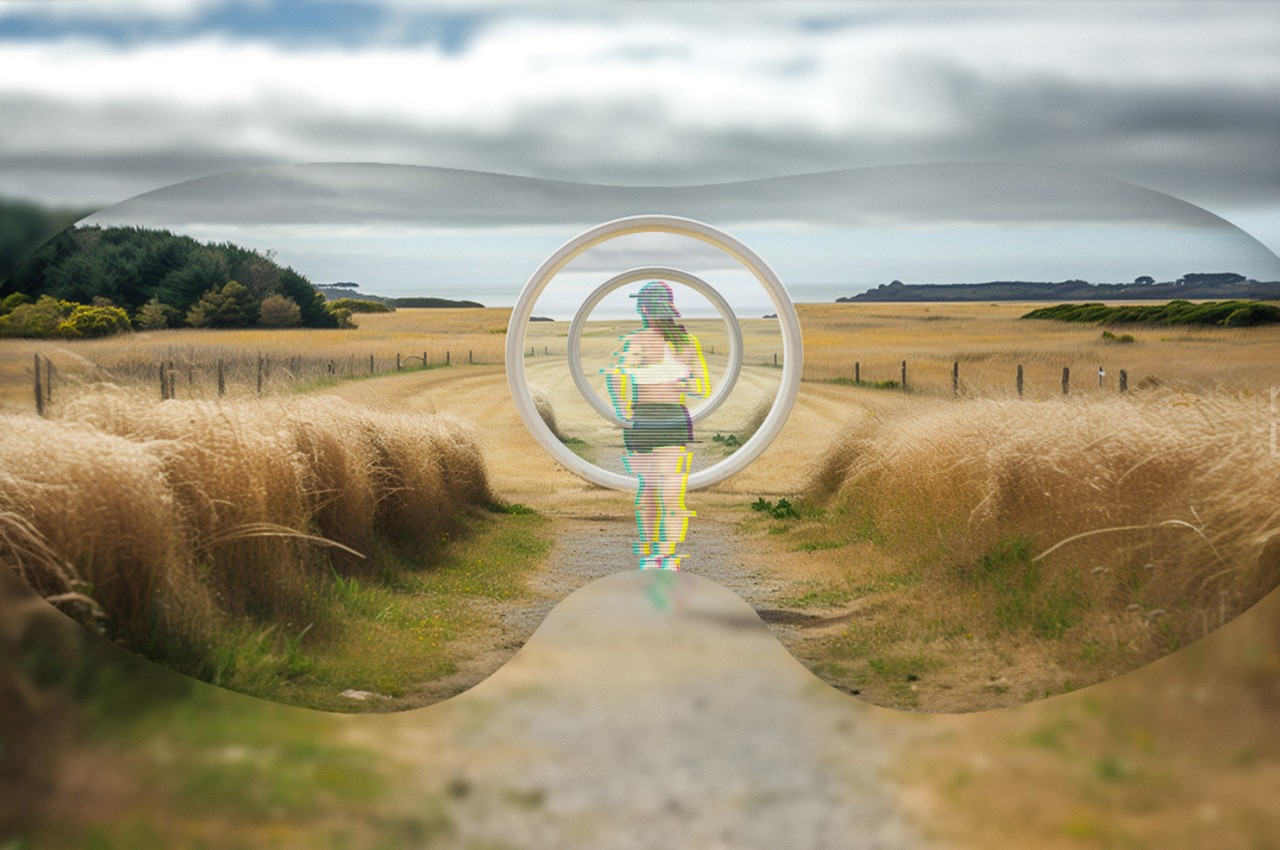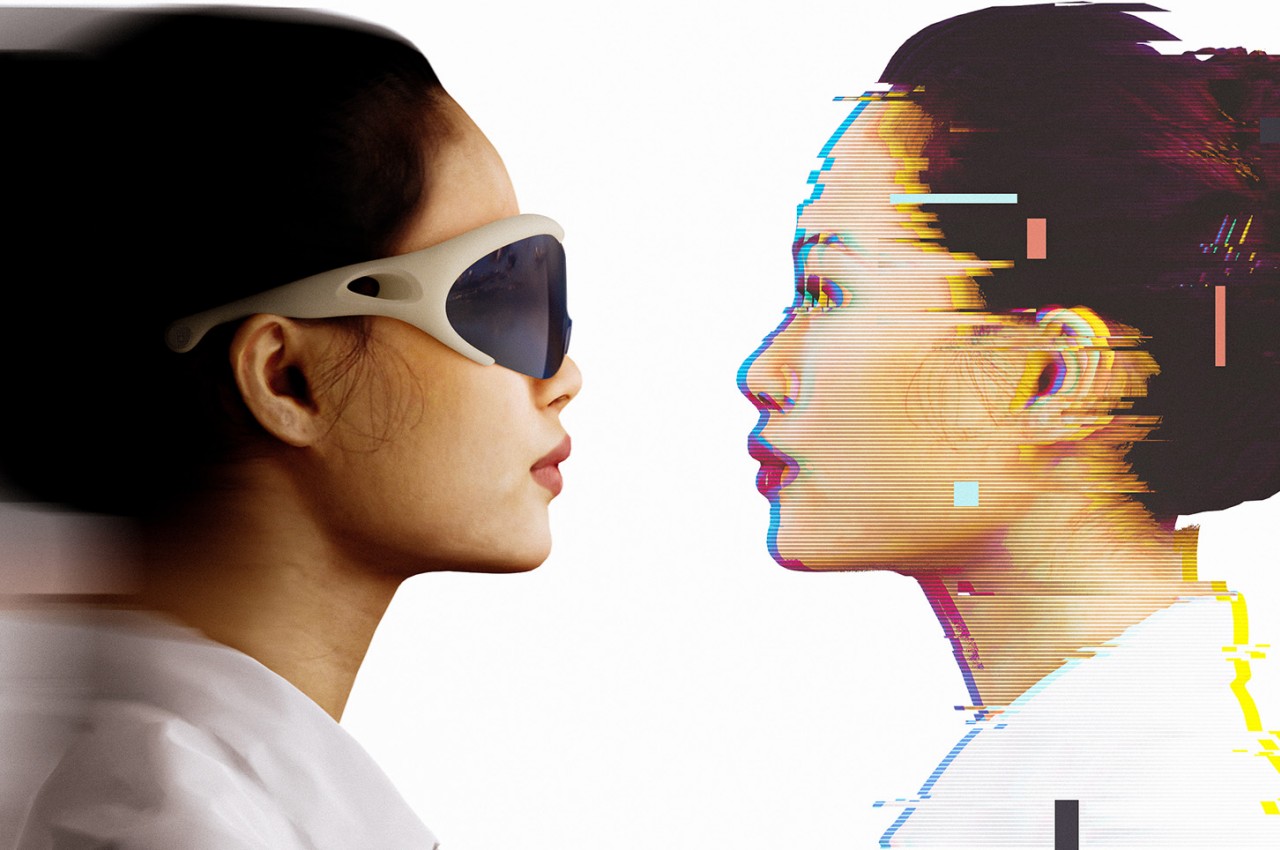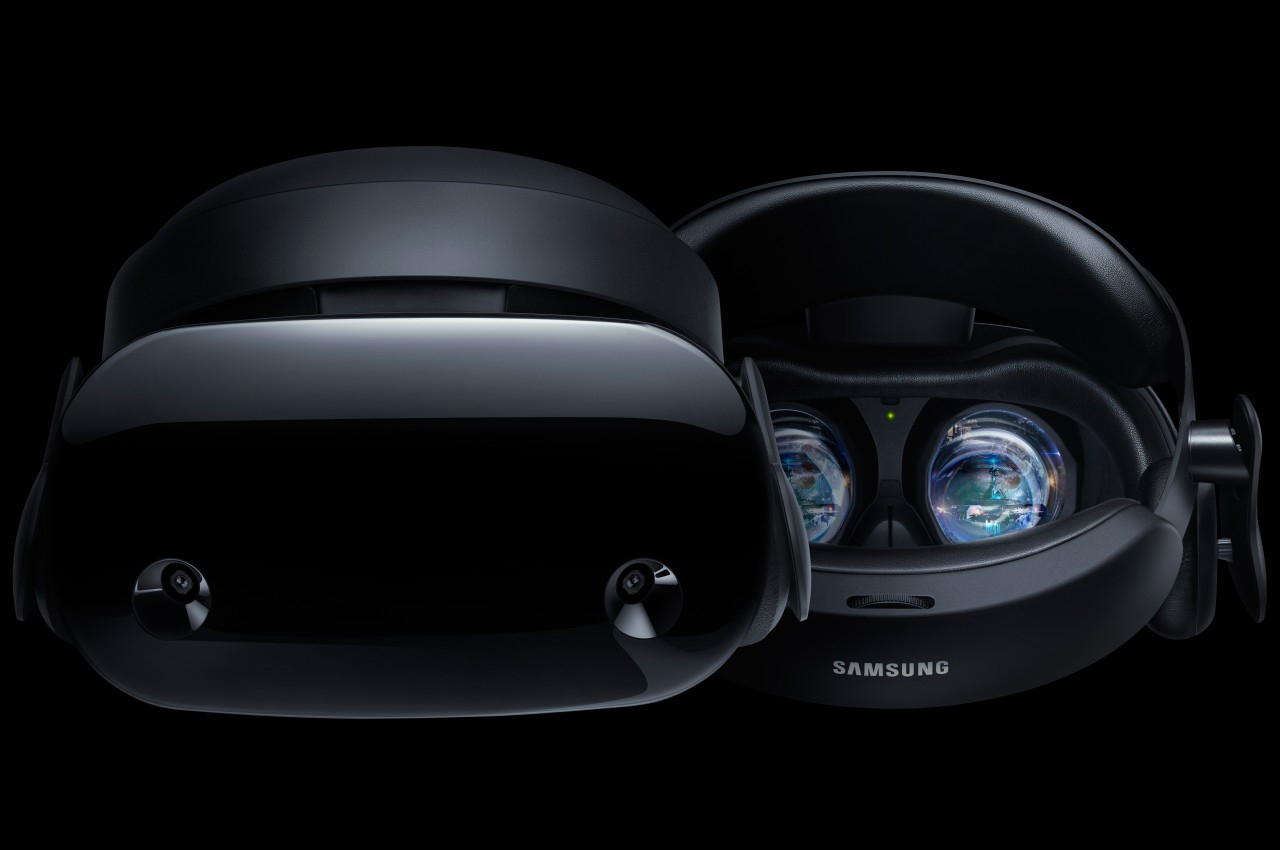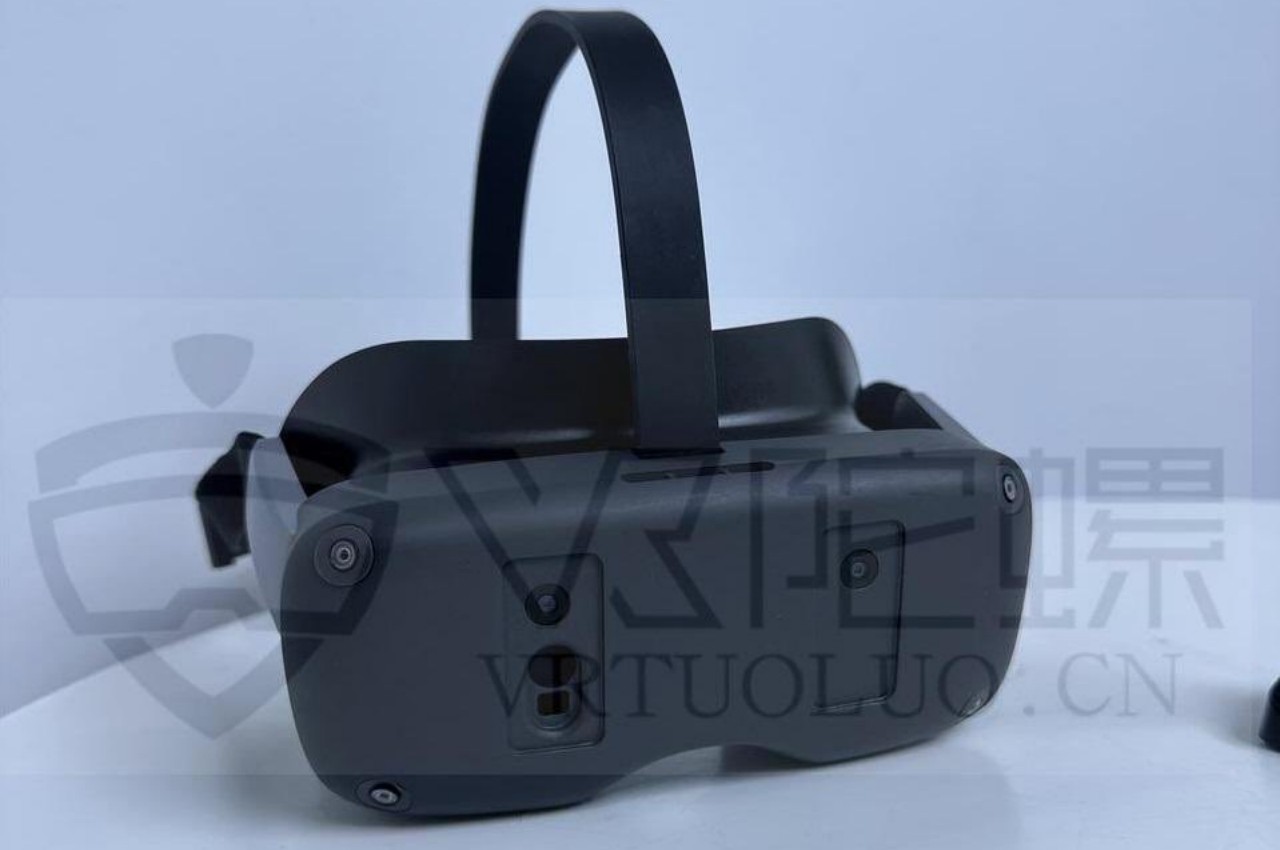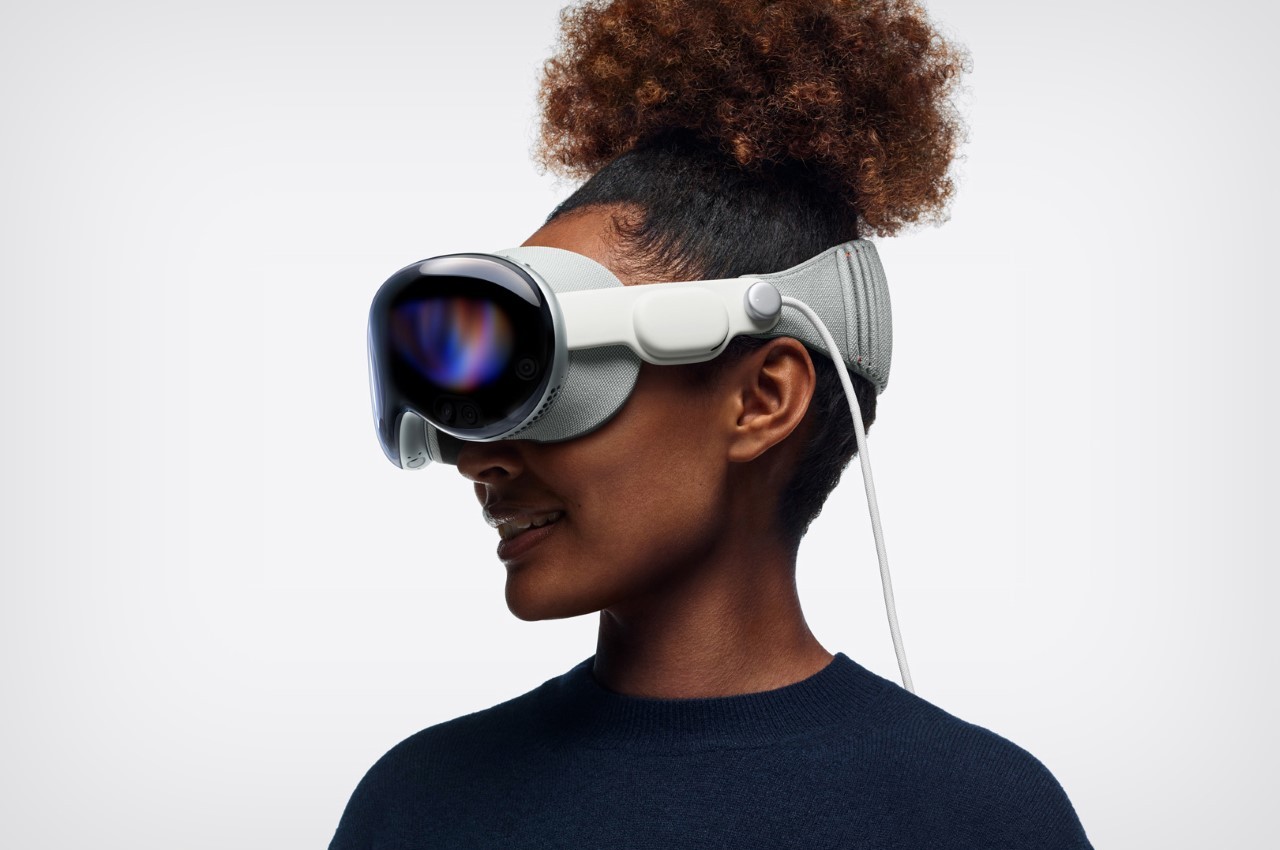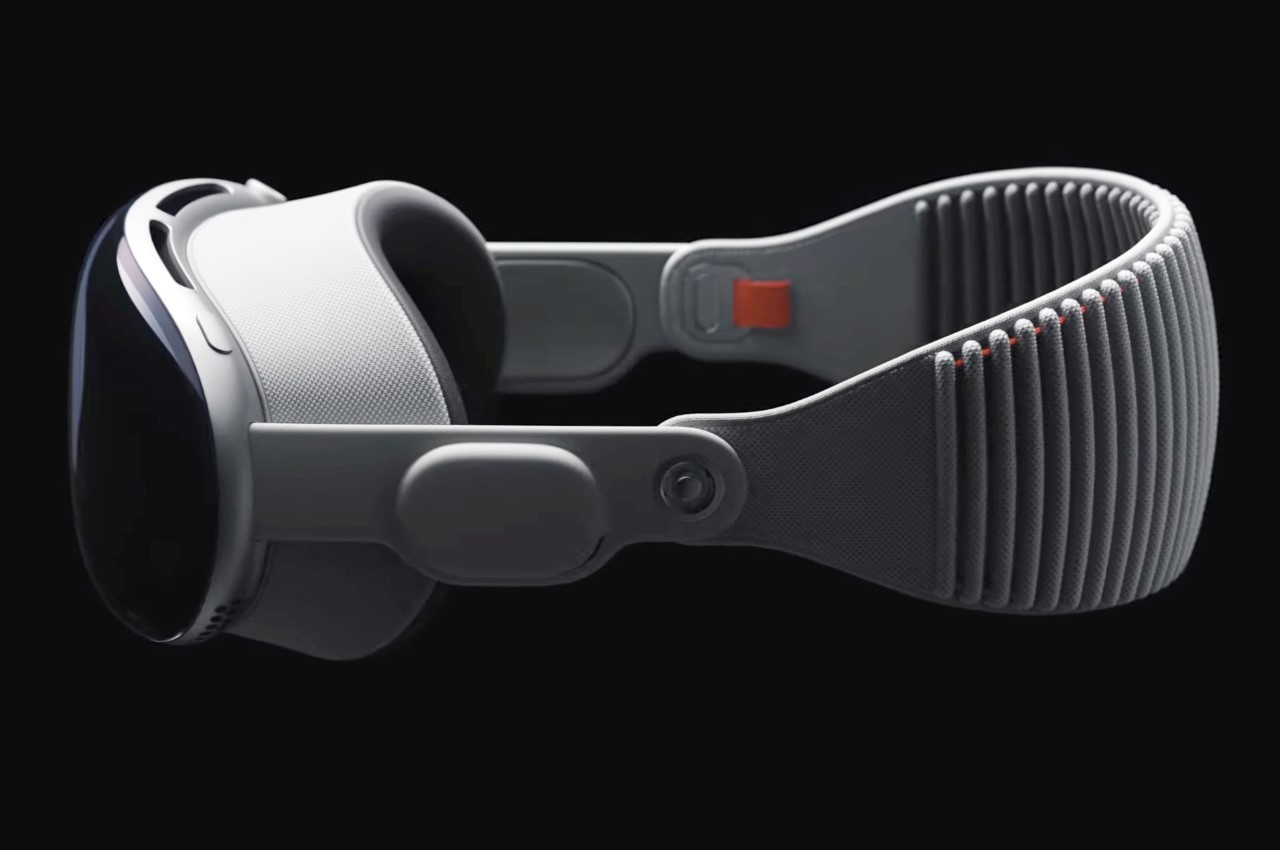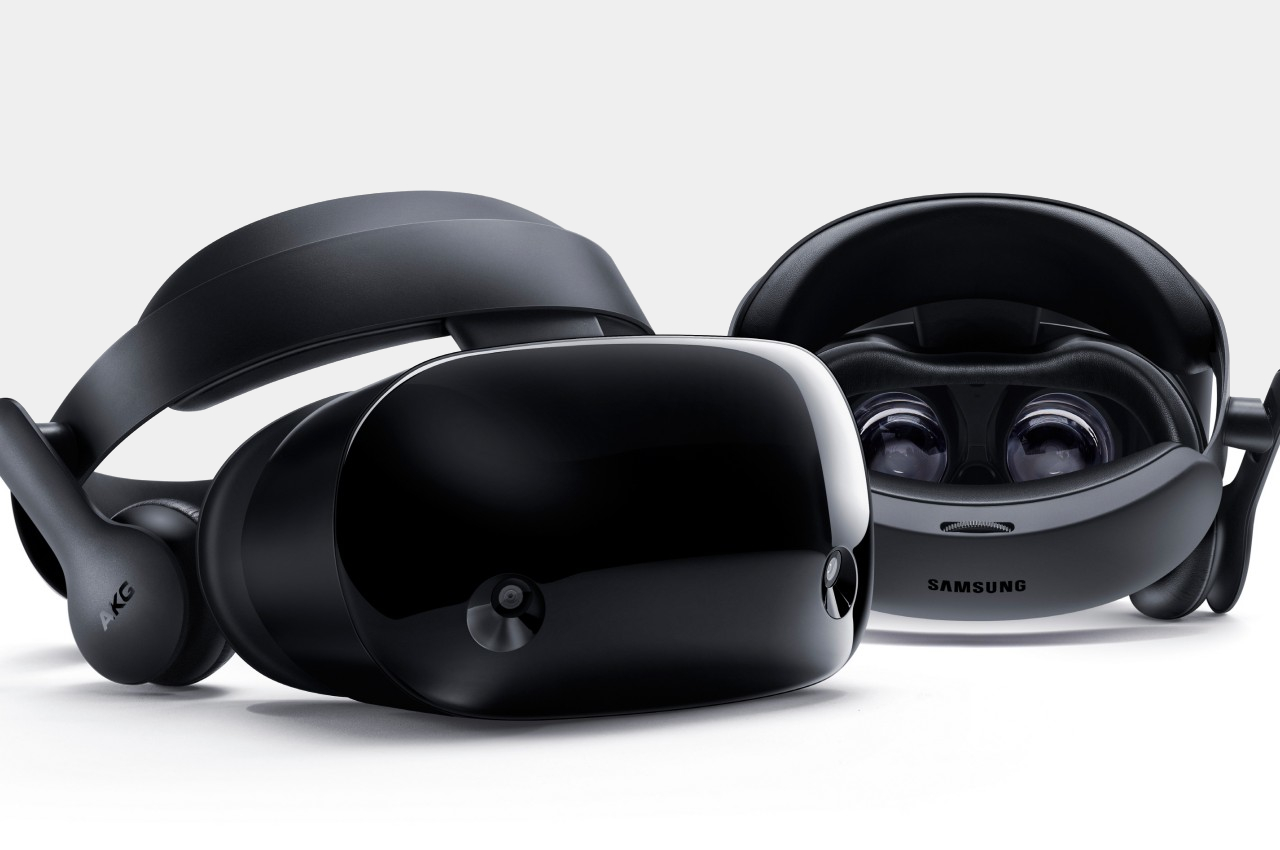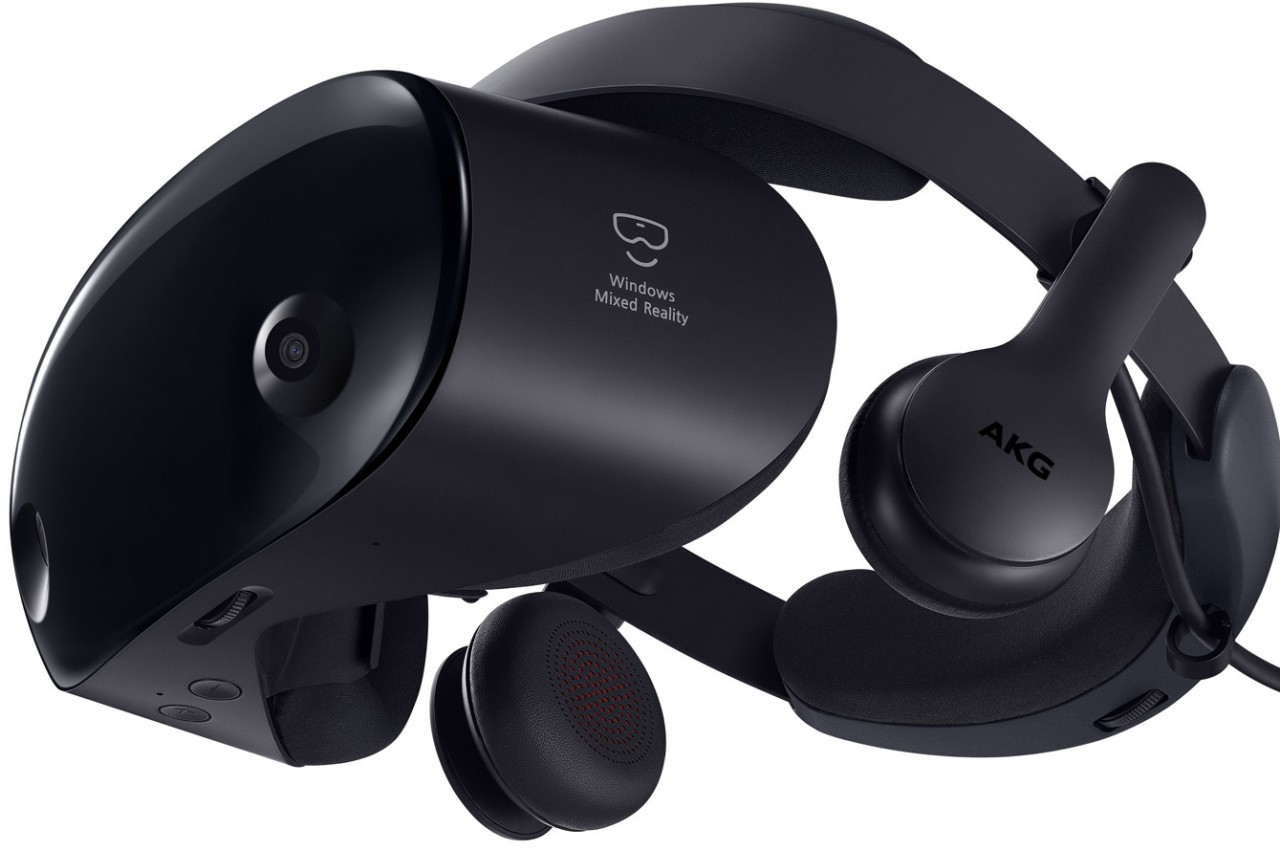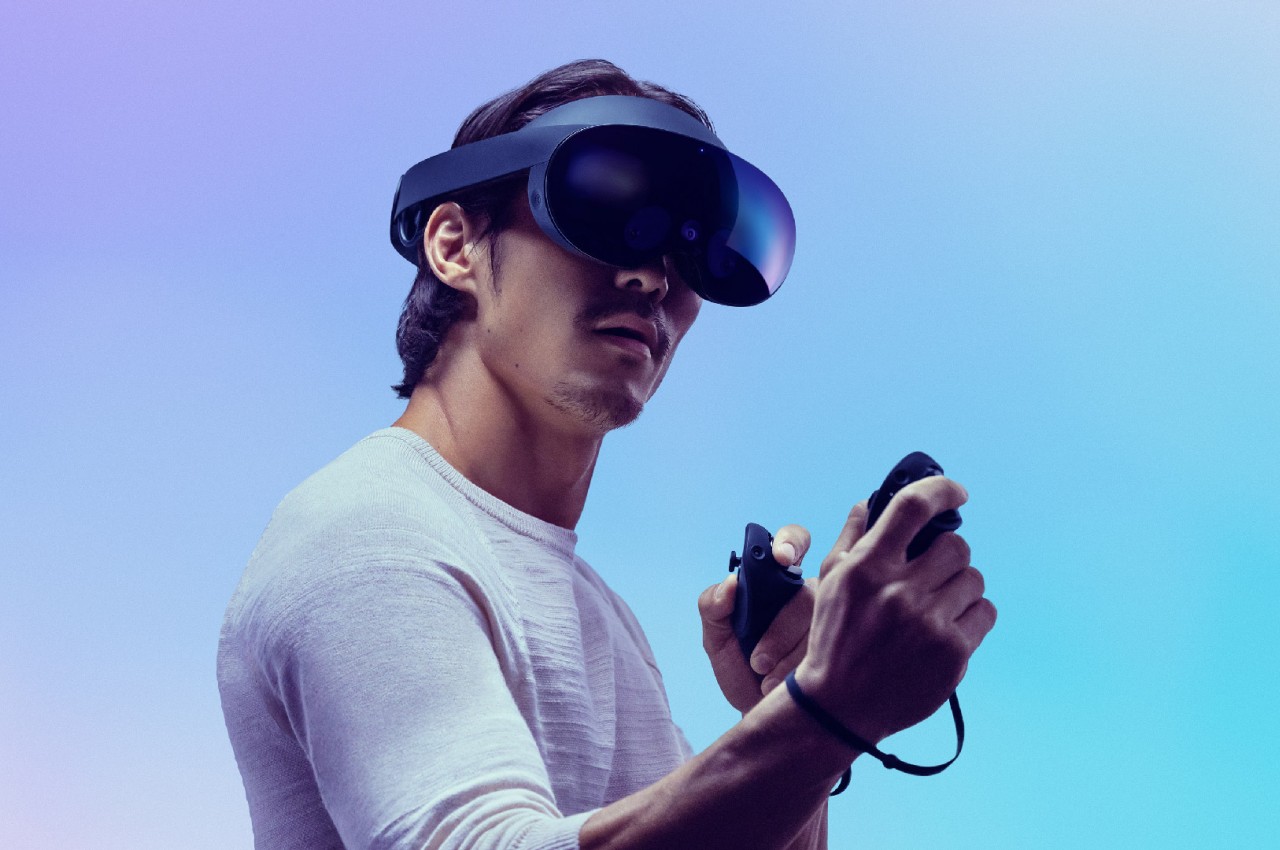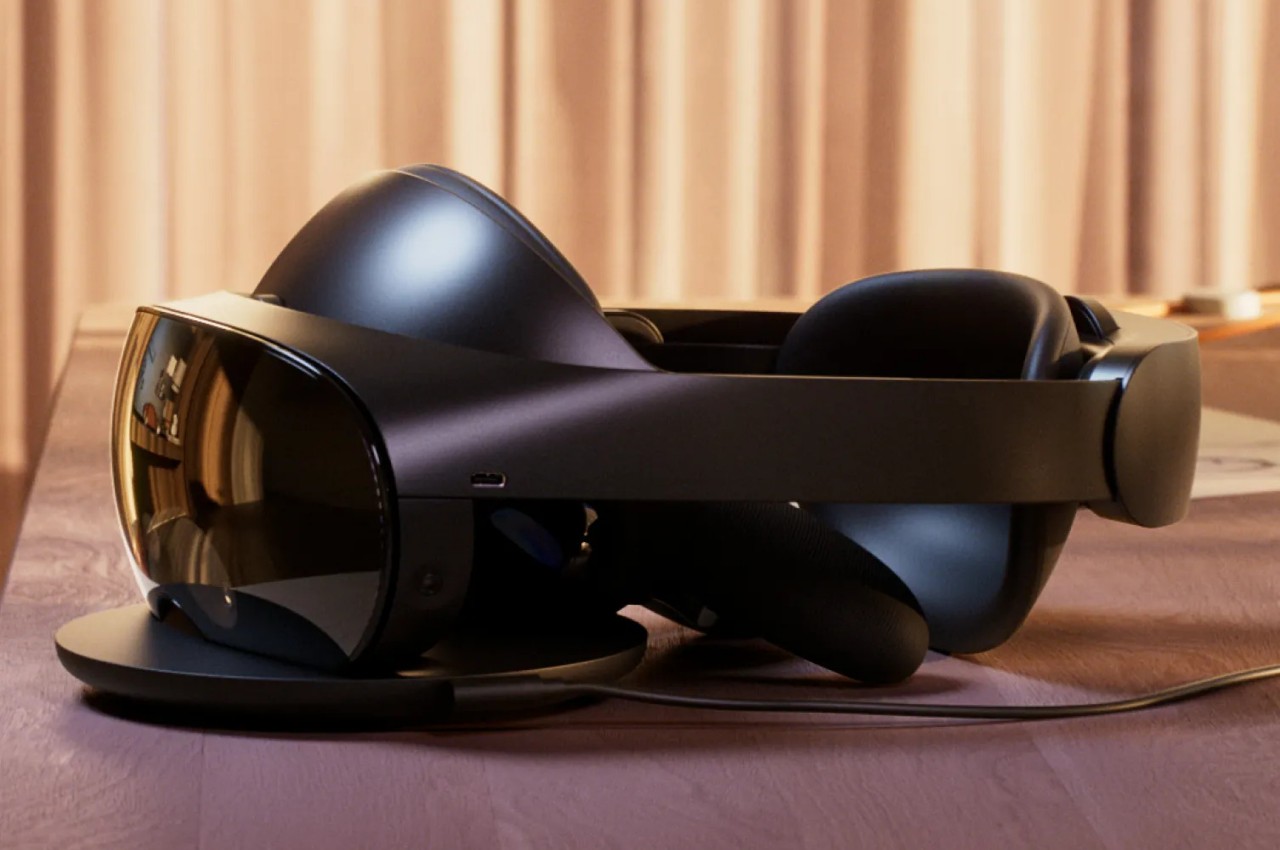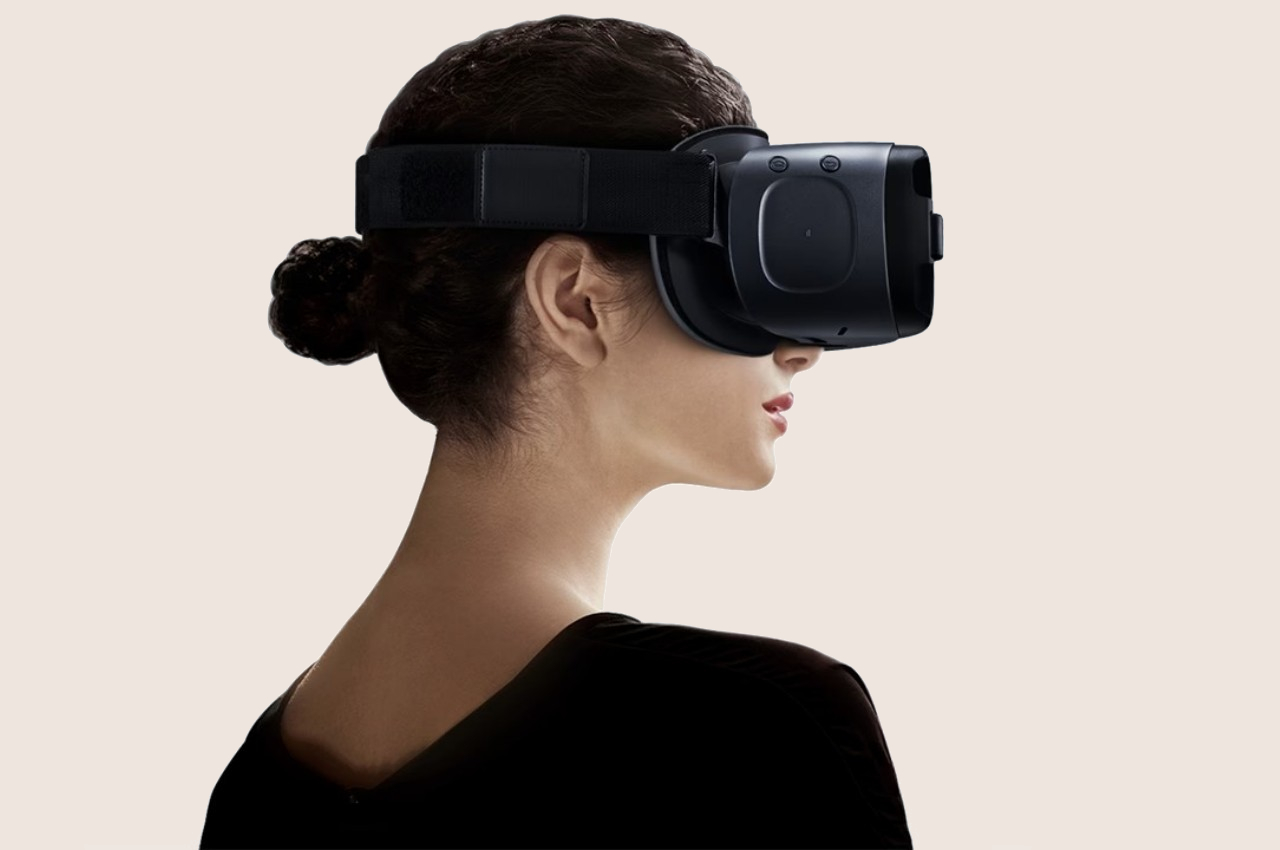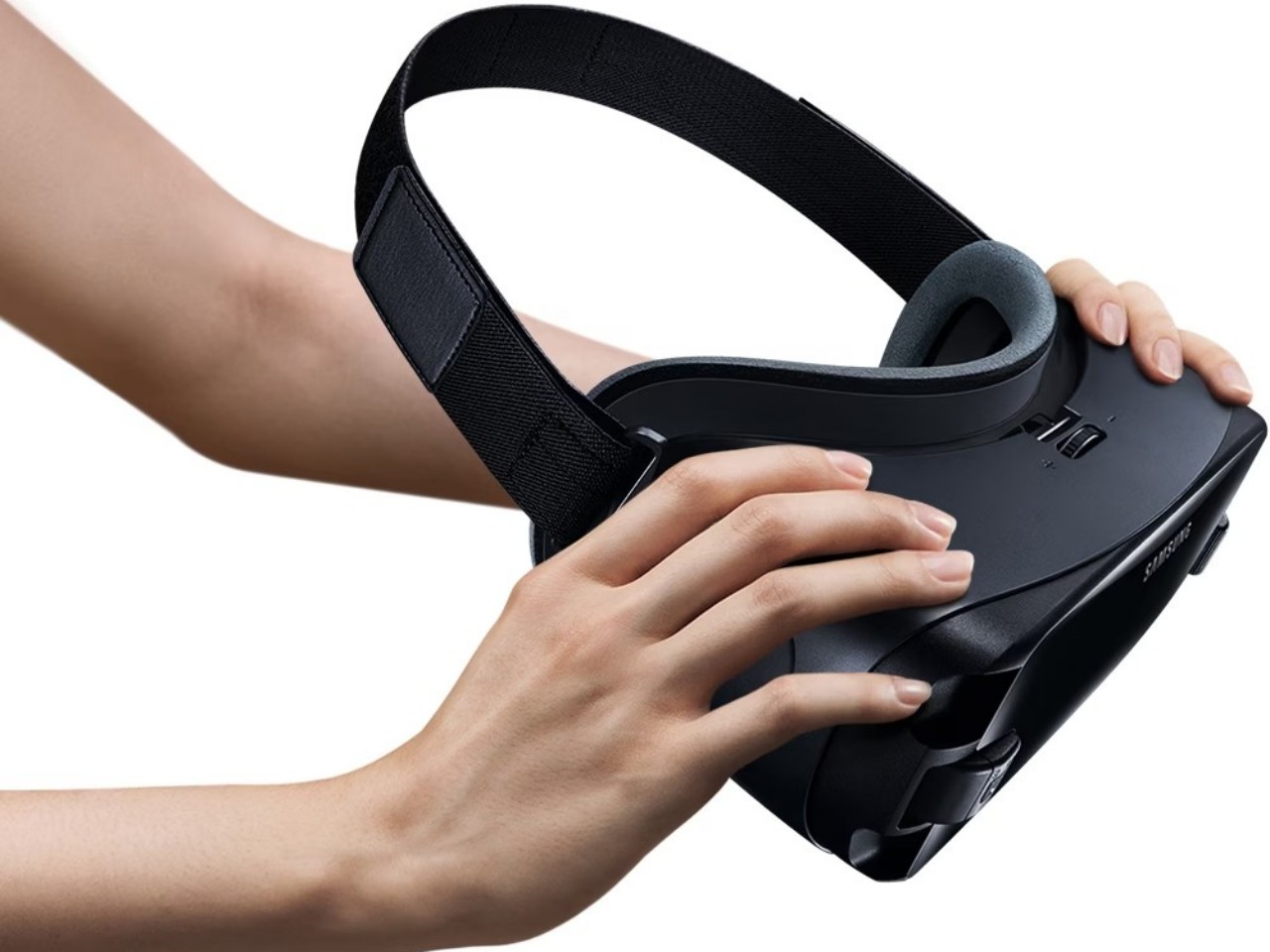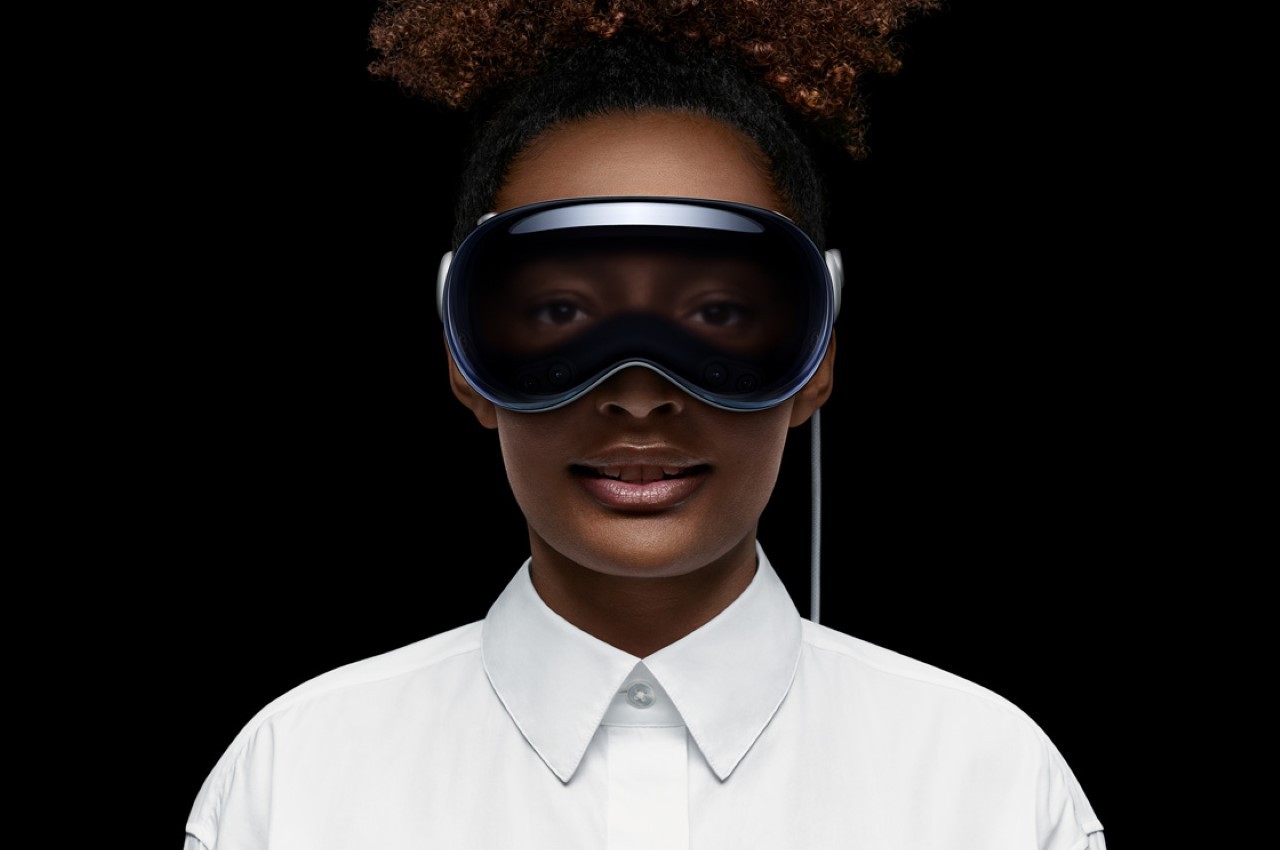![]()
The recent leaks surrounding Samsung’s Galaxy Fit 3, especially those shared by Evan Blass and Ahmed Qwaider on social platforms, have shed light on the device’s design, features, and potential launch timeline. While speculation was rife about its introduction alongside the Galaxy S24, the consistent appearance of leaked images and specifications over the past months suggests an imminent unveiling.
Designer: Samsung
![]()
According to rumors, the Galaxy Fit 3 is expected to have a 1.61-inch display, which is 46% larger. It’s speculated to feature a bright OLED screen with a resolution of 256 x 402 and a pixel density of 302ppi. This marks a notable visual clarity and detail improvement, enhancing the user experience. The device’s build quality is also upgraded with an aluminum case, ensuring durability, an IP68 rating for dust and water resistance, and a lightweight silicon wristband at just 21.39g, combining comfort and resilience.
![]()
Battery life stands out as a key feature, with rumors pointing to an ultra-long battery life of up to 21 days on a single charge, surpassing the Galaxy Fit 2’s 15-day battery life and offering a significant advantage over the typical battery life of Samsung’s Wear OS-based Galaxy Watches. While the Galaxy Fit 3 may forego wireless charging, the extended battery life presents a compelling trade-off for users prioritizing longevity over convenience. A new and potentially significant feature being introduced on a Samsung fitness band for the first time is a blood oxygen level or SpO2 sensor.
![]()
The device is anticipated to come in three colors: Grey, Pink, Gold, and Silver, catering to diverse personal styles. It’s expected to be equipped with an array of sensors, including an accelerometer, gyro, and heart rate monitor, alongside sleep-tracking capabilities. The inclusion of GPS remains uncertain, leaving room for speculation about the device’s navigational features.
![]()
Pricing rumors suggest an attractive $80 price point, positioning the Galaxy Fit 3 as an accessible option for fitness enthusiasts seeking a blend of style, functionality, and endurance in their wearable devices. This combination of features and the device’s focus on health and fitness tracking solidifies the Galaxy Fit 3’s place within Samsung’s wearable lineup, offering a fresh alternative to the more comprehensive Galaxy Watch series and promising several advancements in design, display, and battery life.
![]()
Samsung fans and tech enthusiasts appear to be super hyped about the upcoming Galaxy Fit 3. It’s going to be the perfect fitness companion, packed with all the latest tech from Samsung and designed with fitness enthusiasts in mind. So stay tuned for more details!
![]()
The post Galaxy Fit 3 leaked fitness tracker boasts an ultra-long battery life and advanced features first appeared on Yanko Design.
